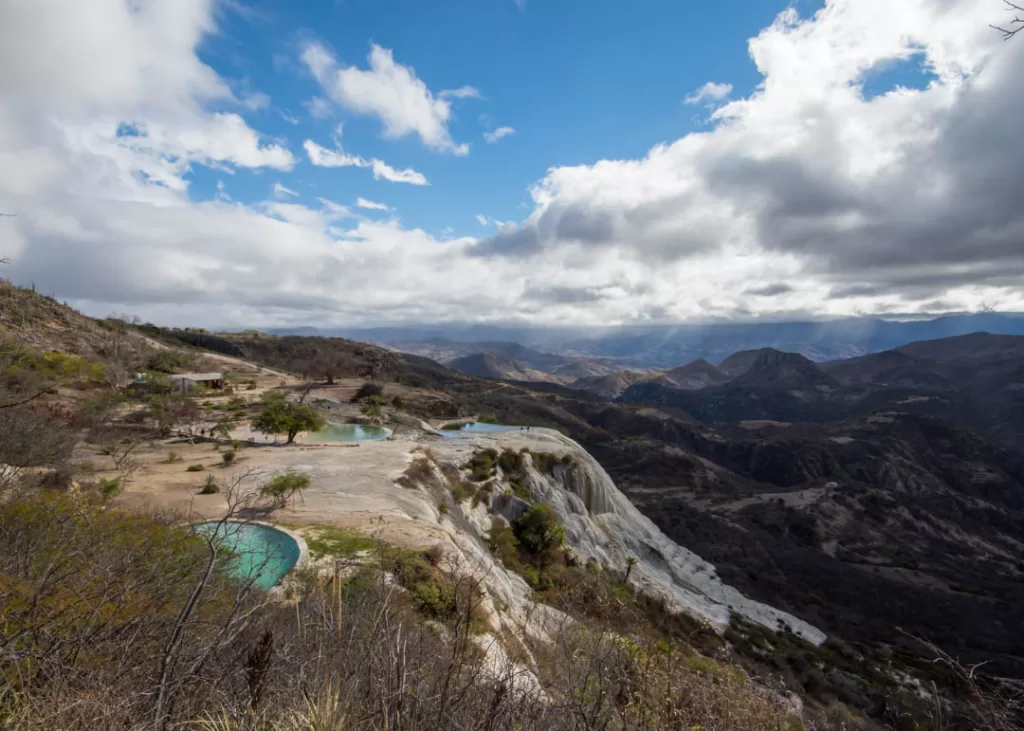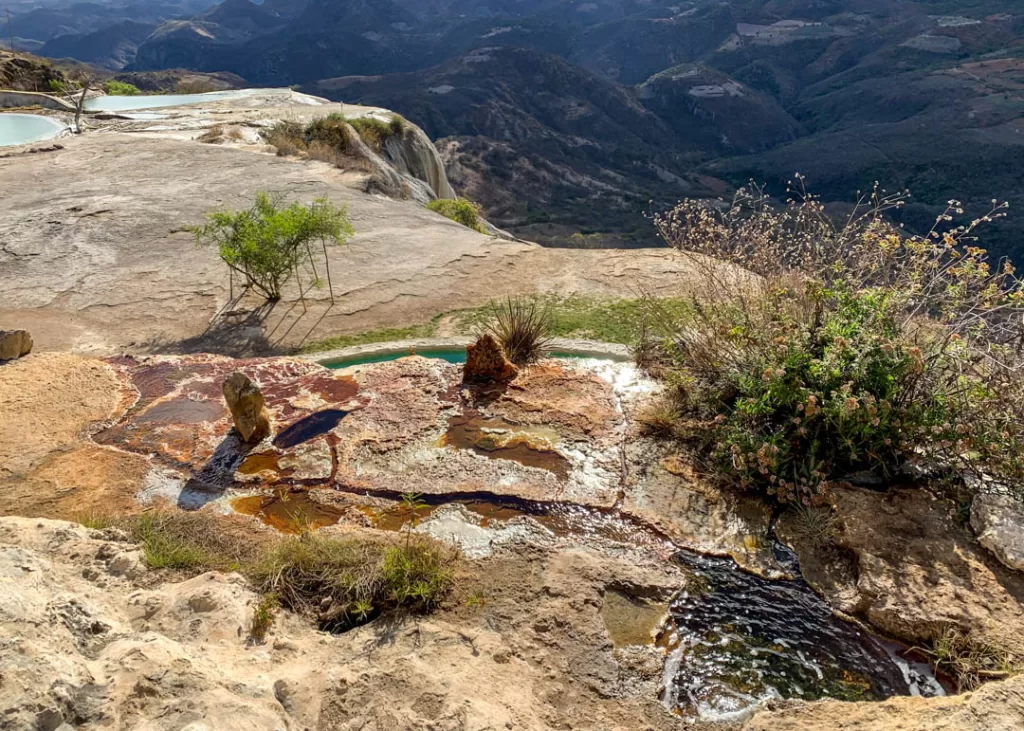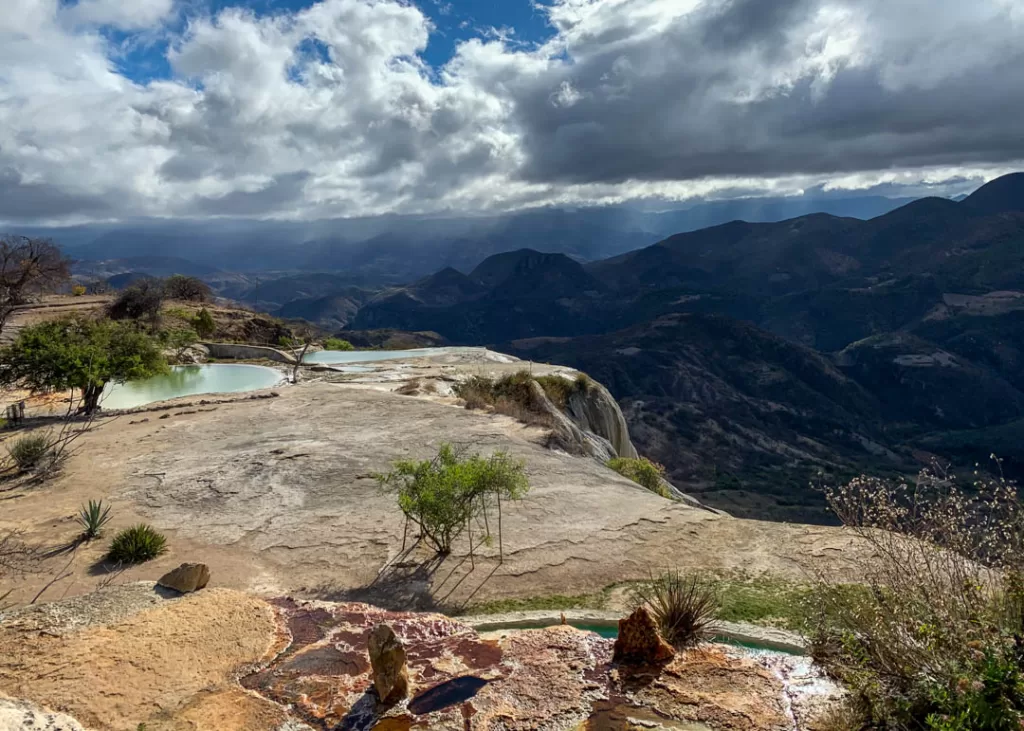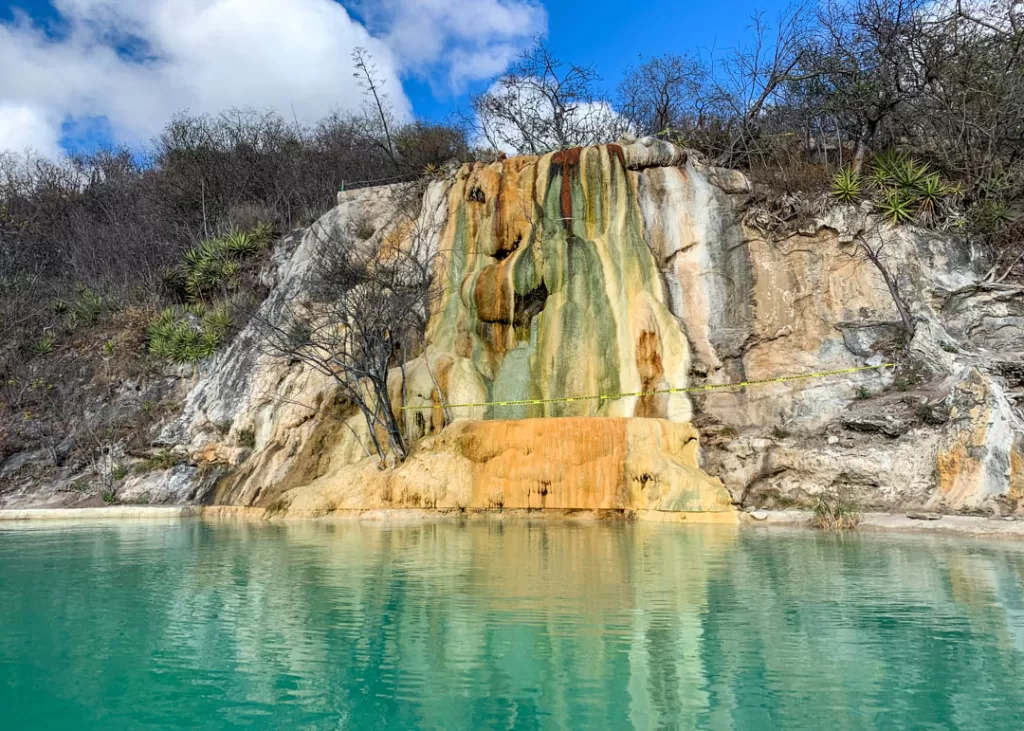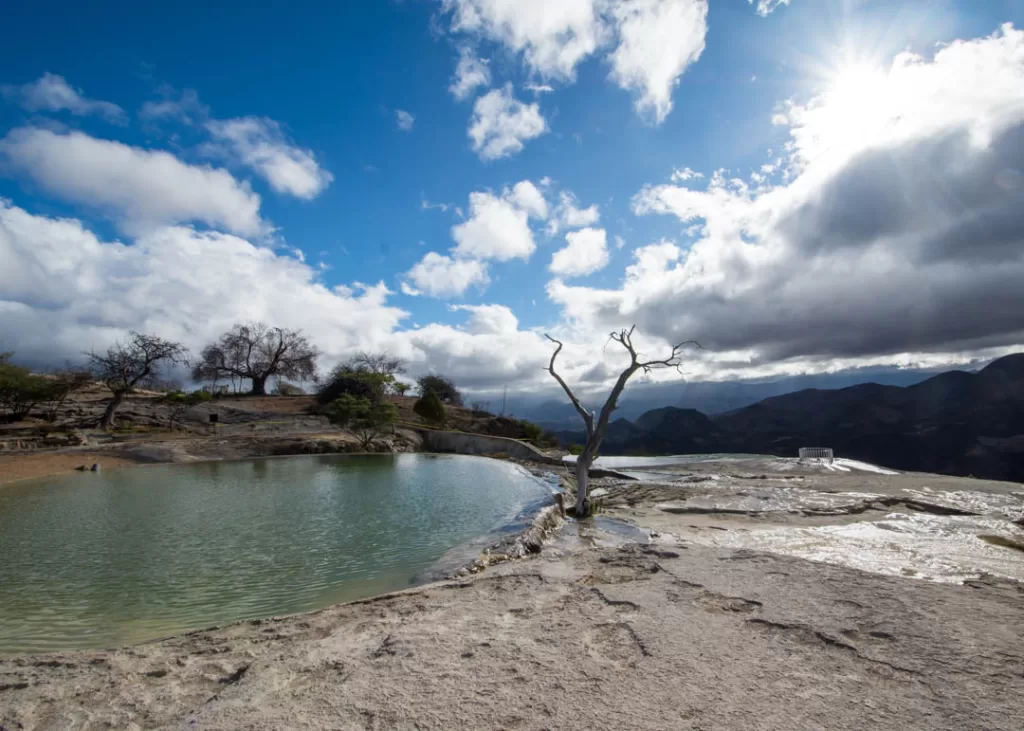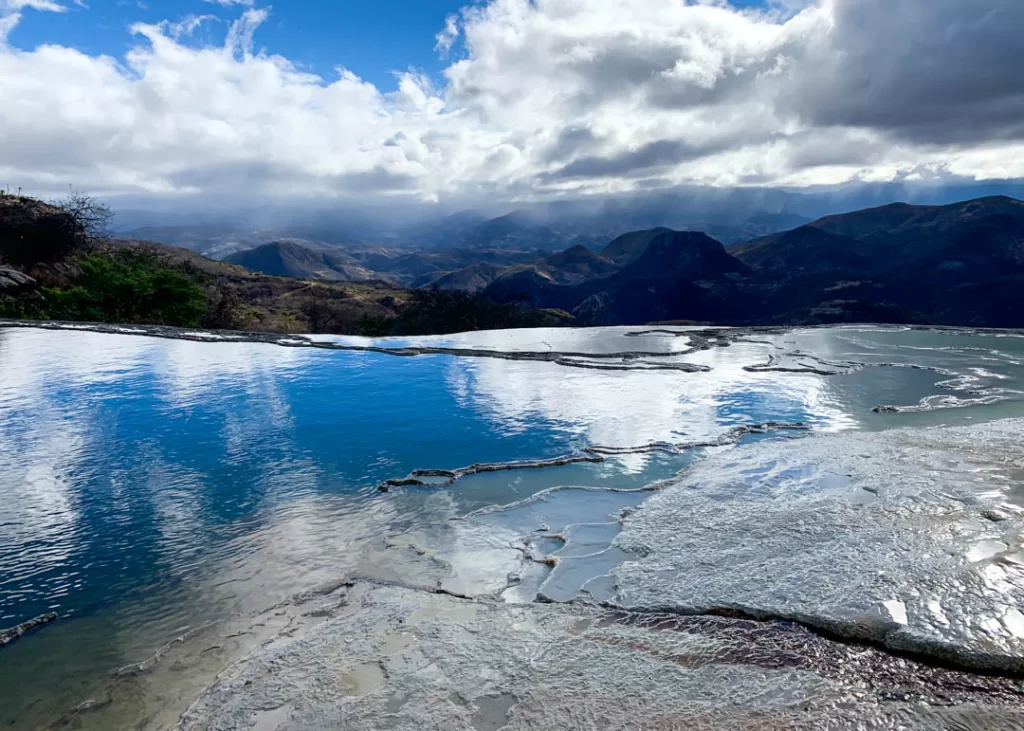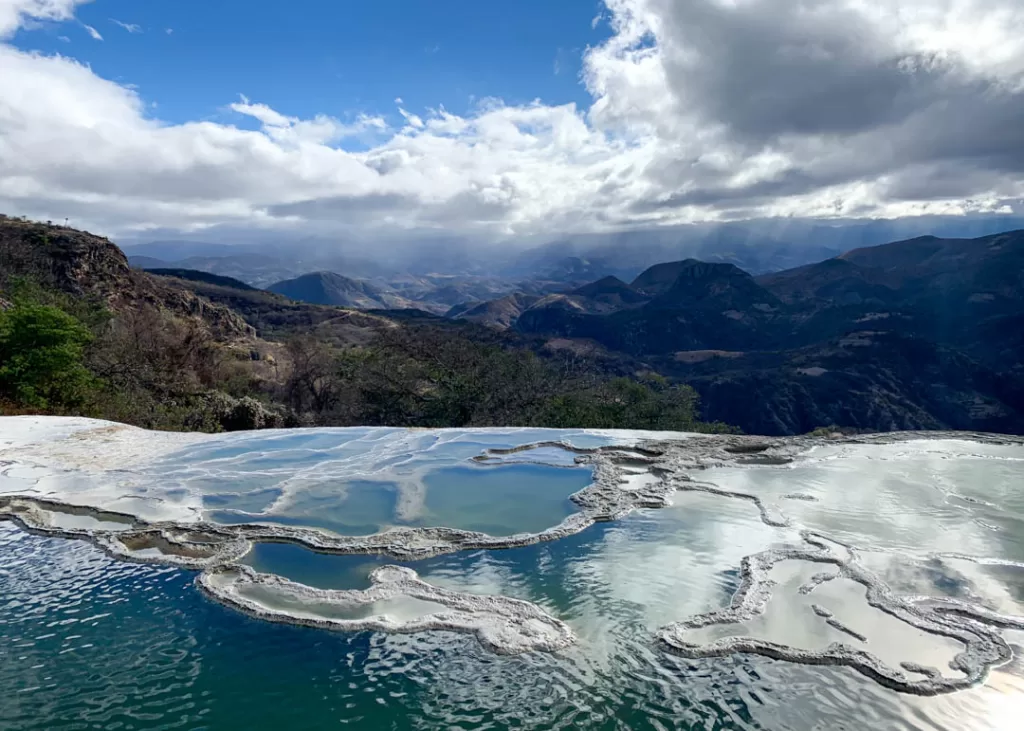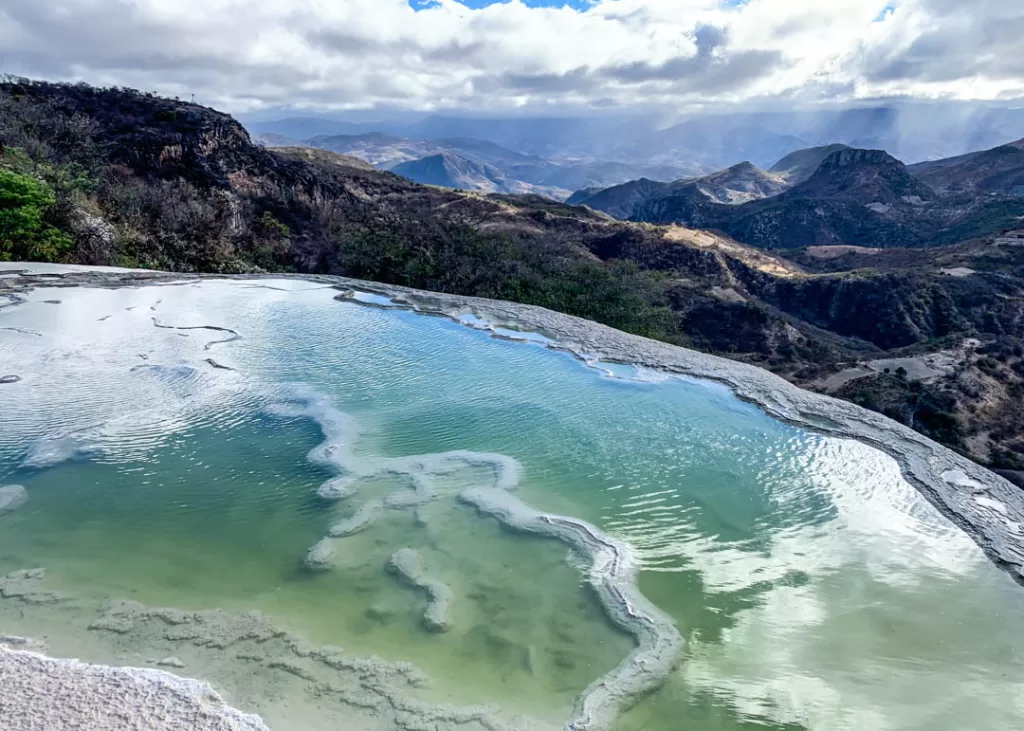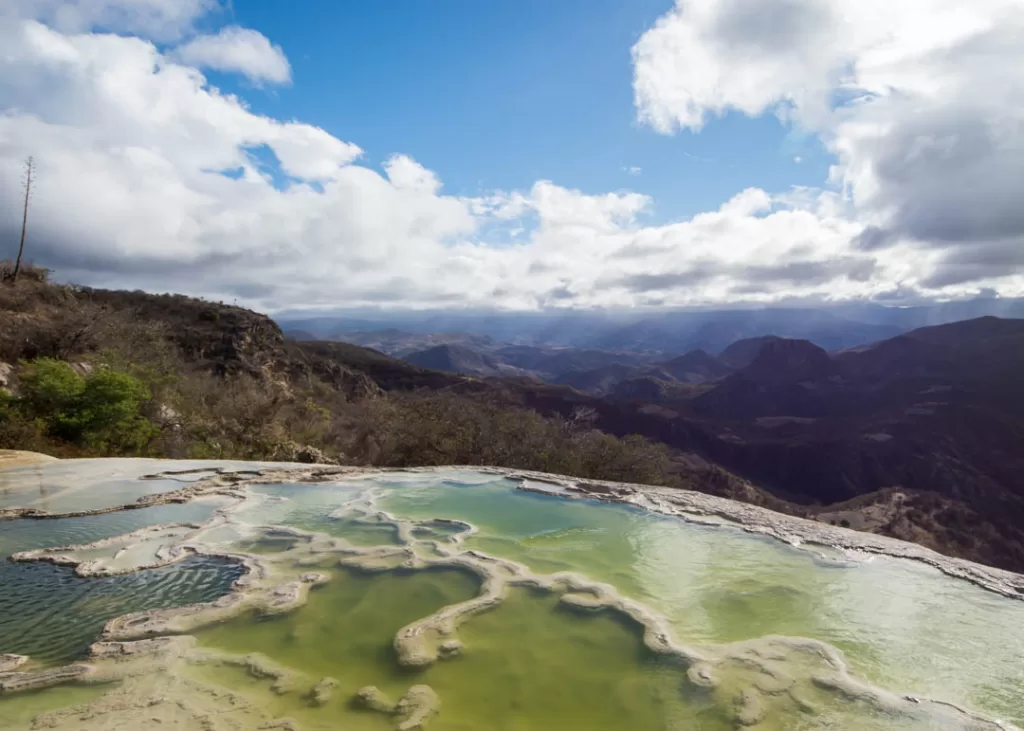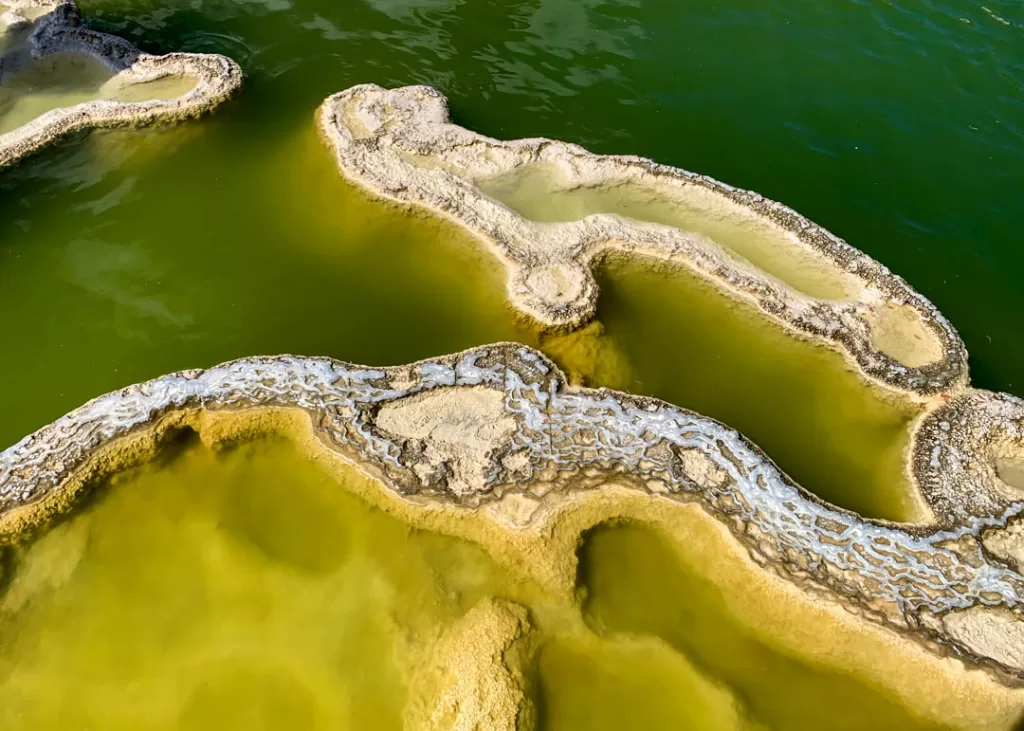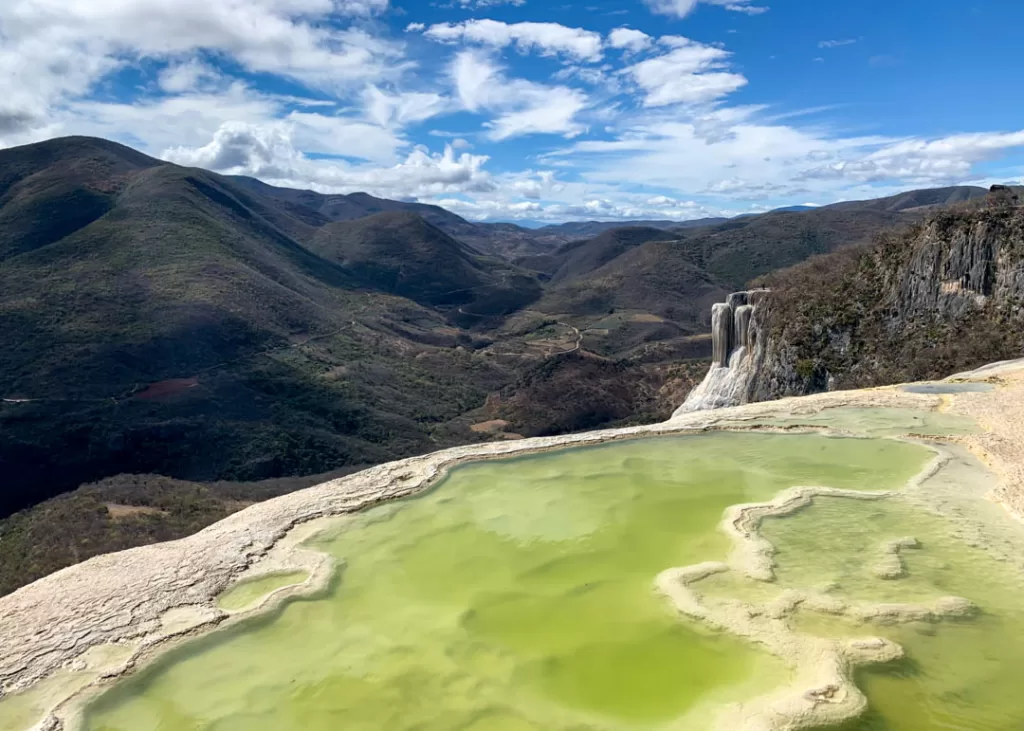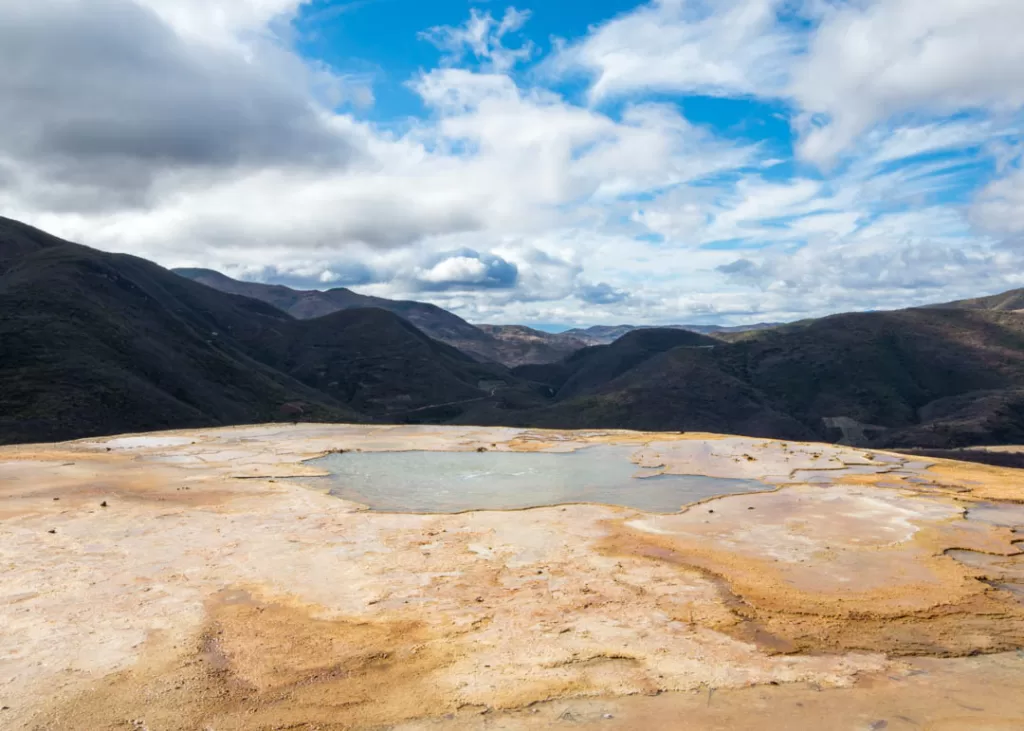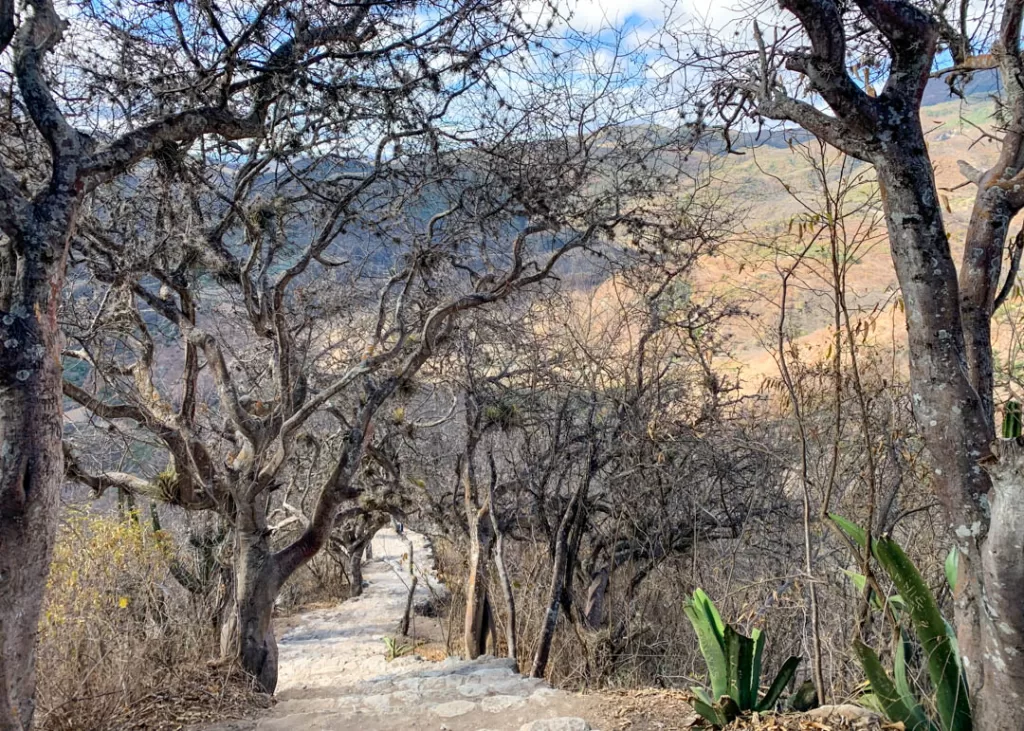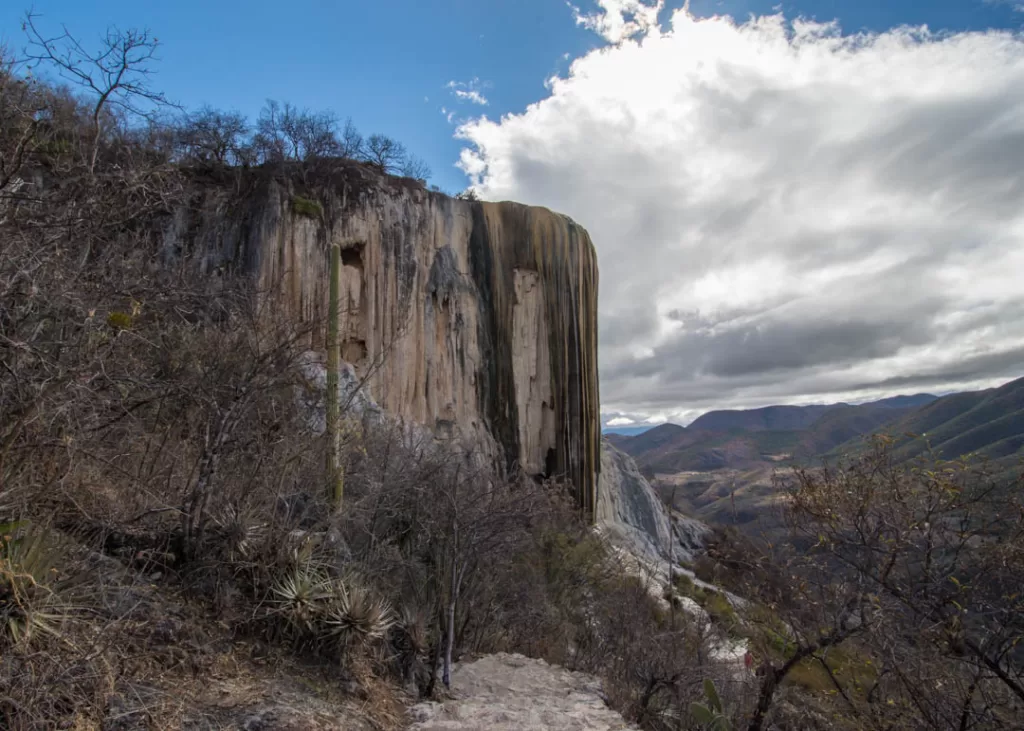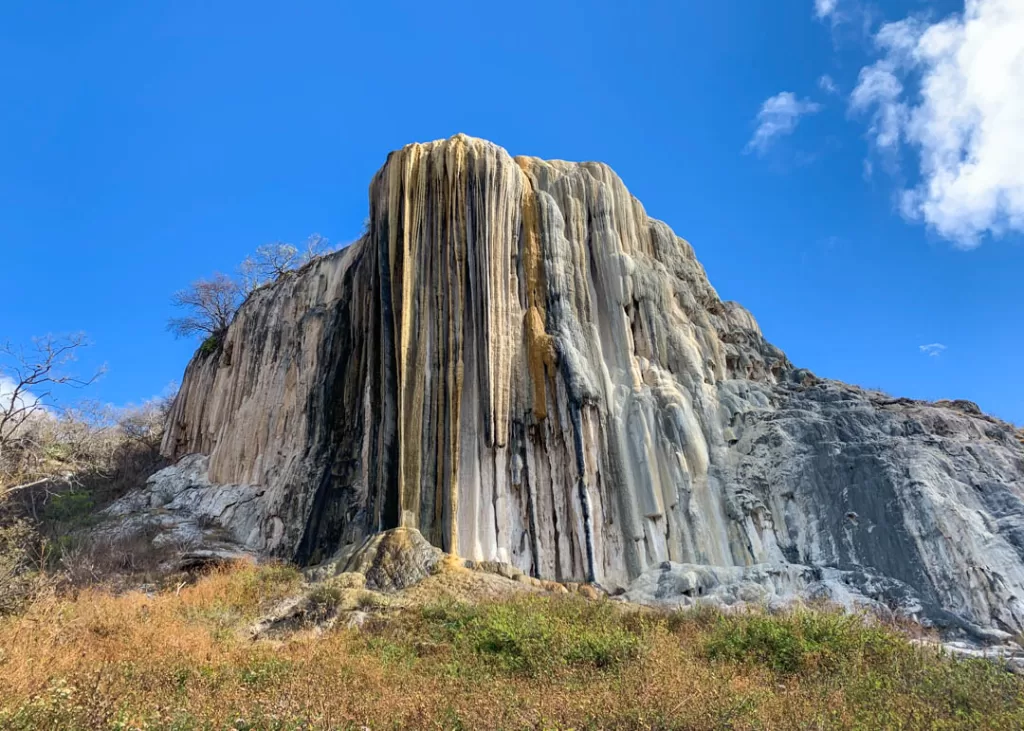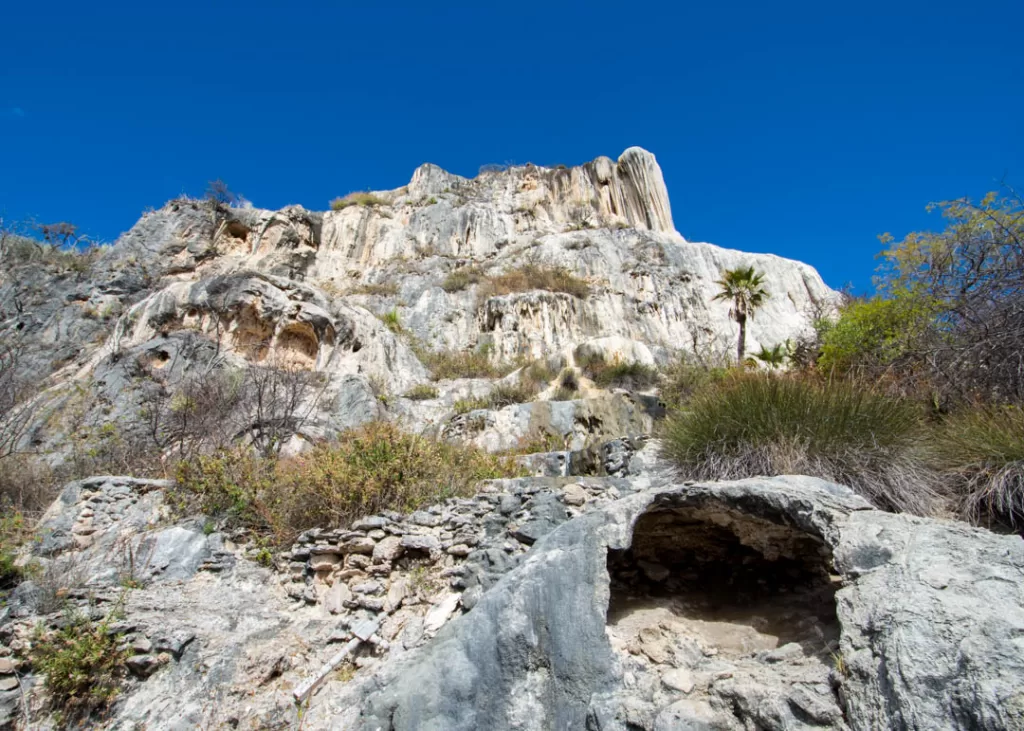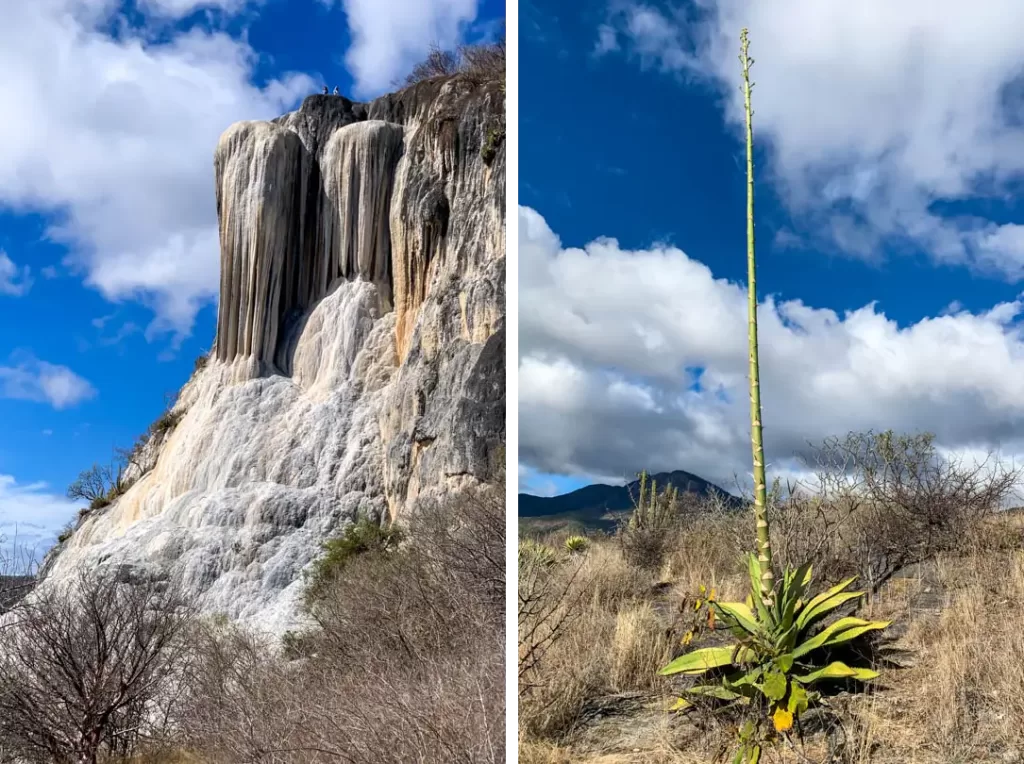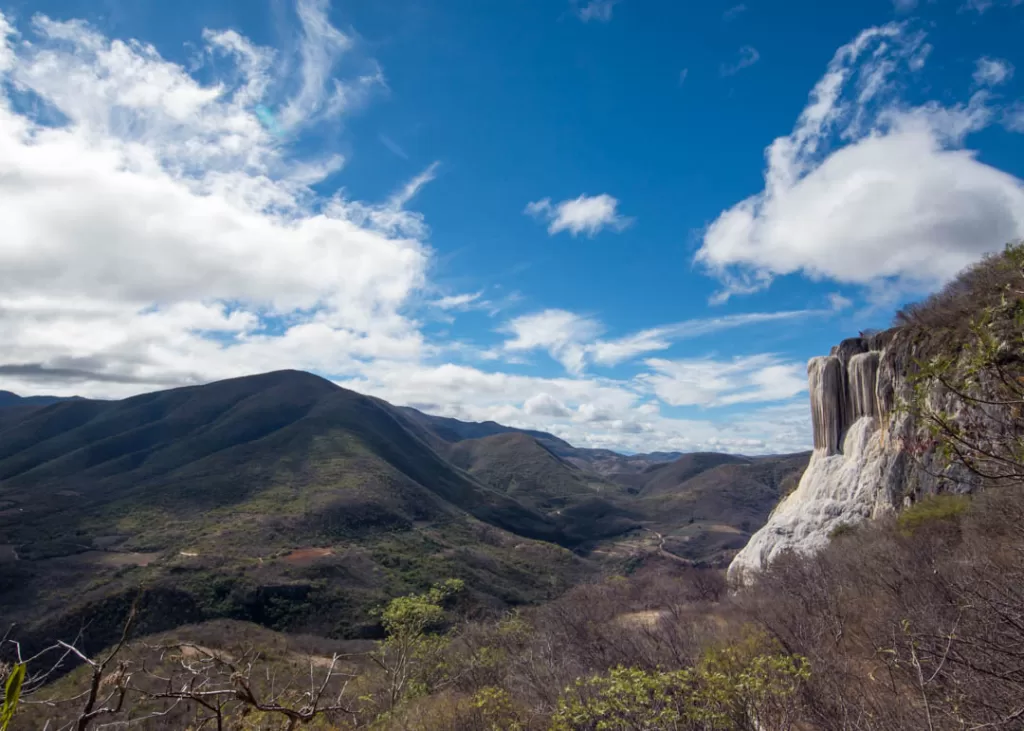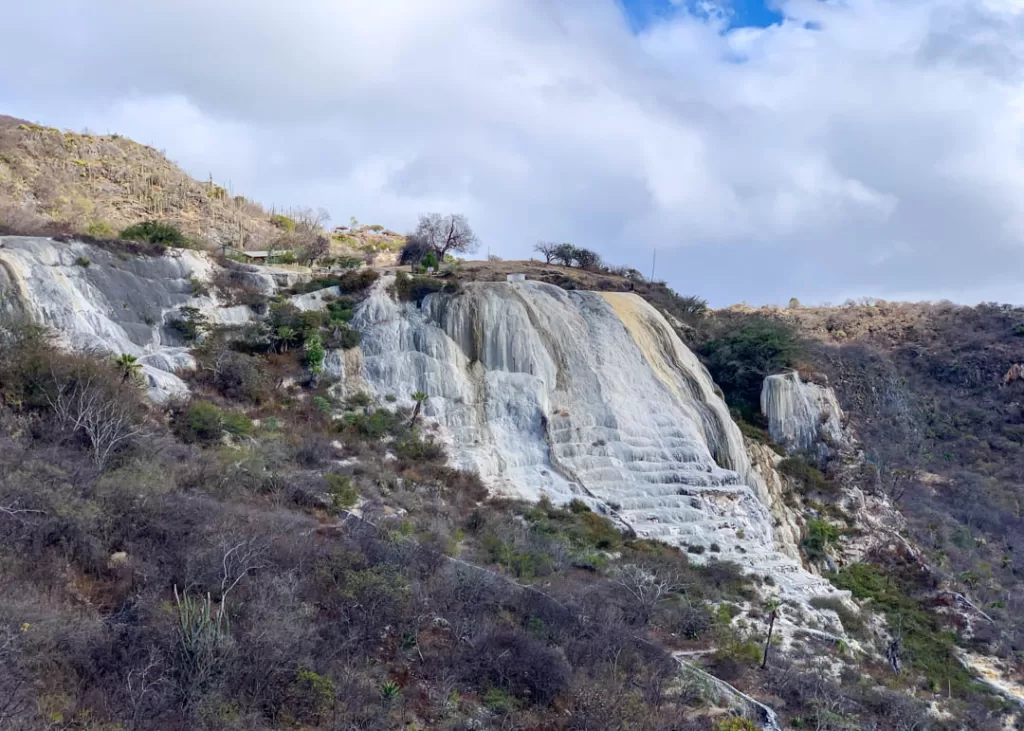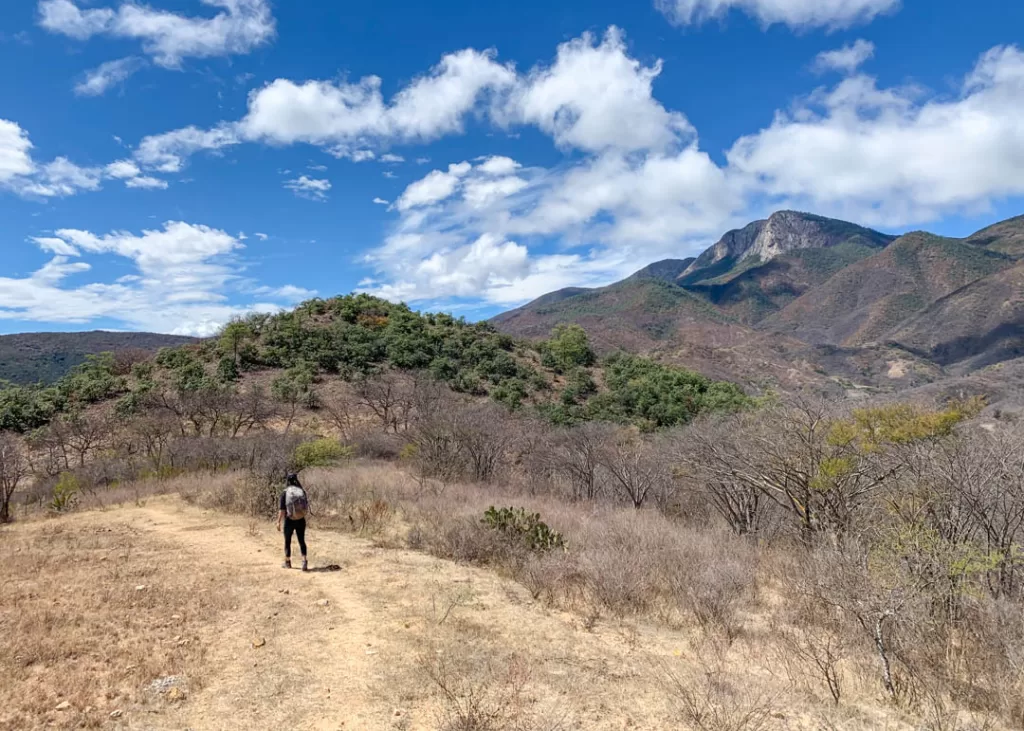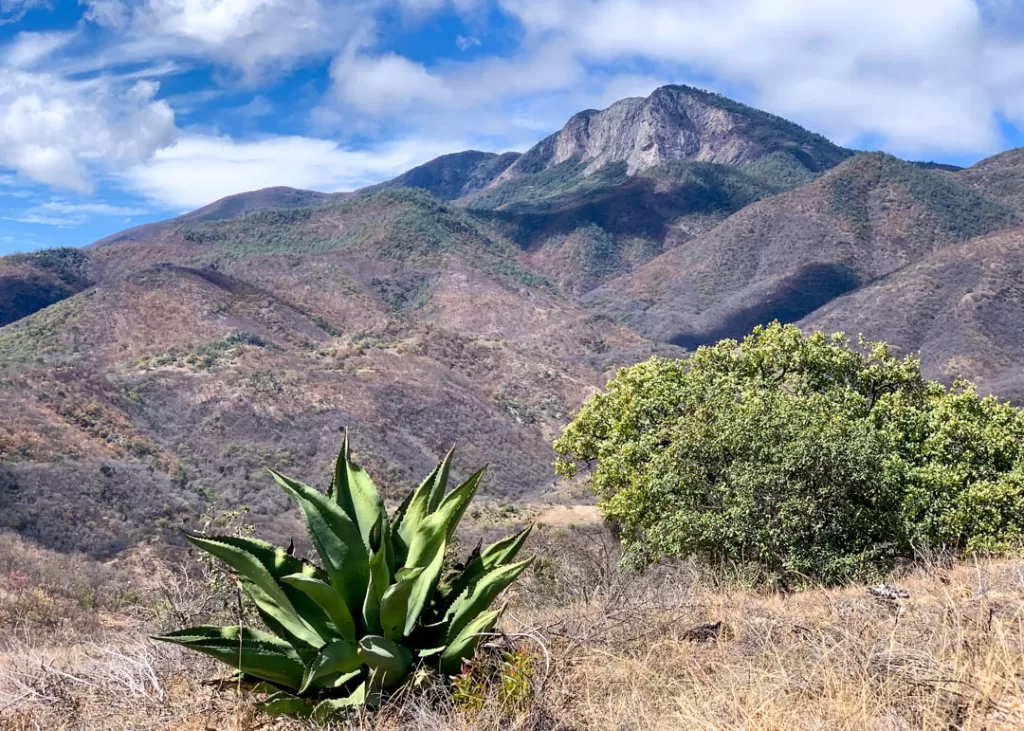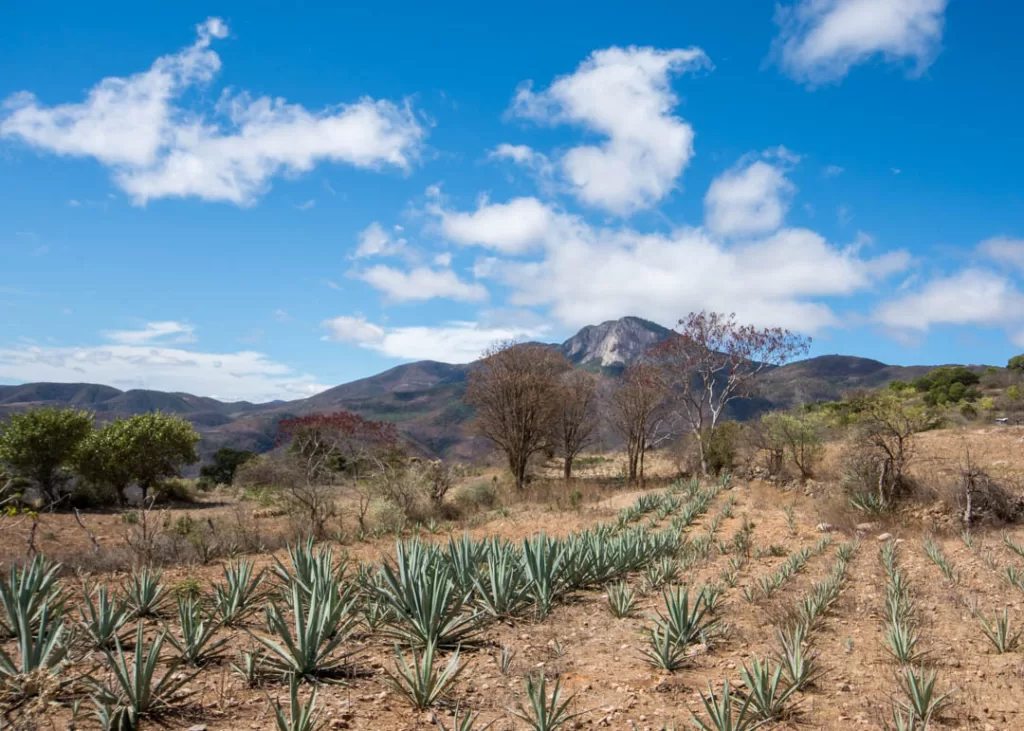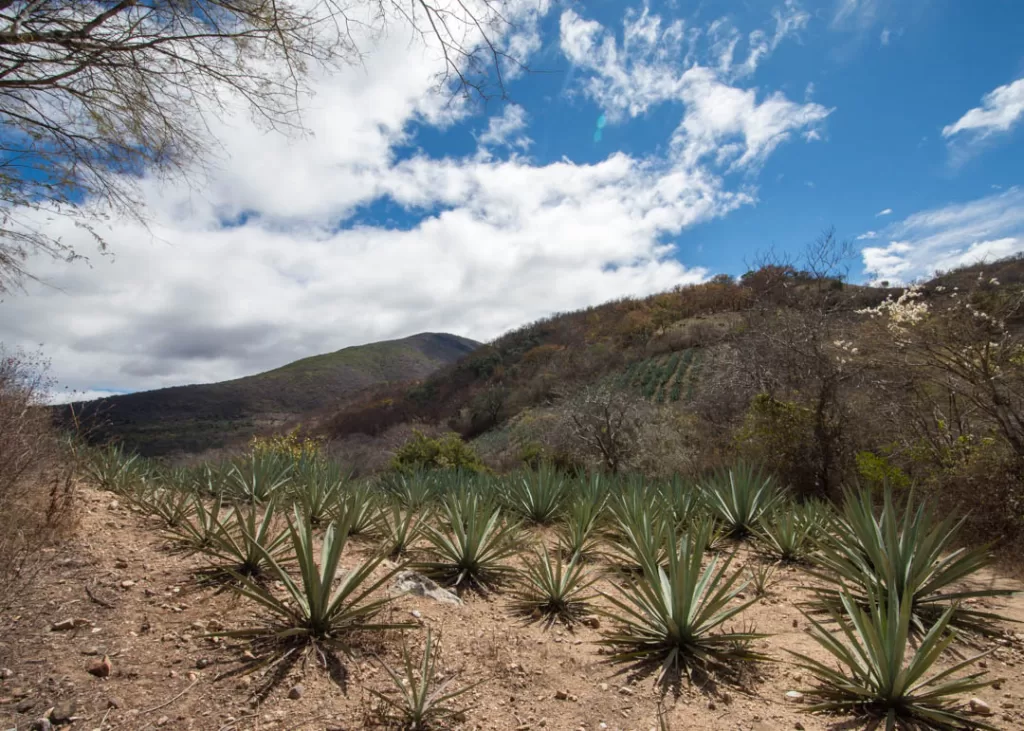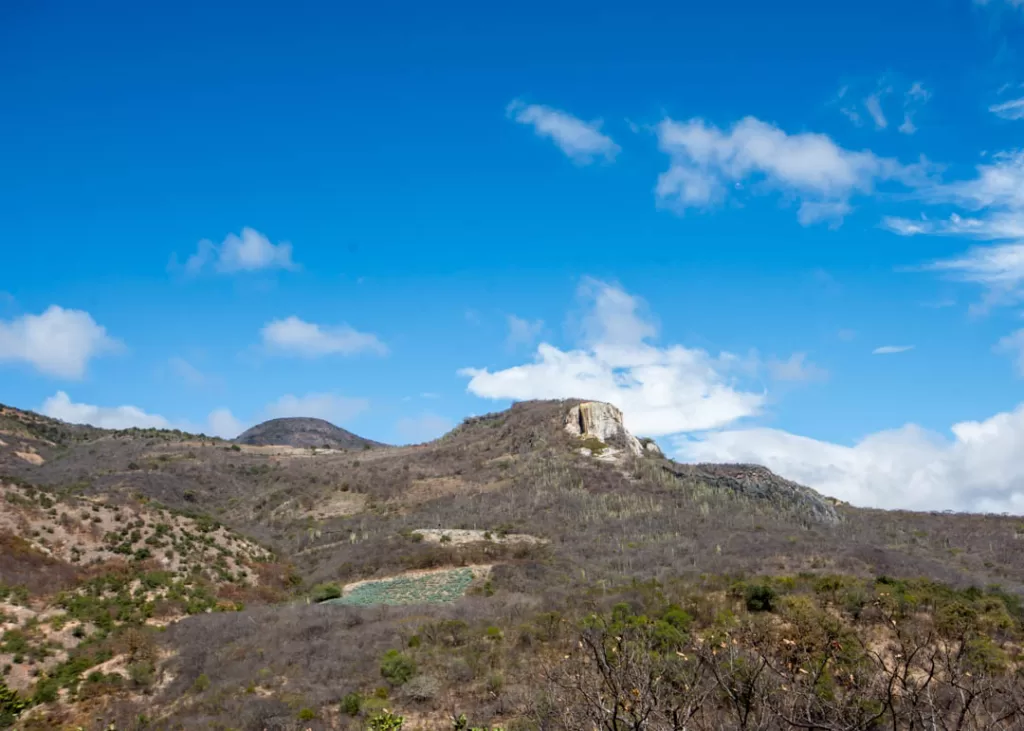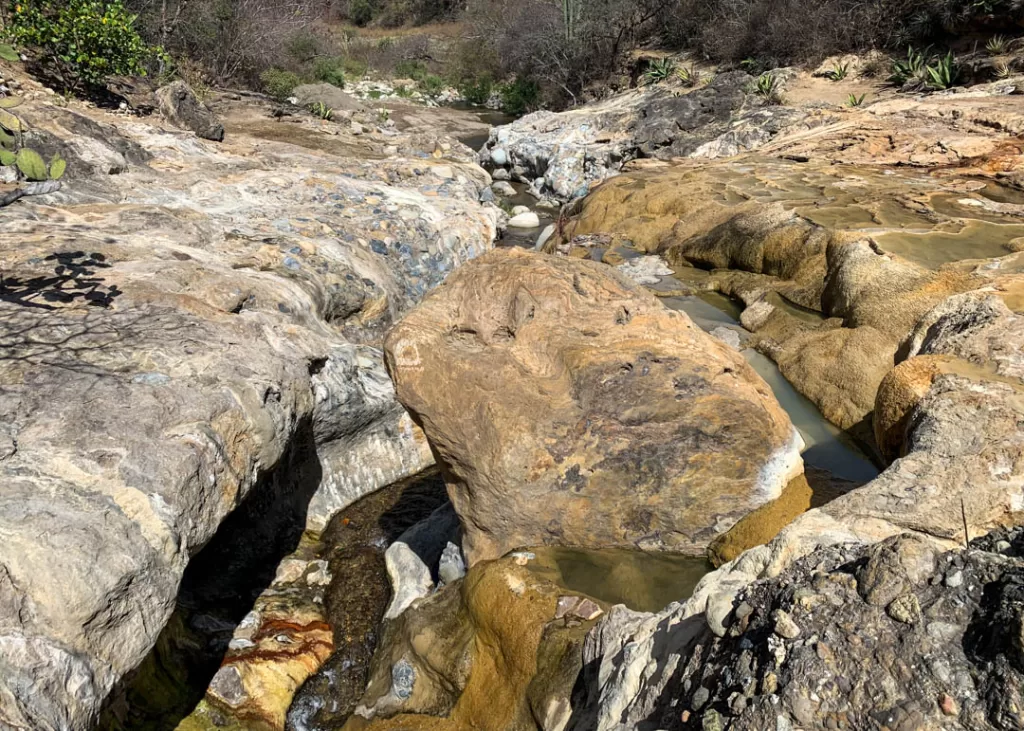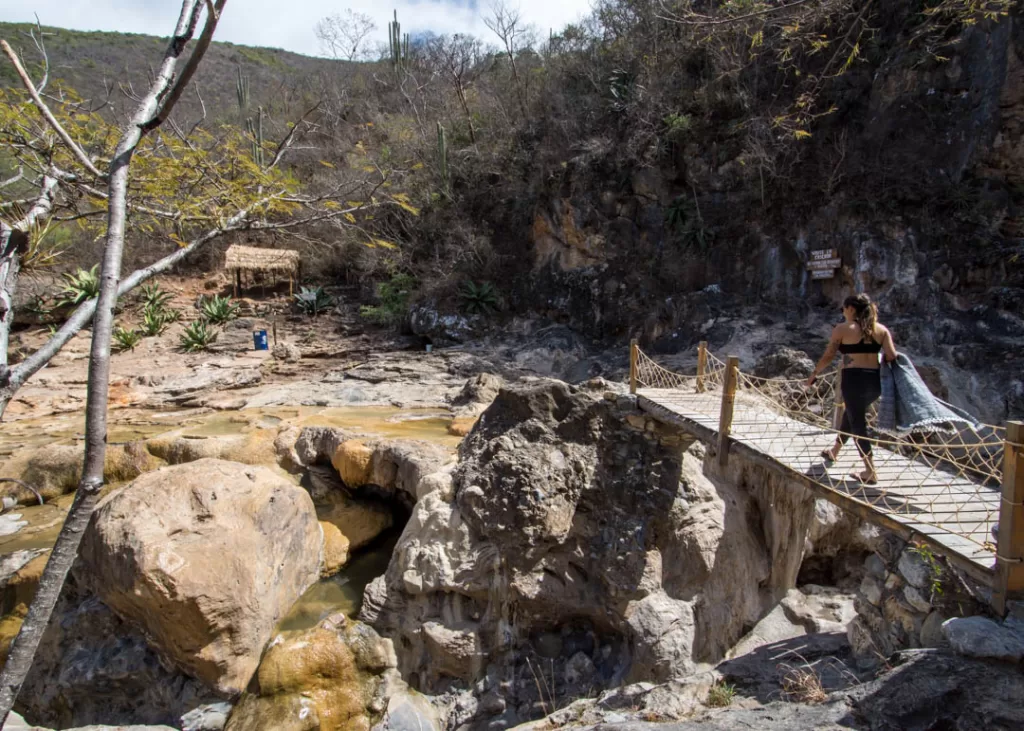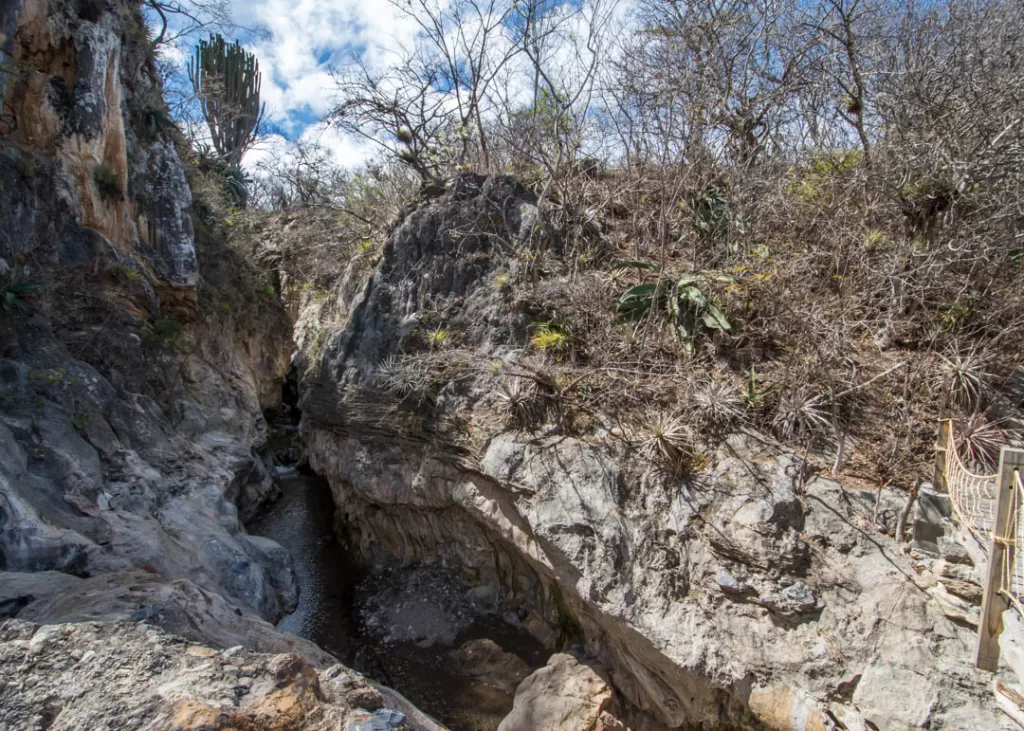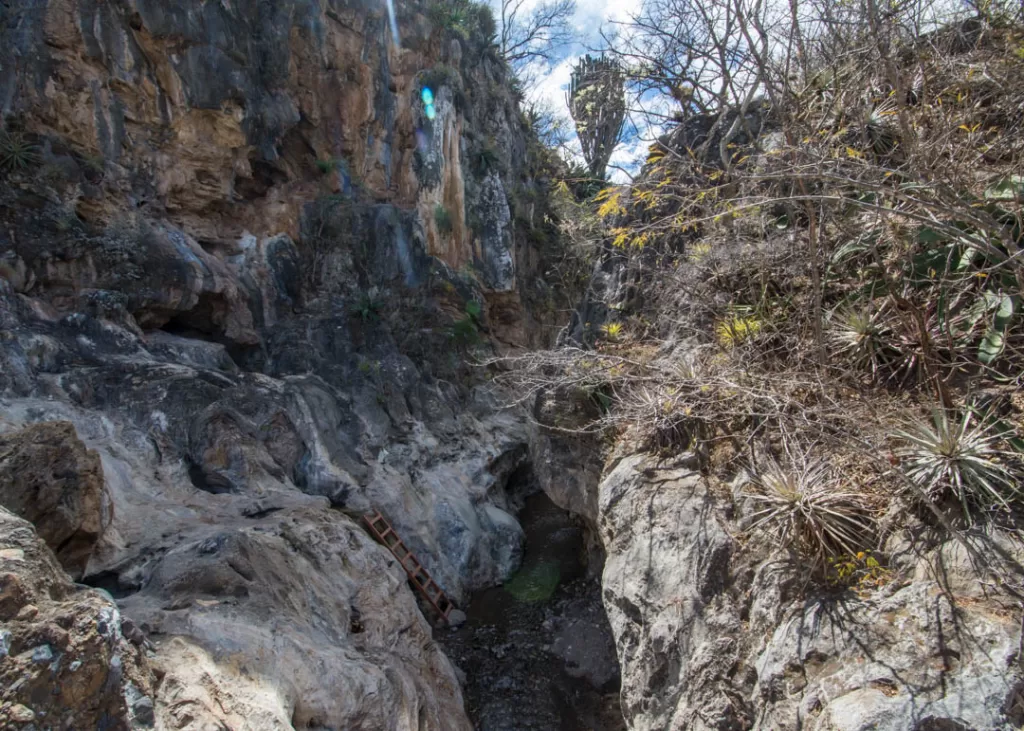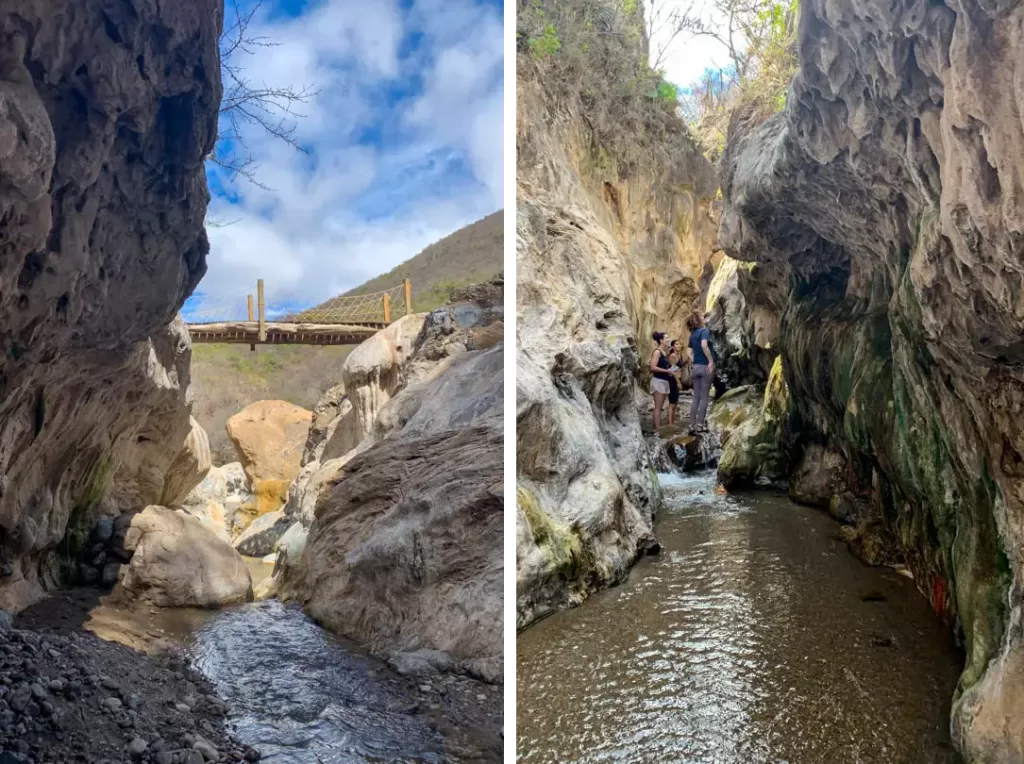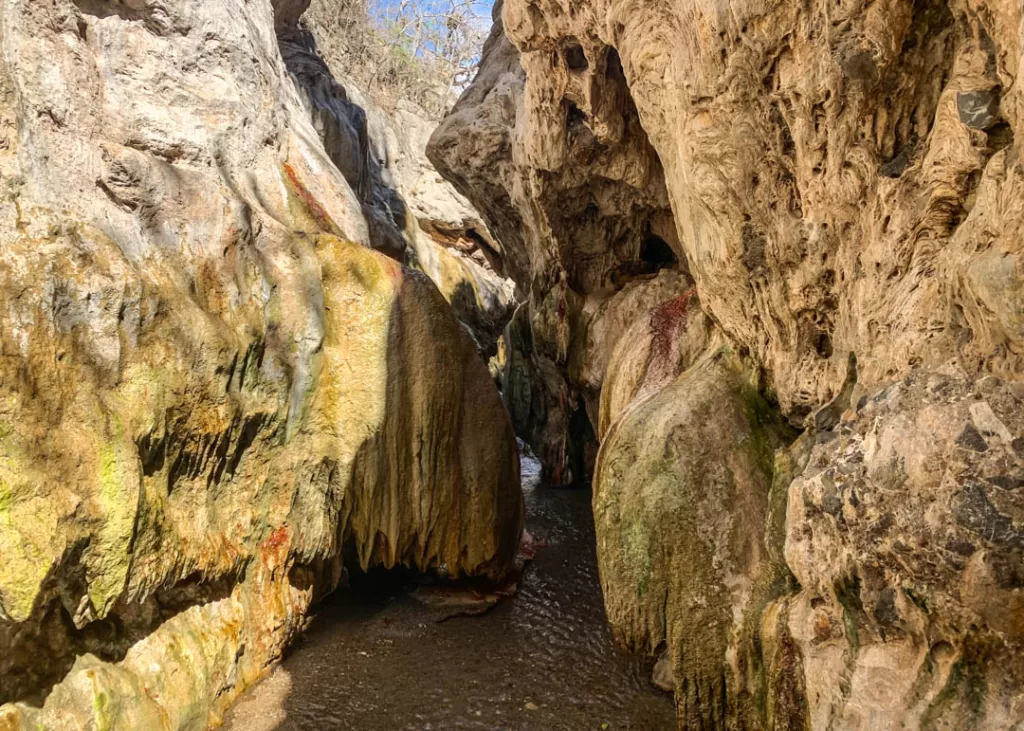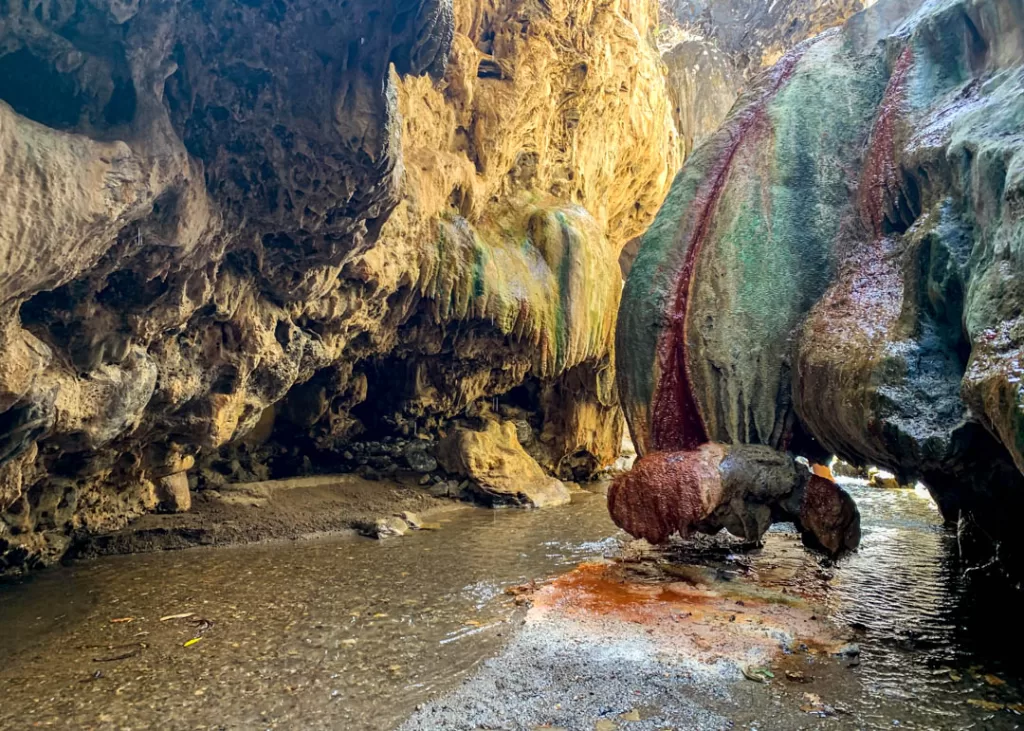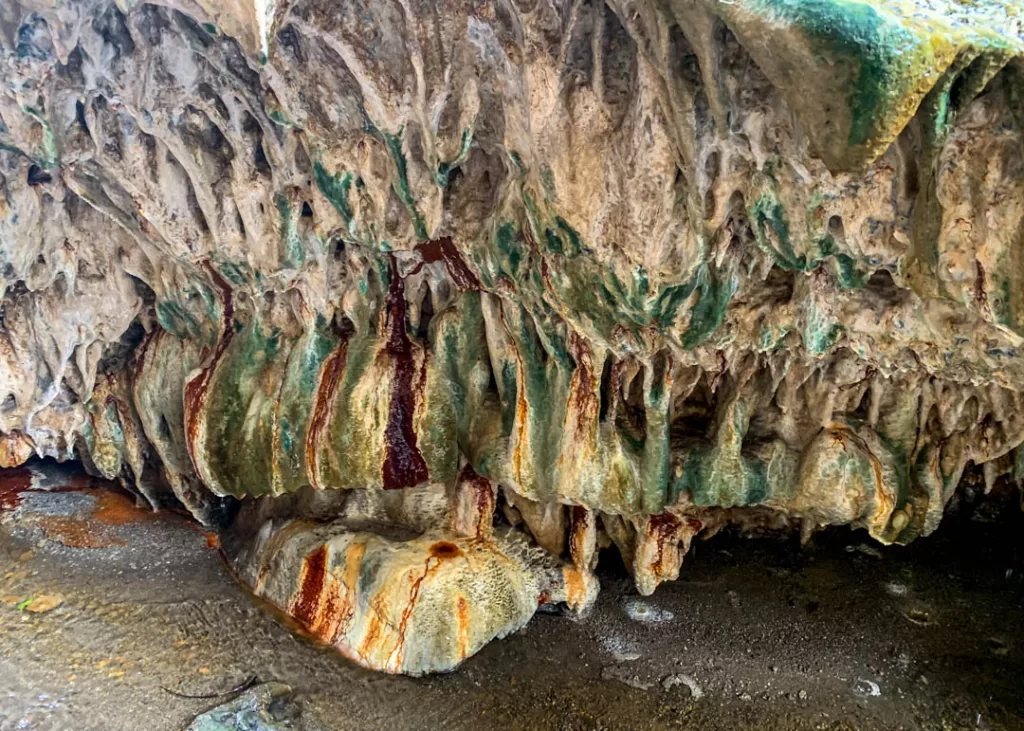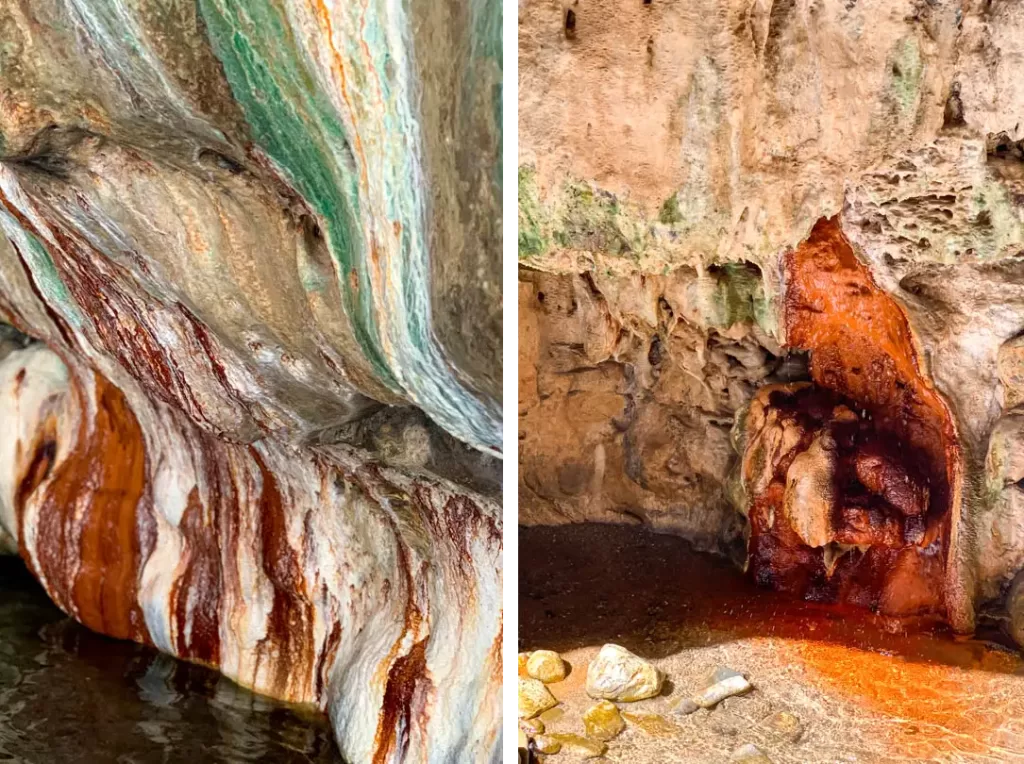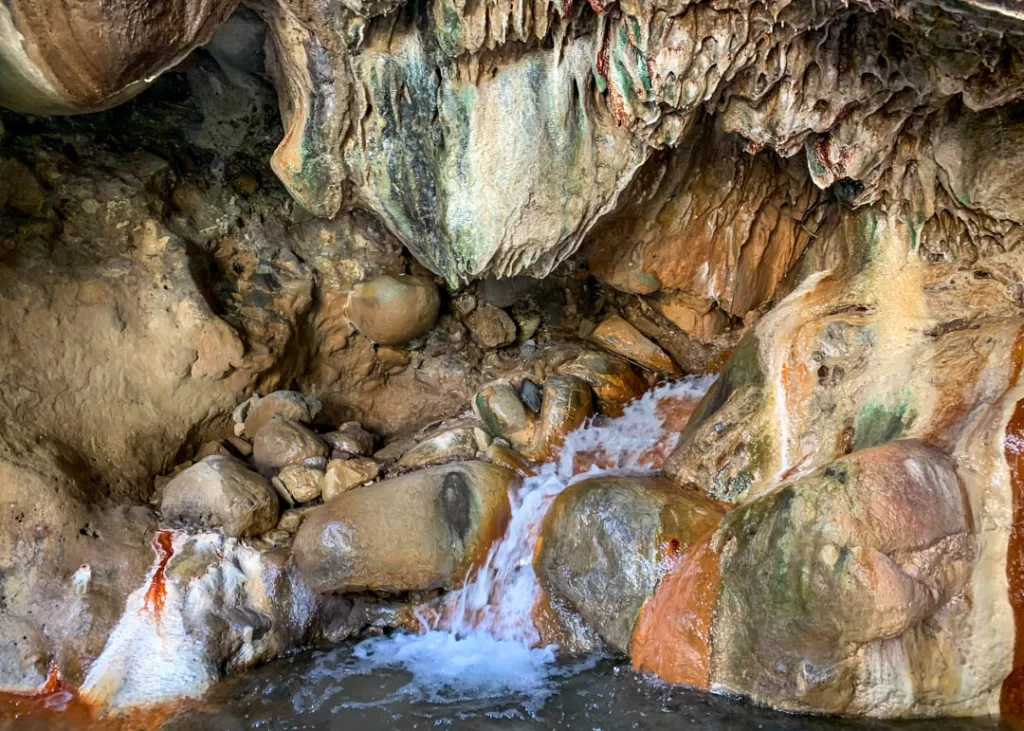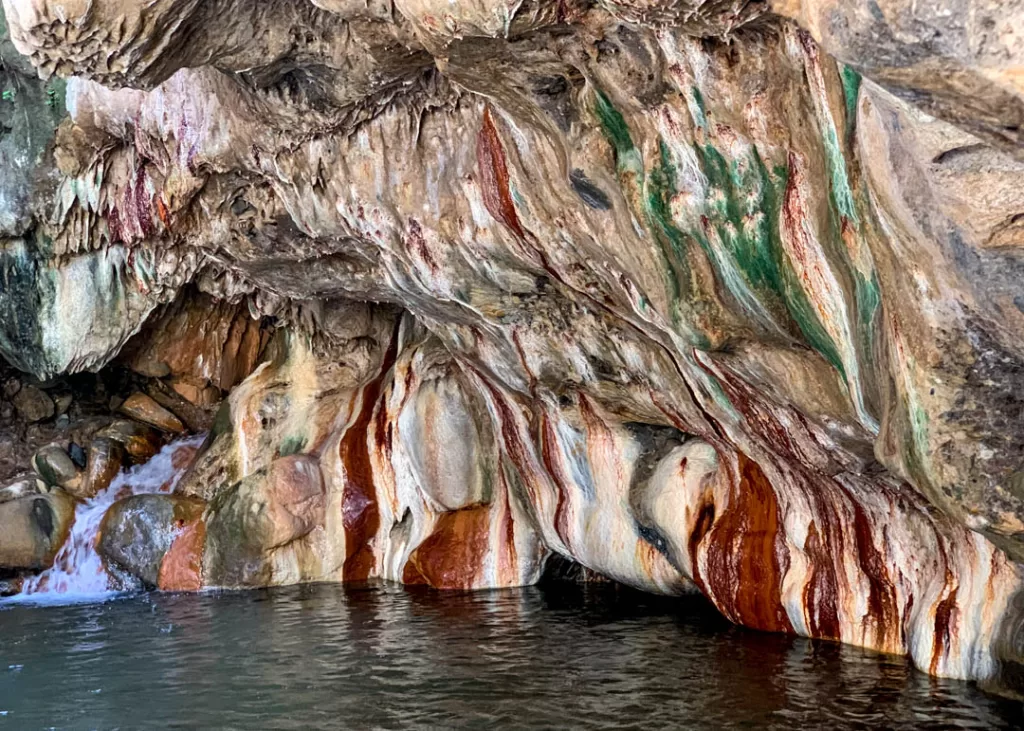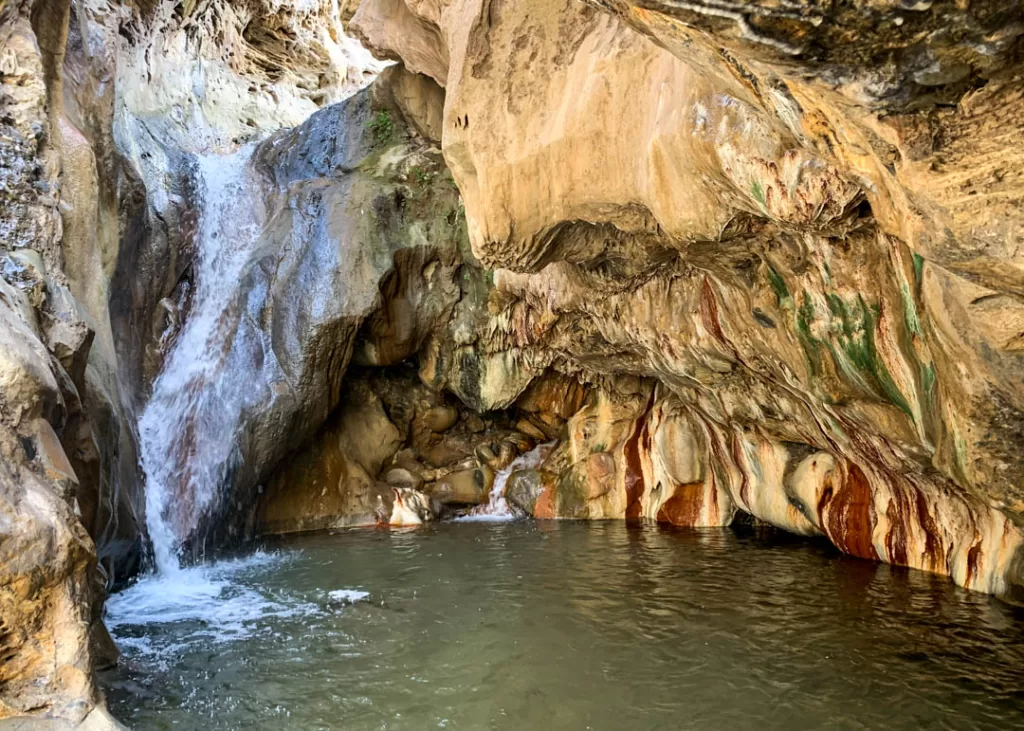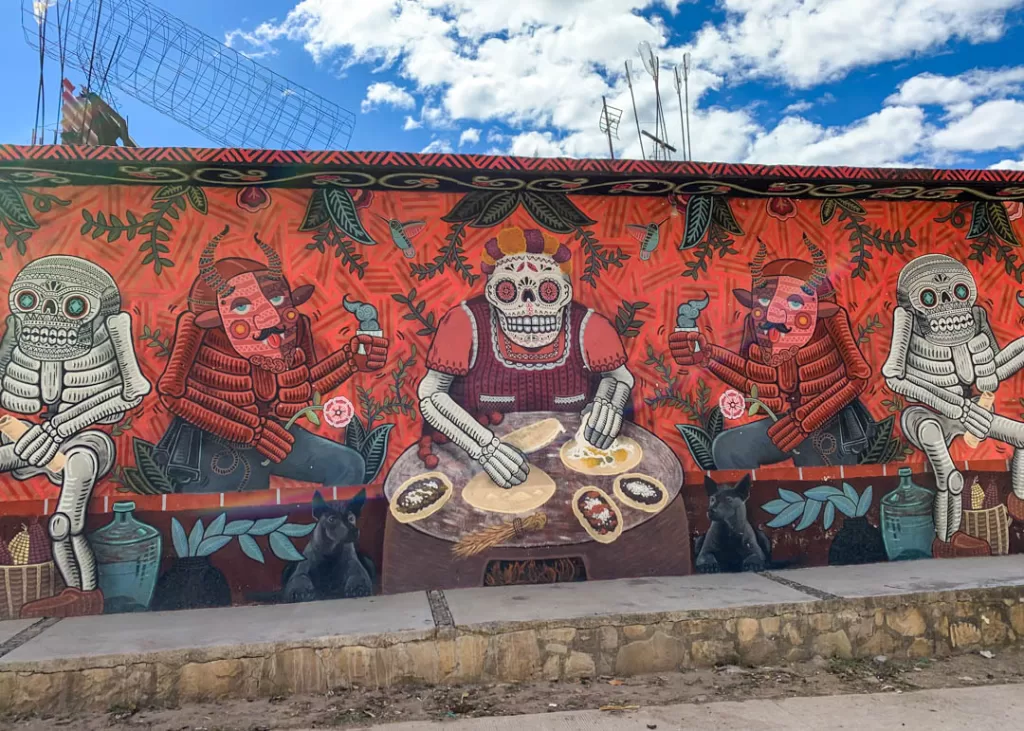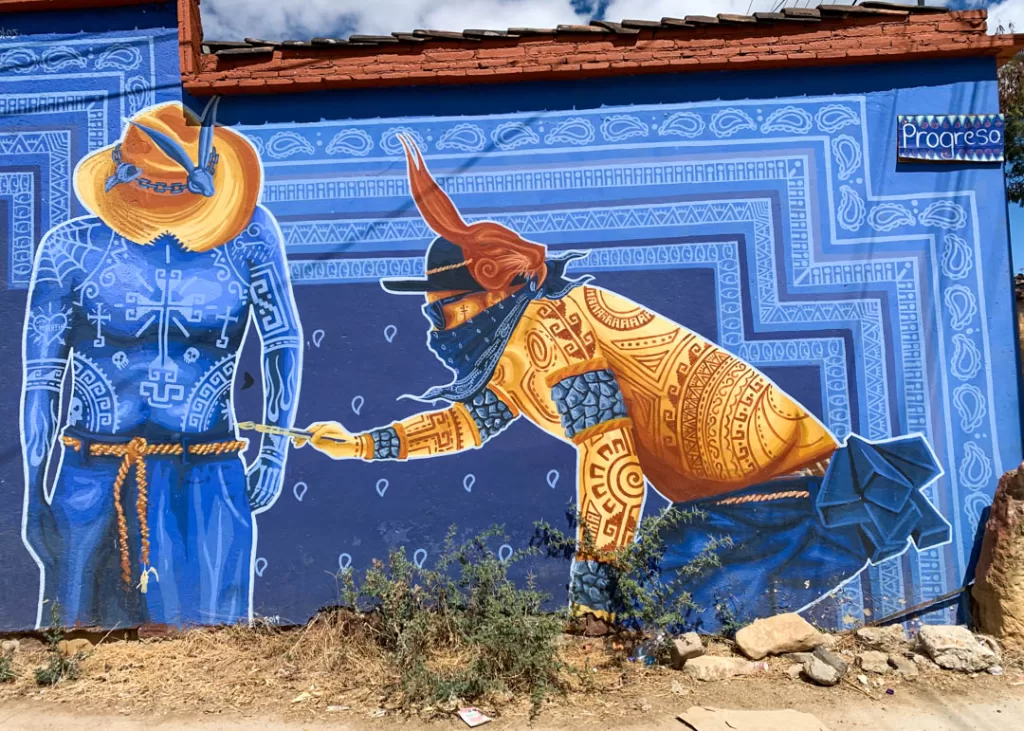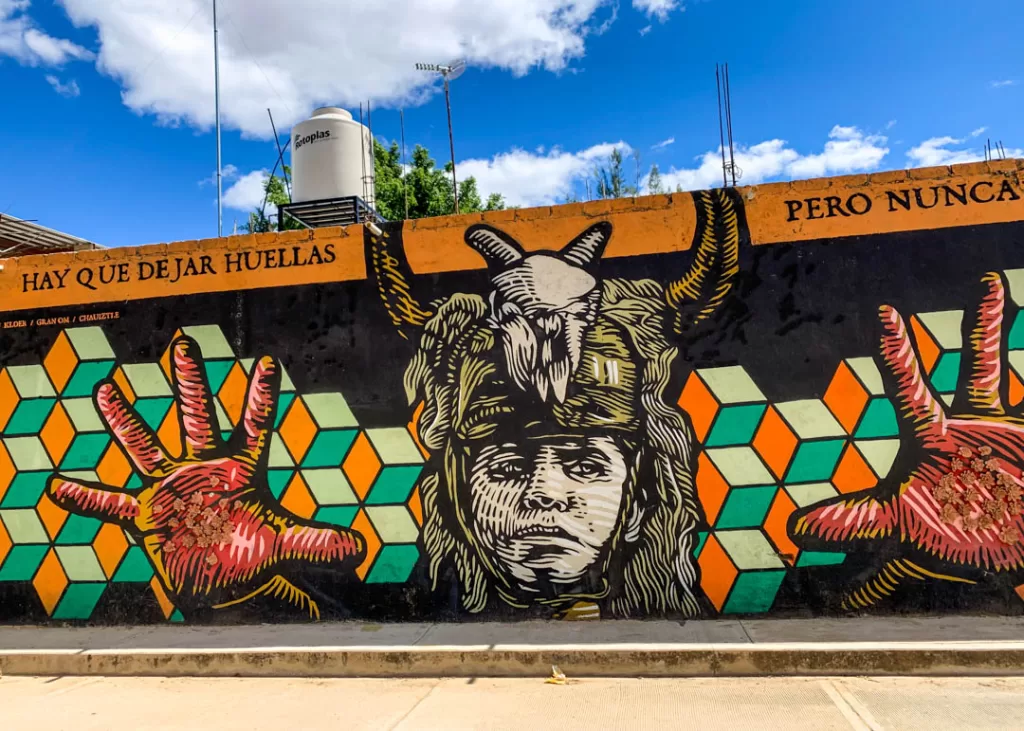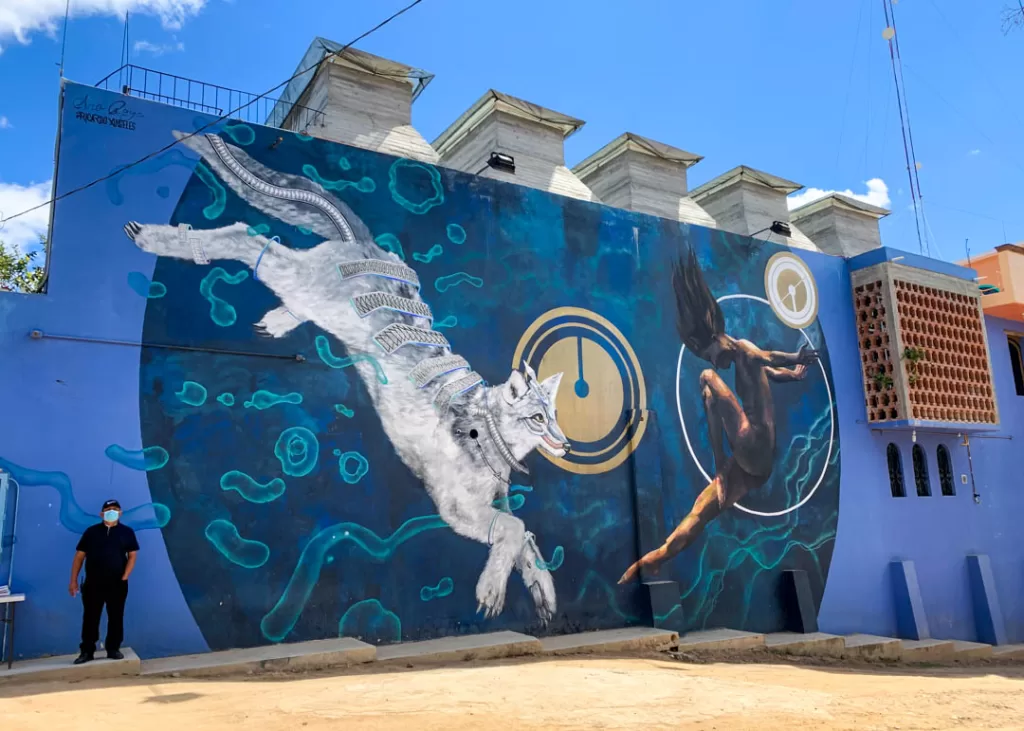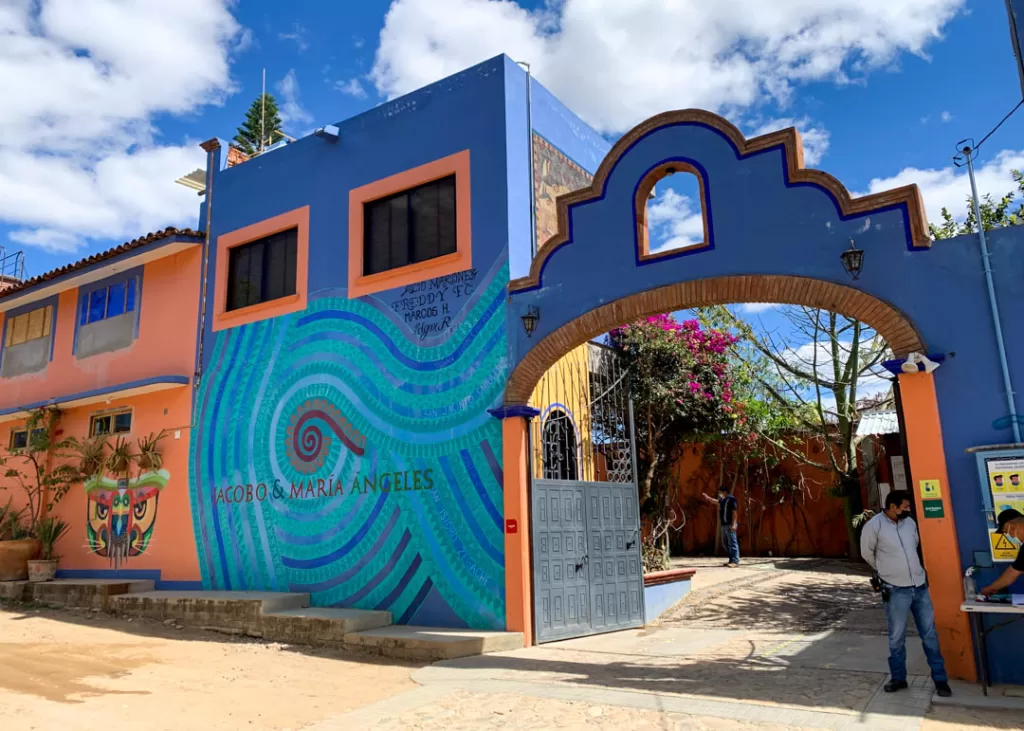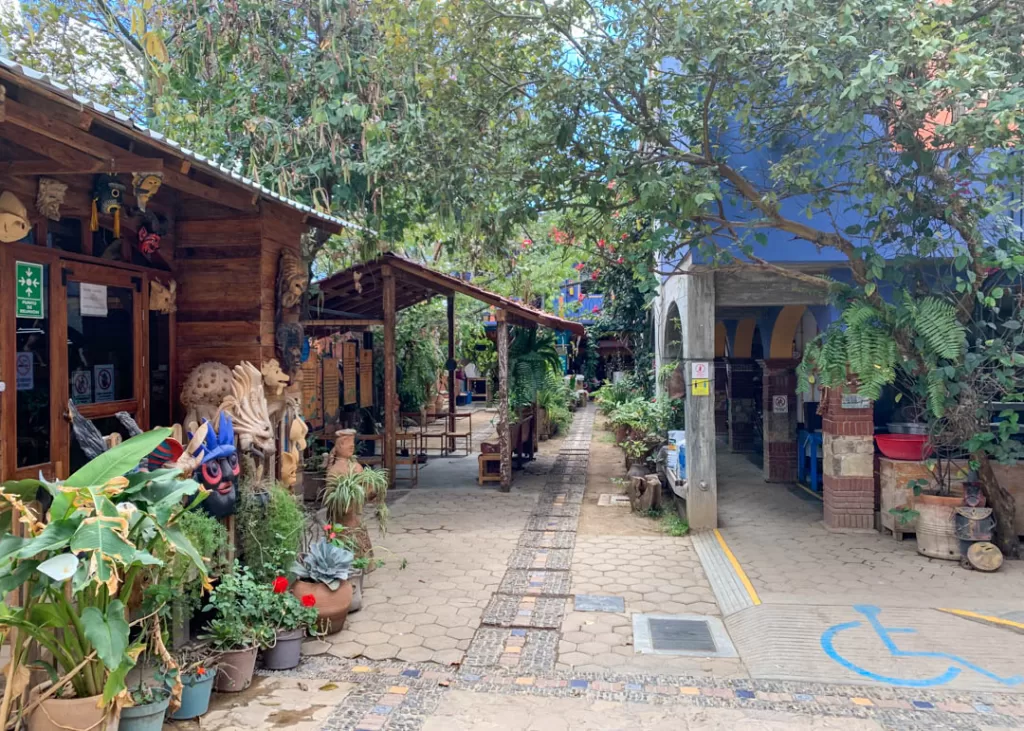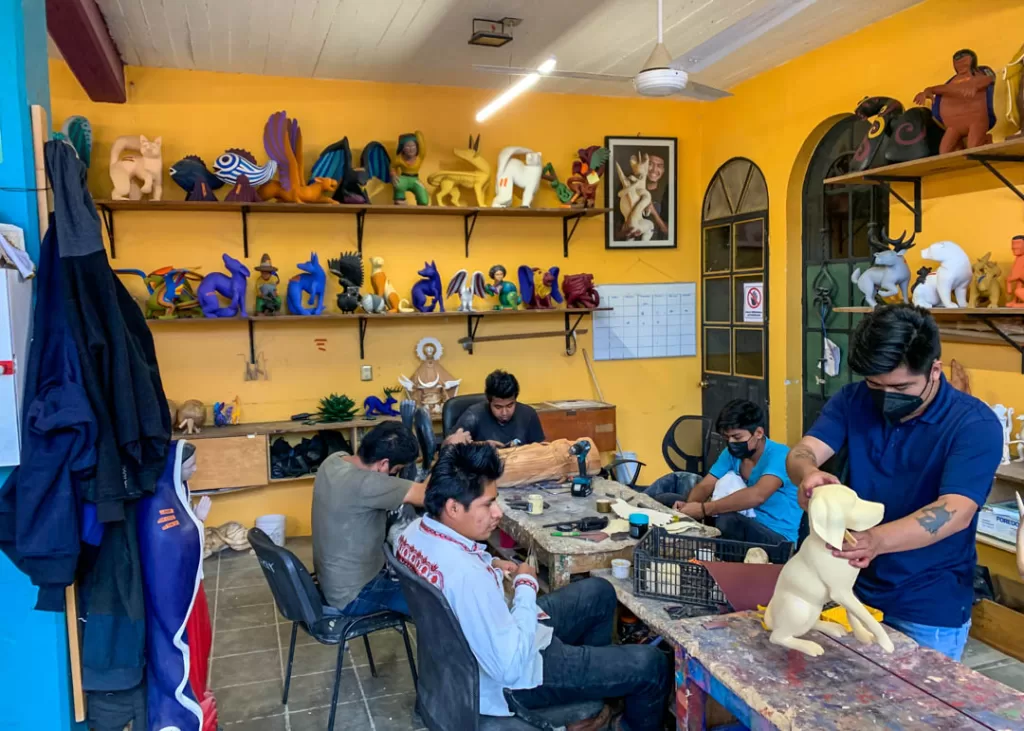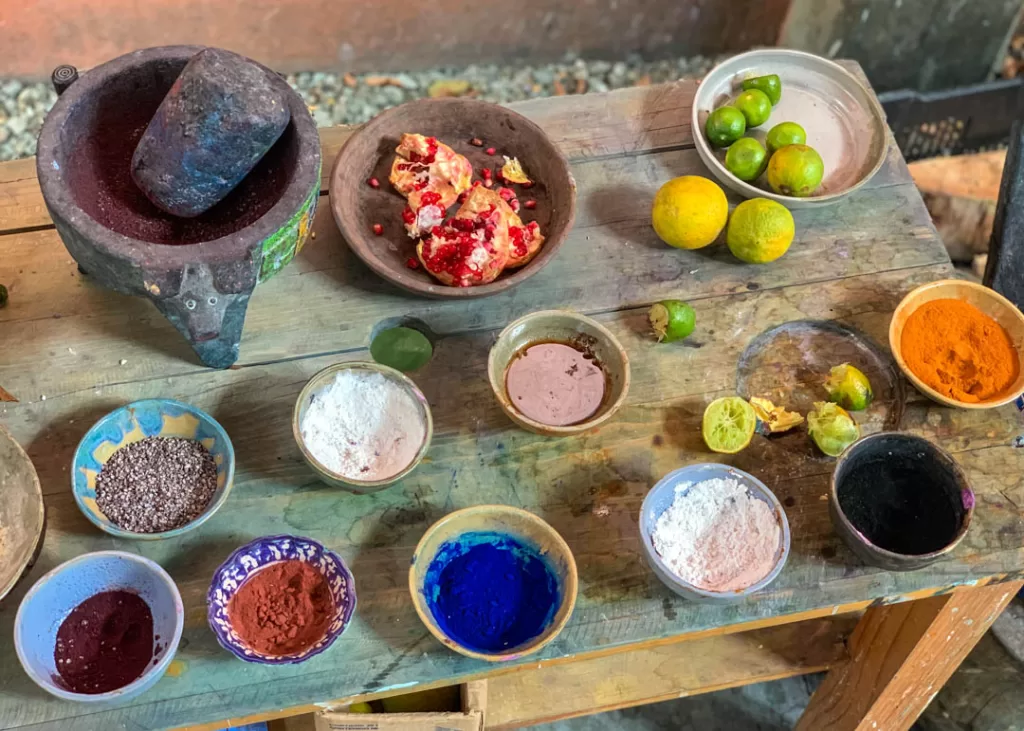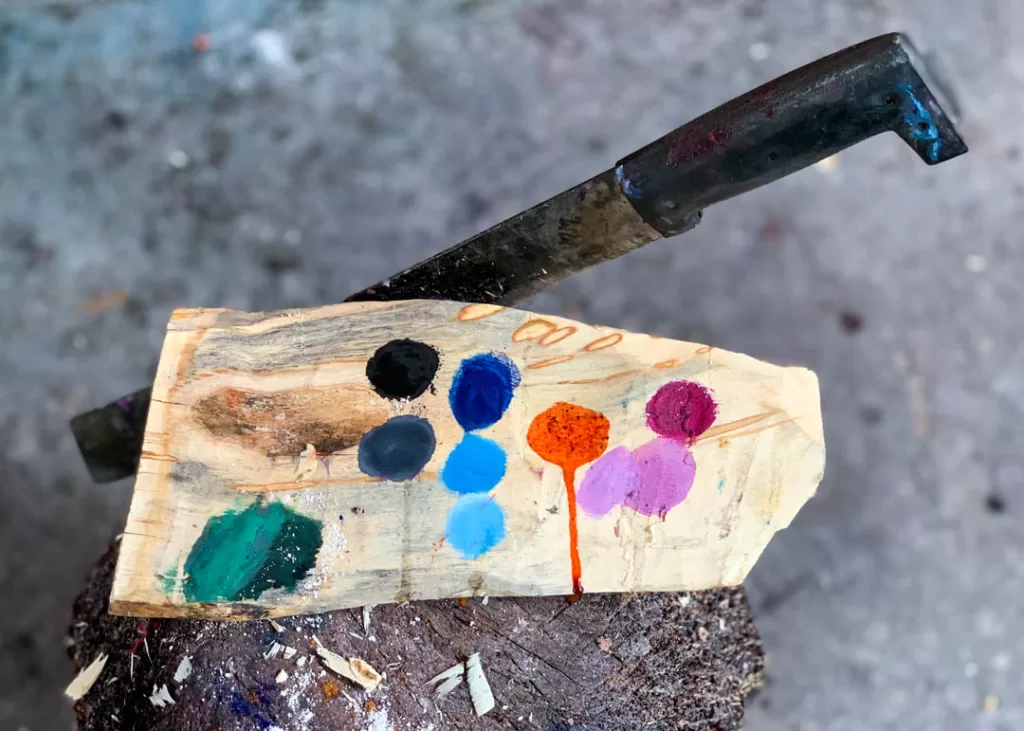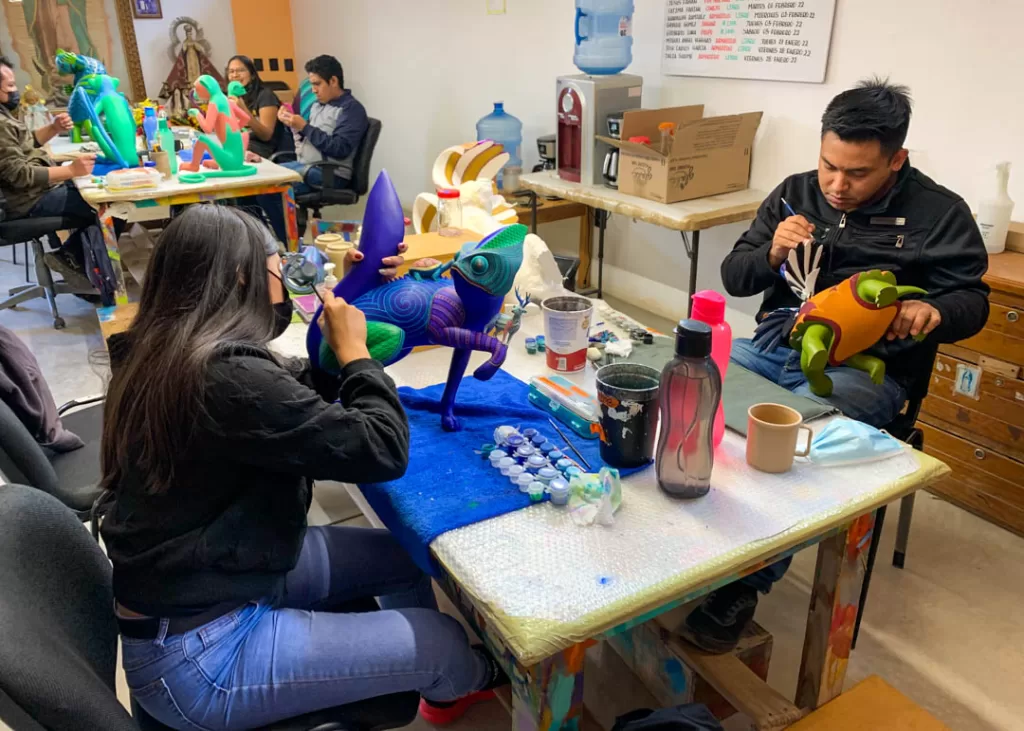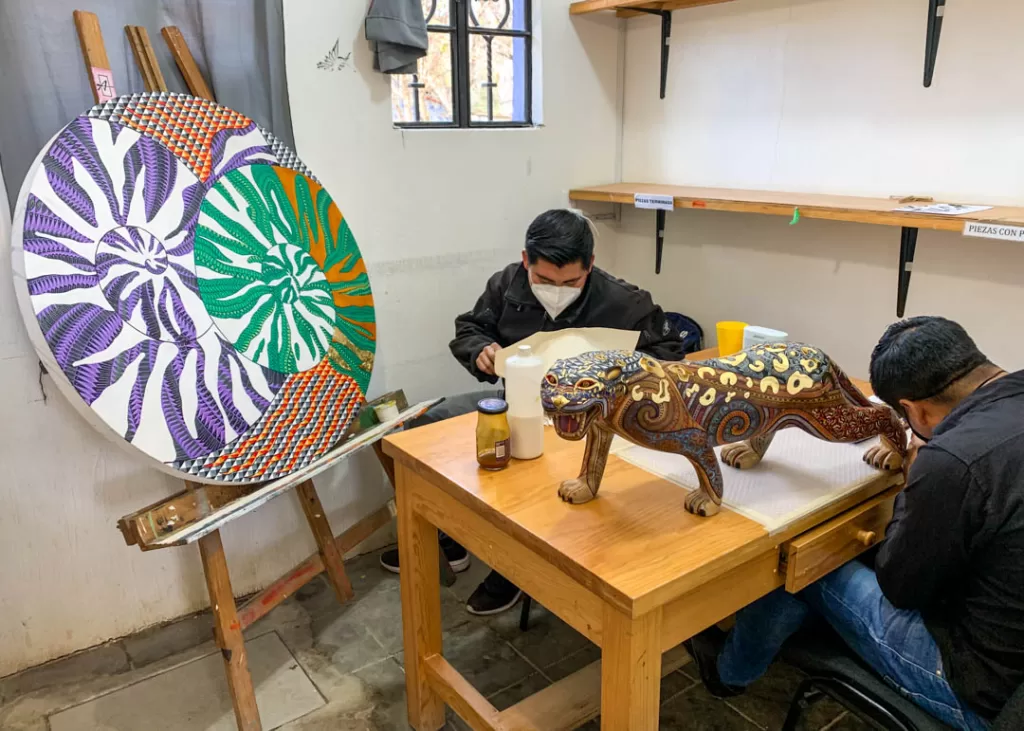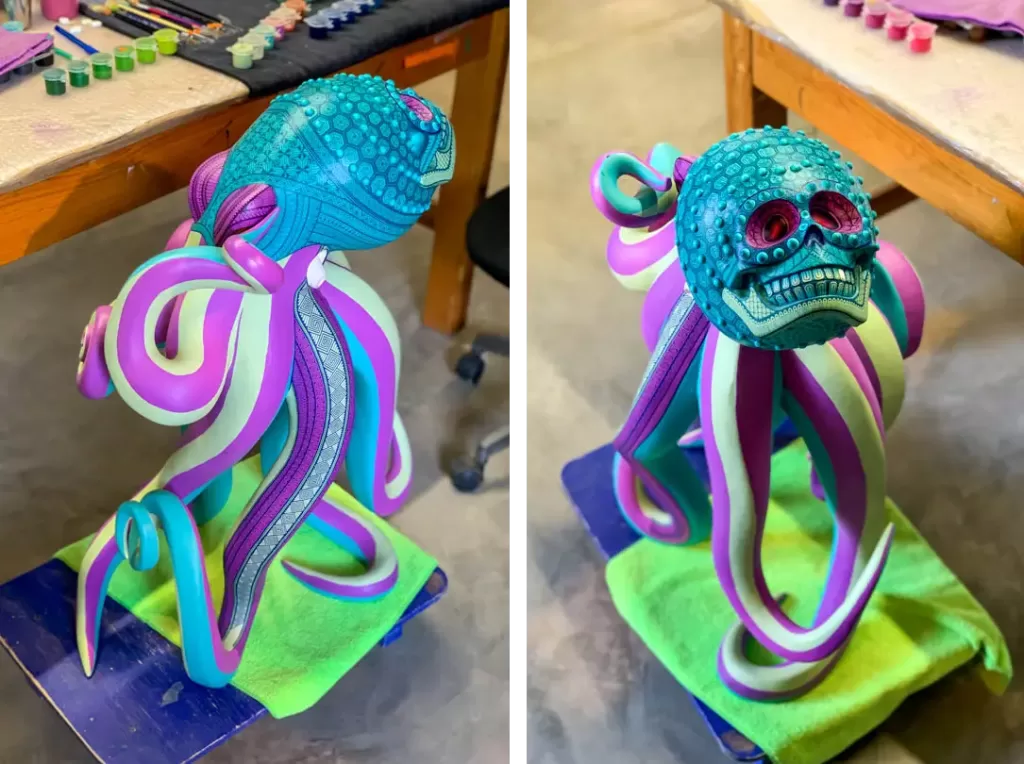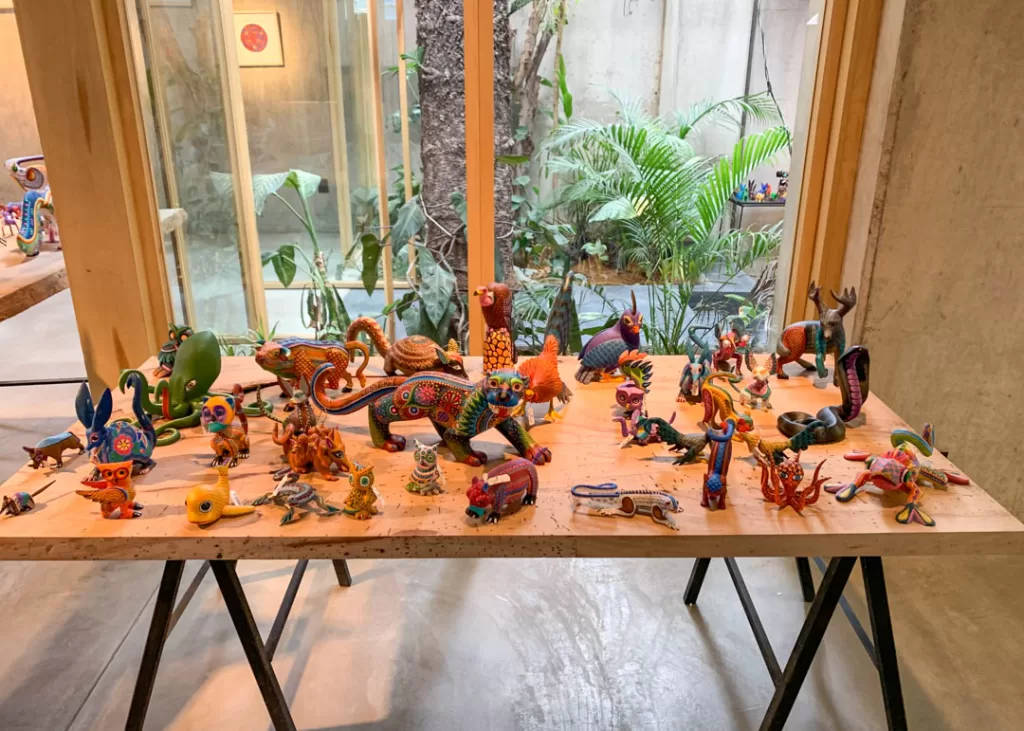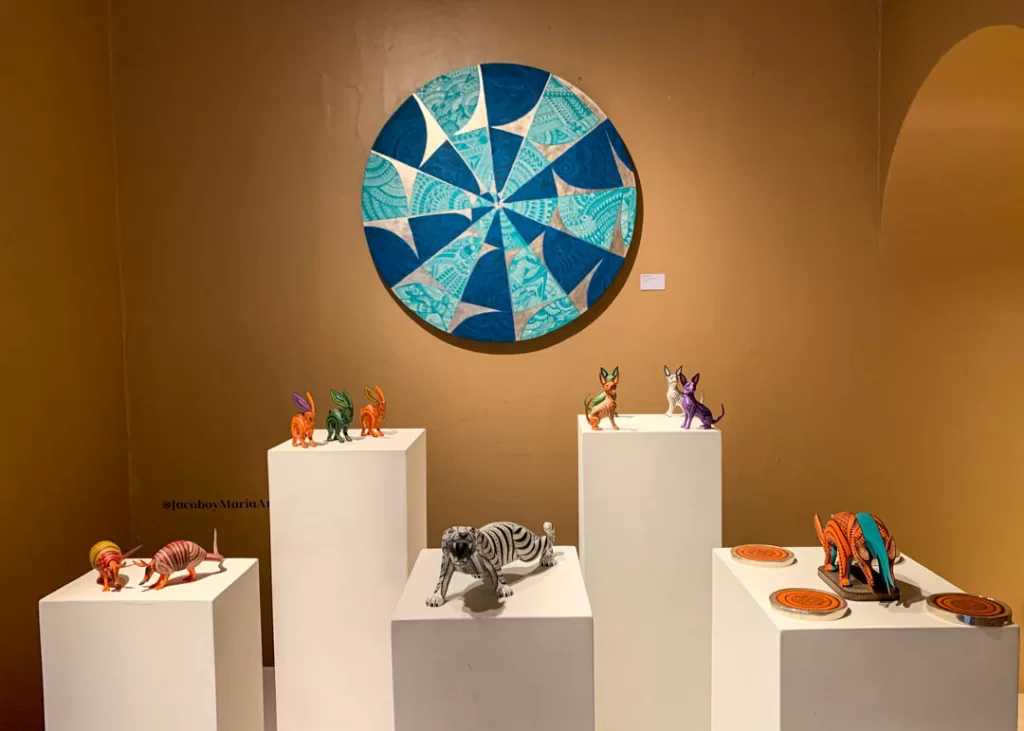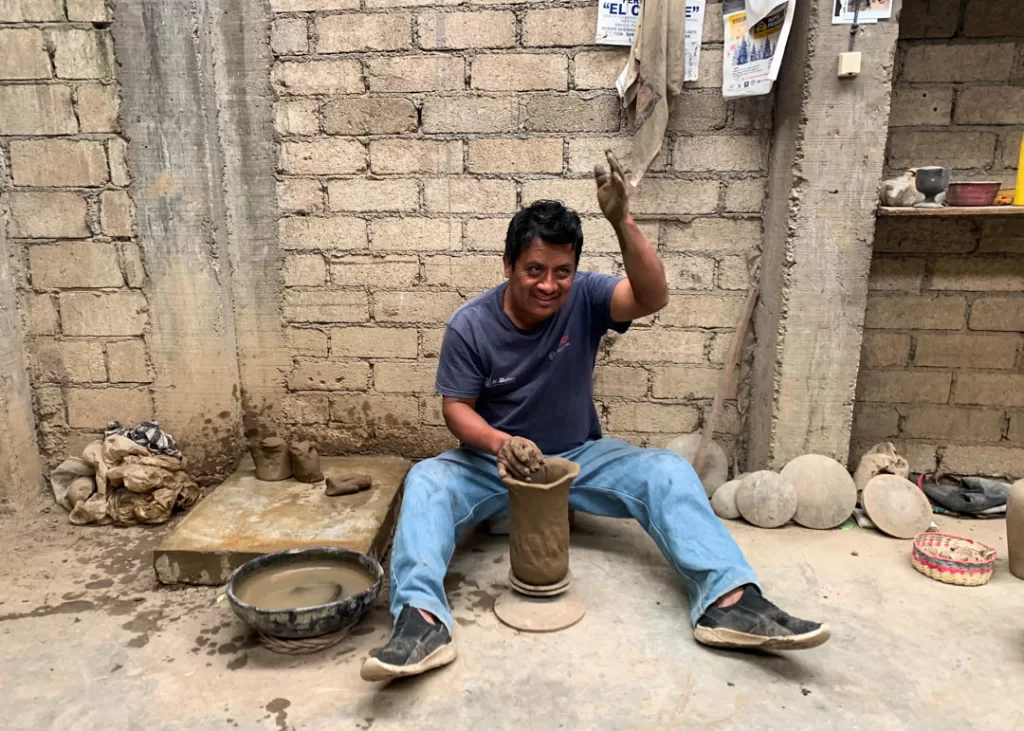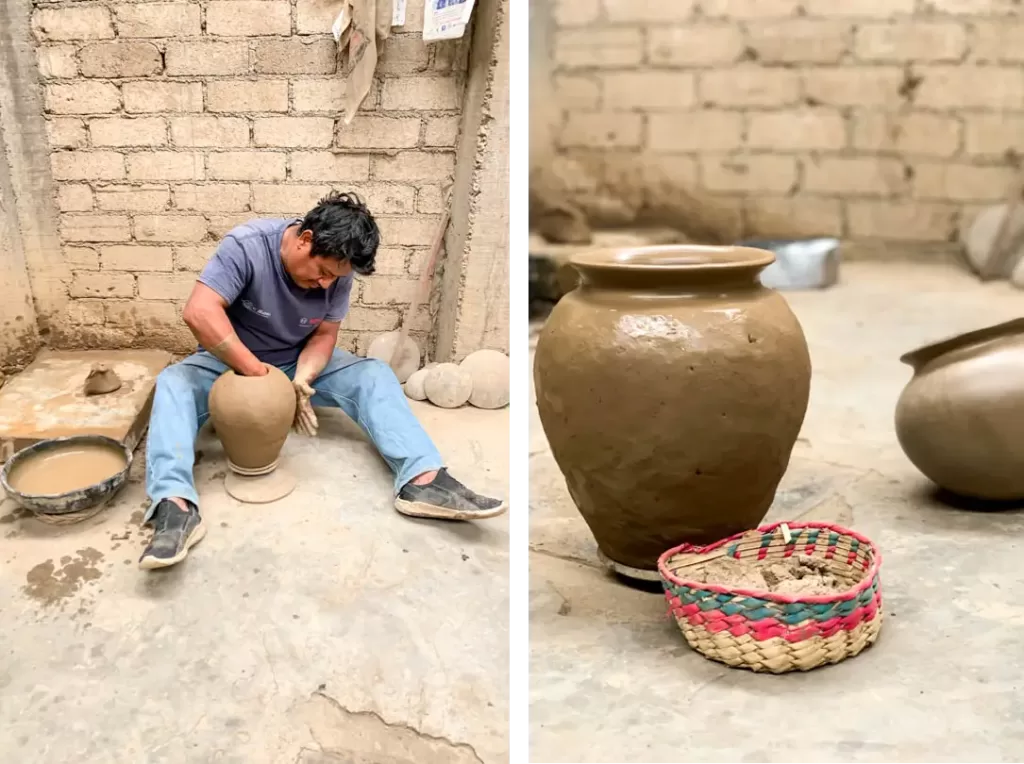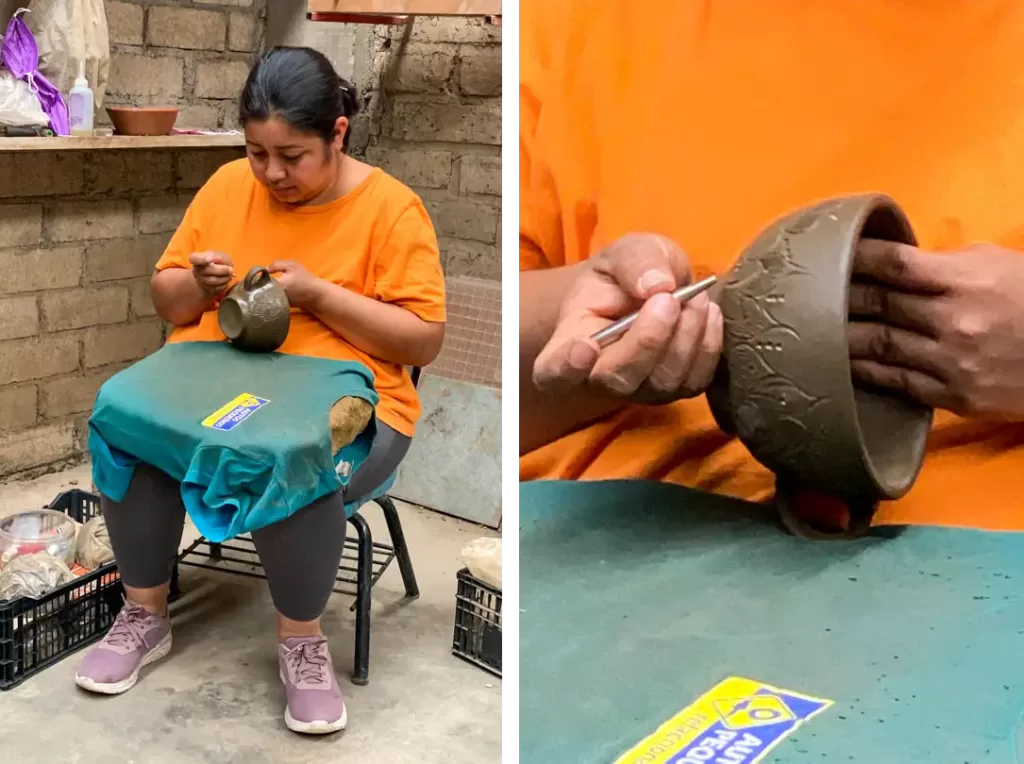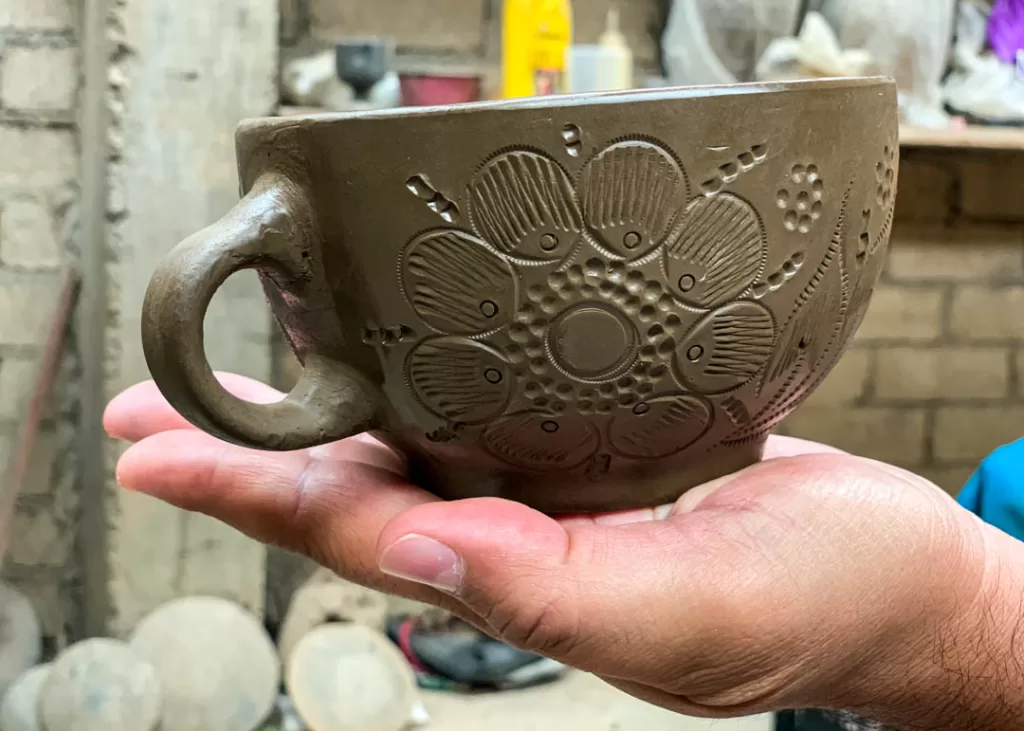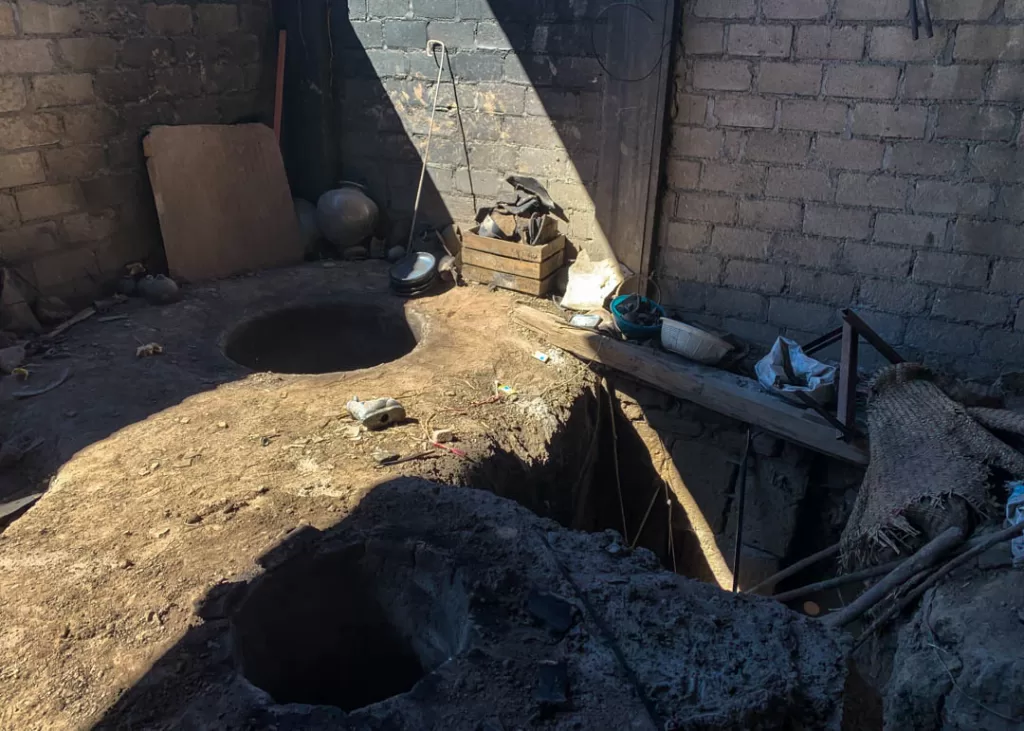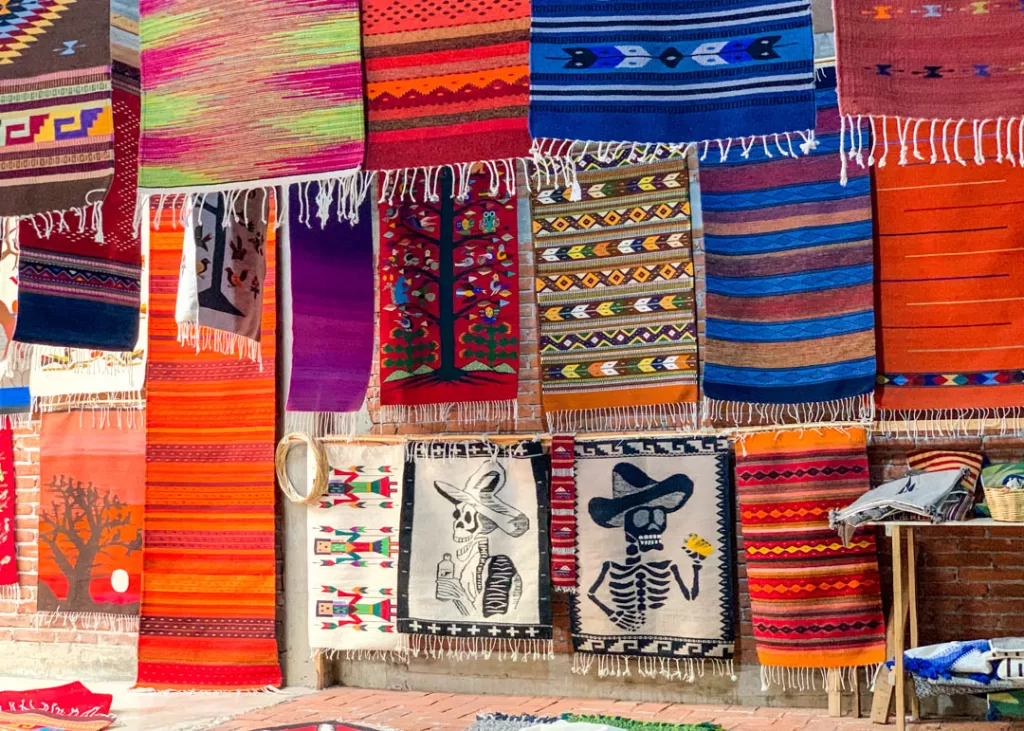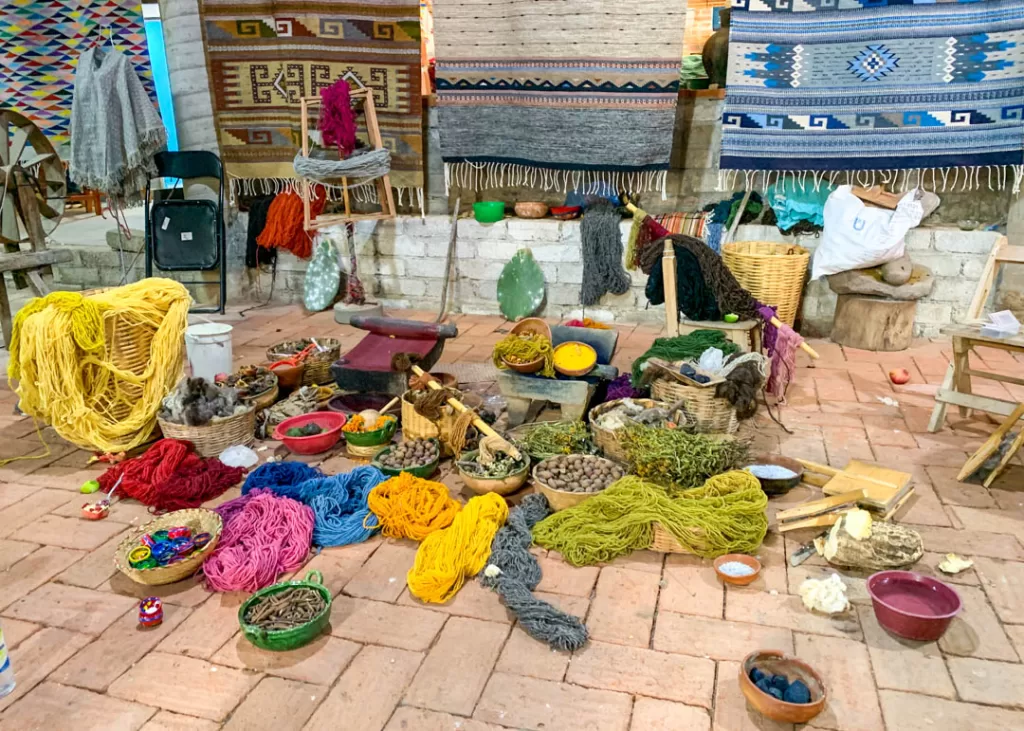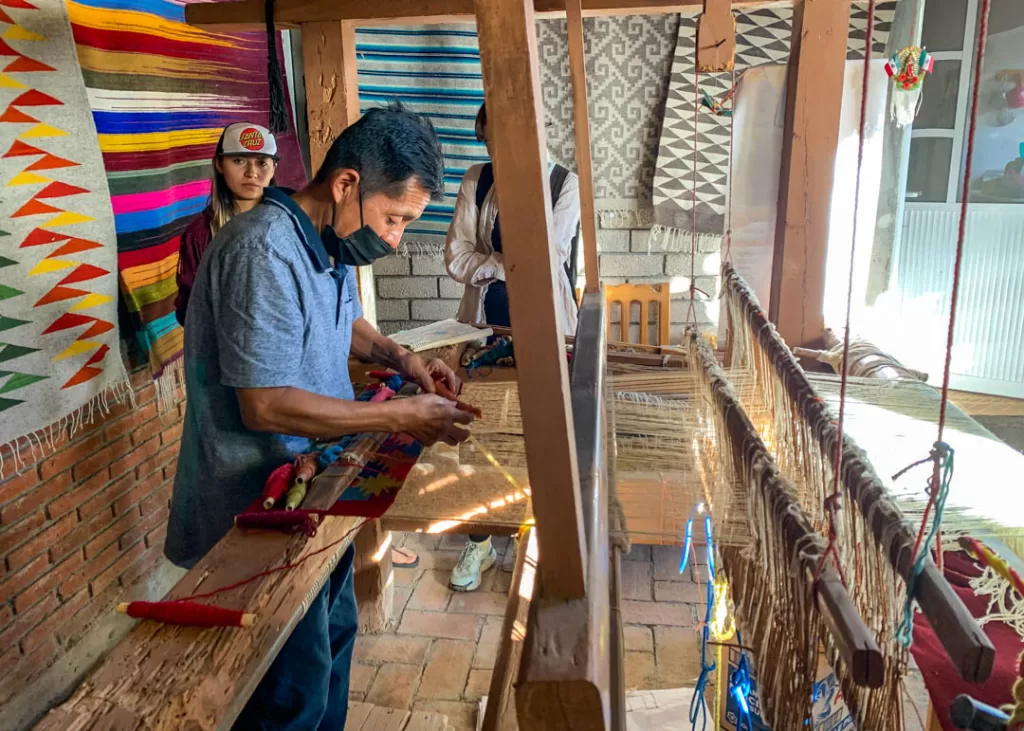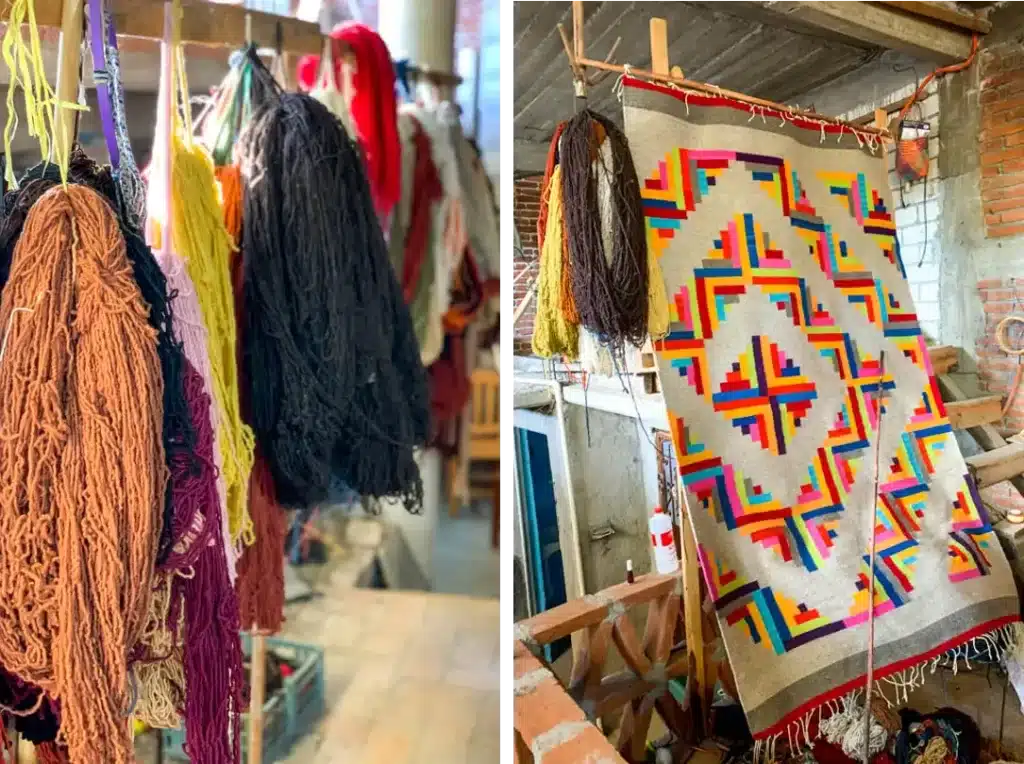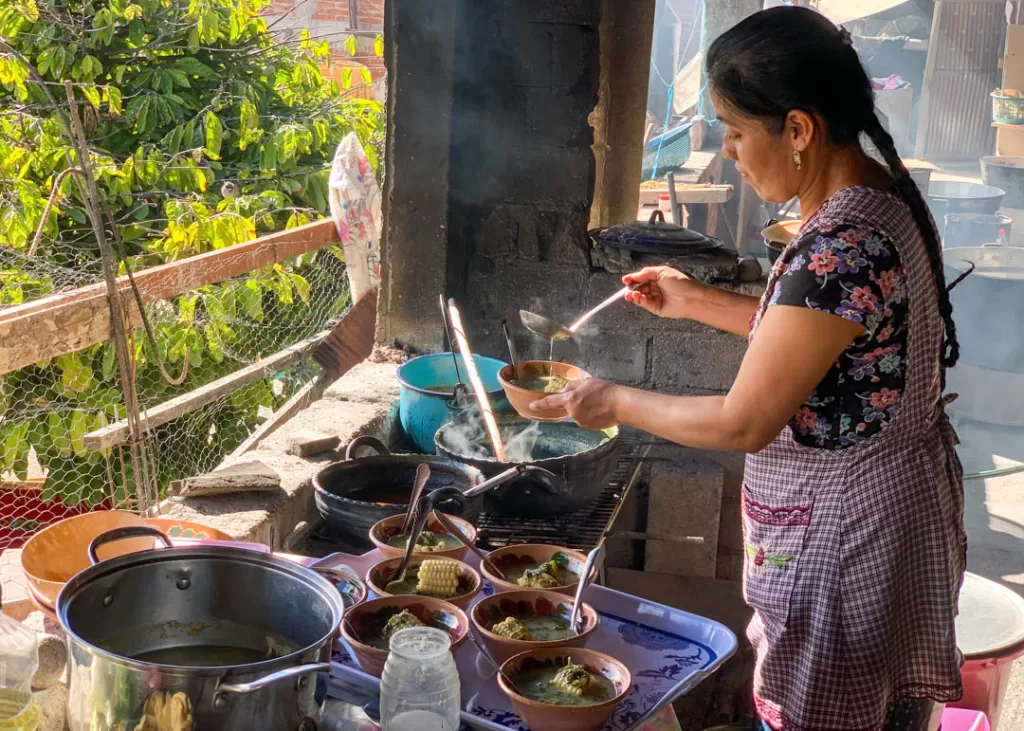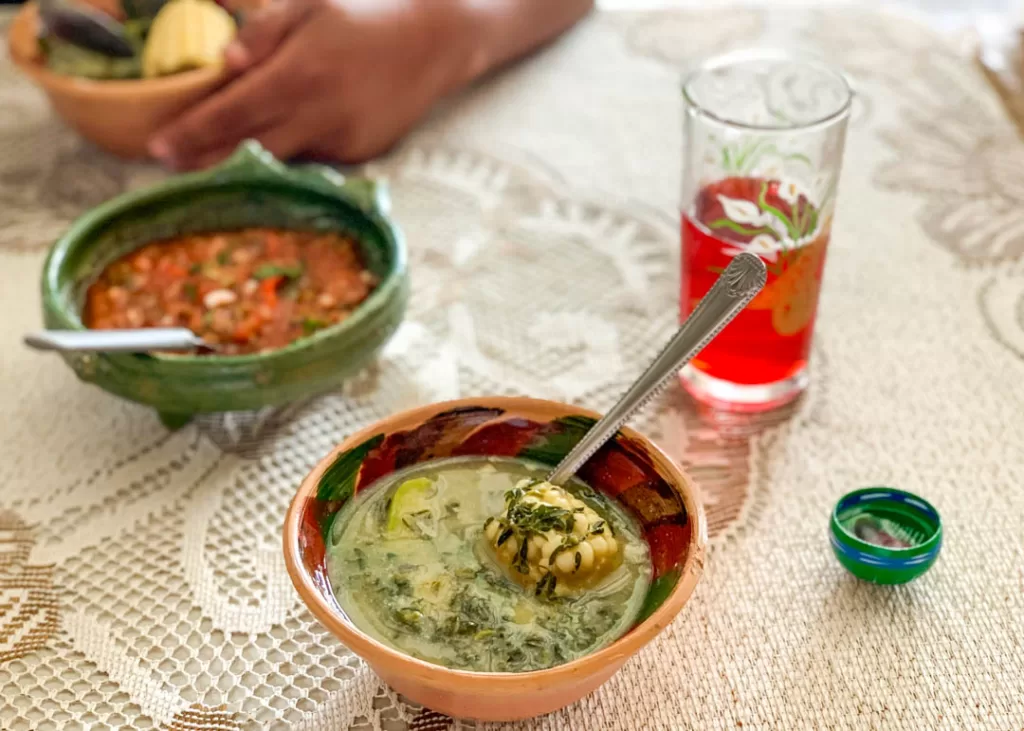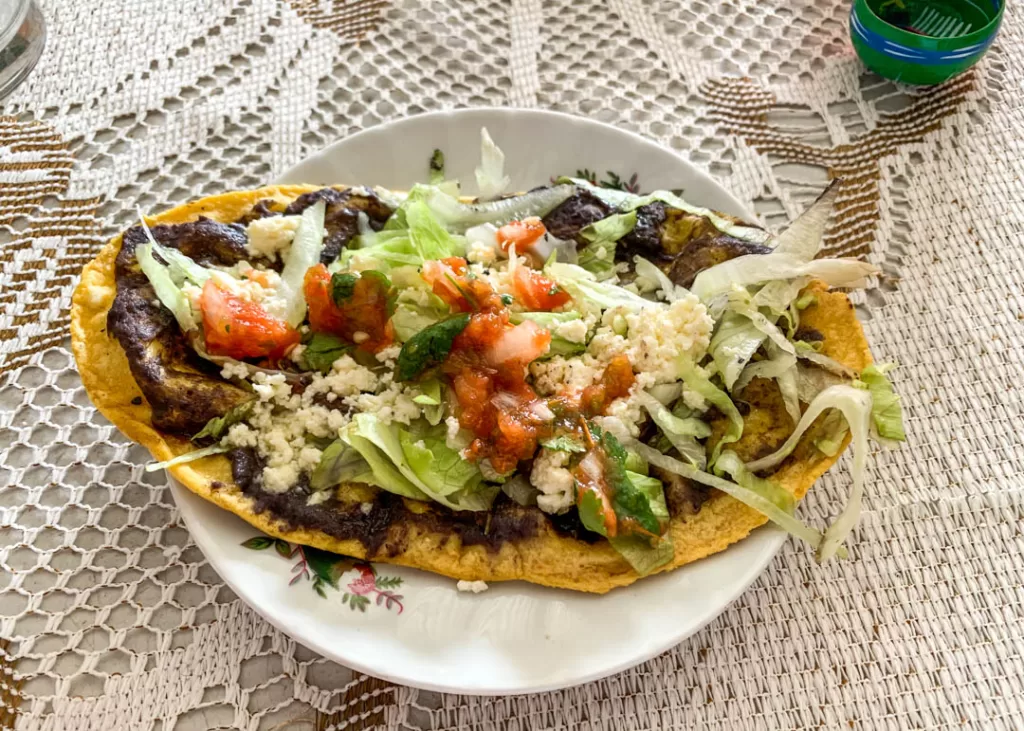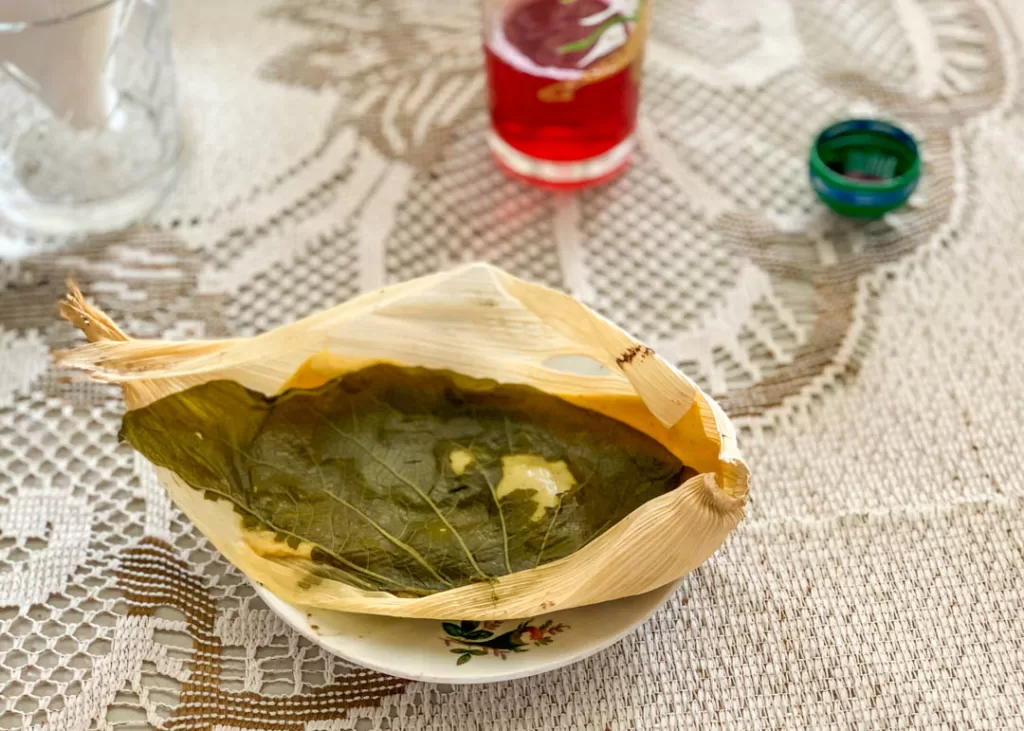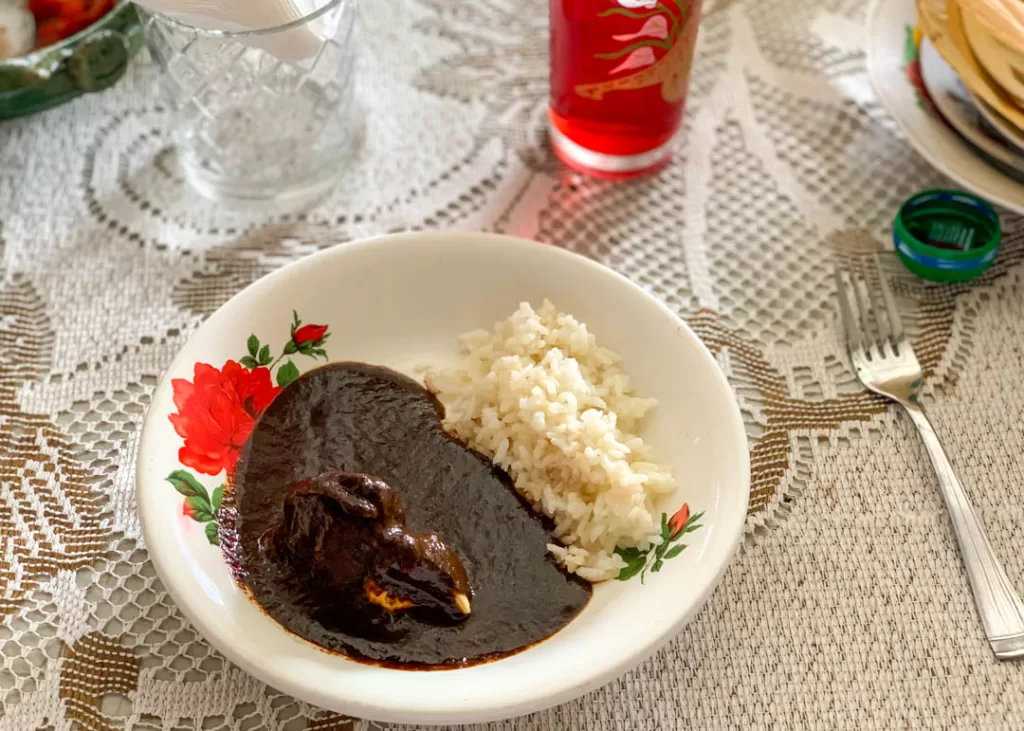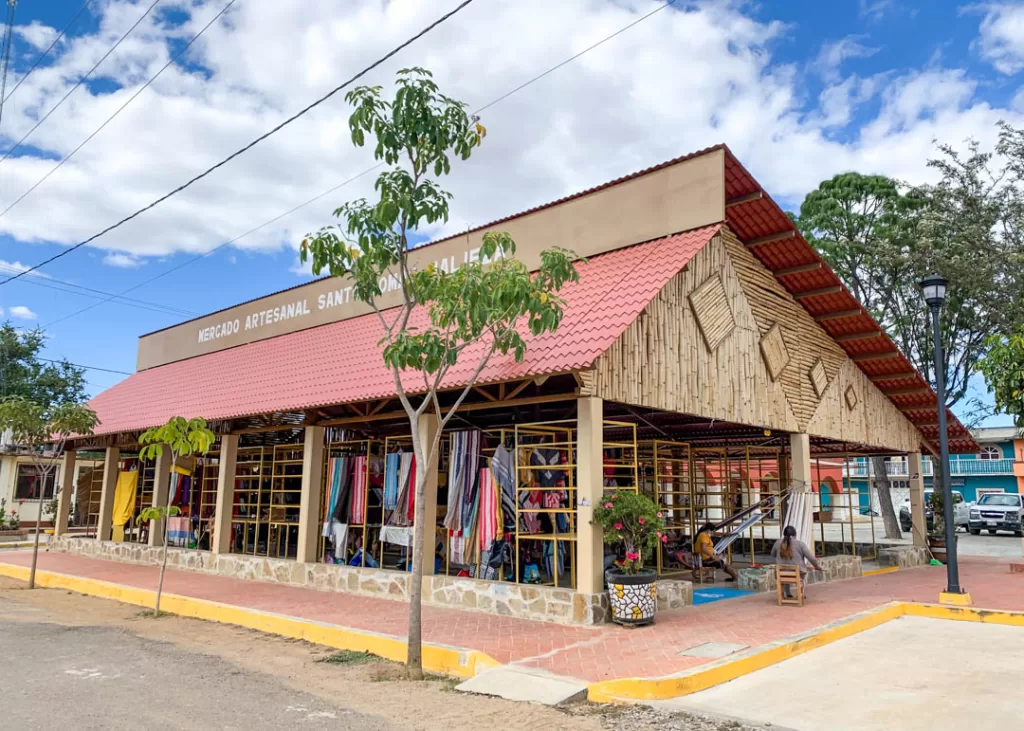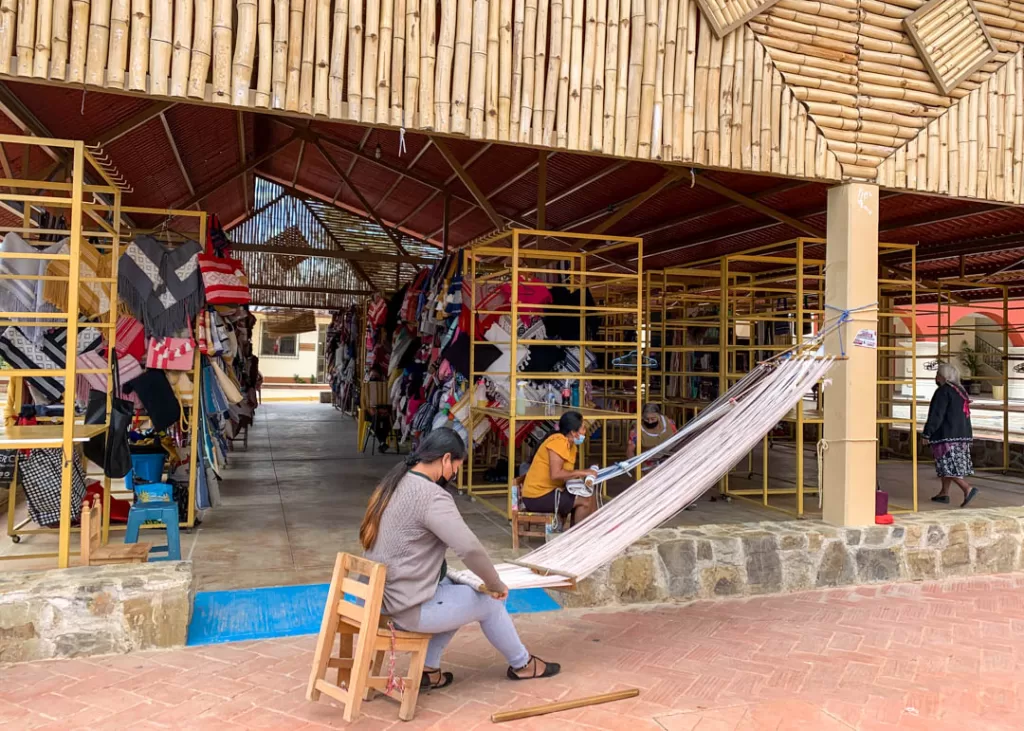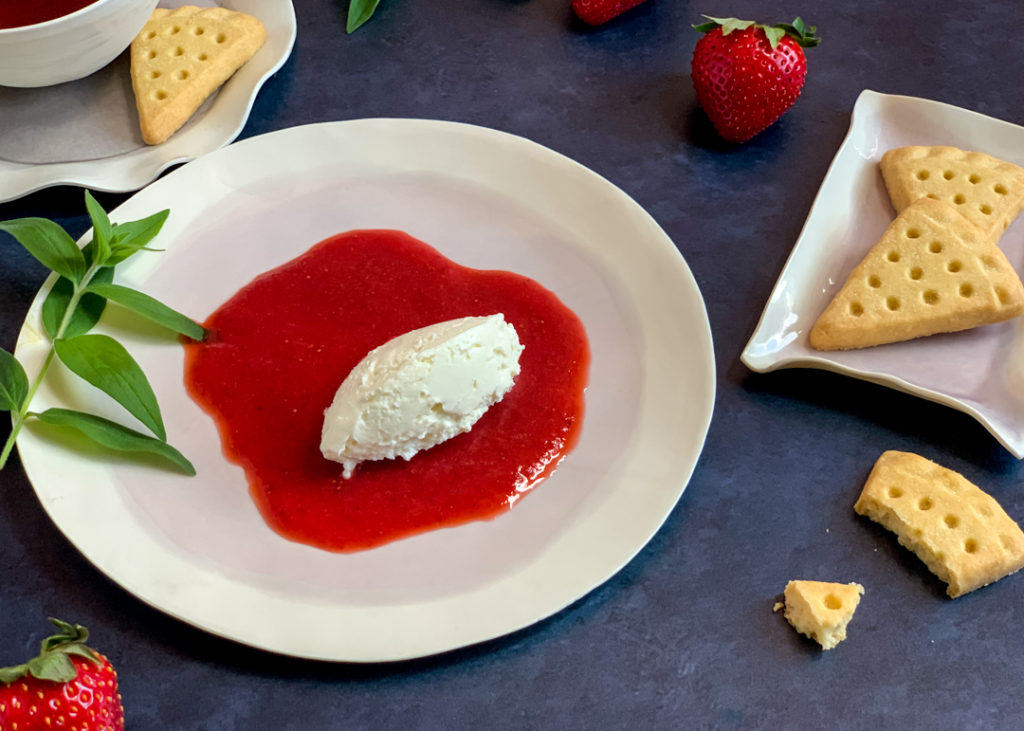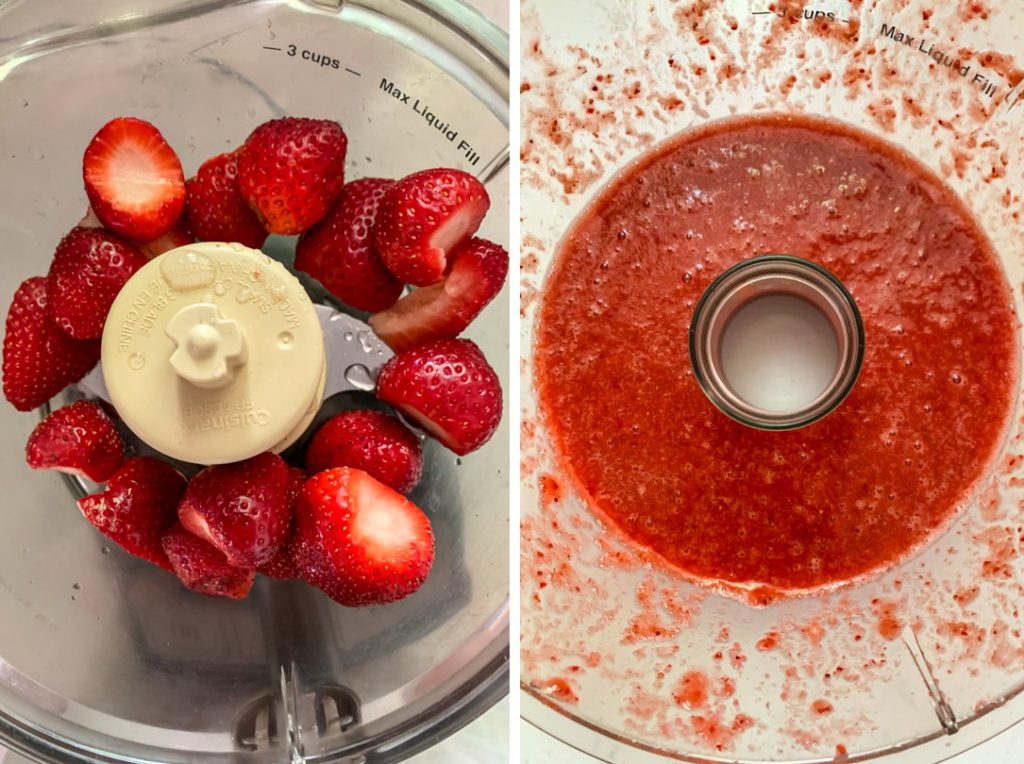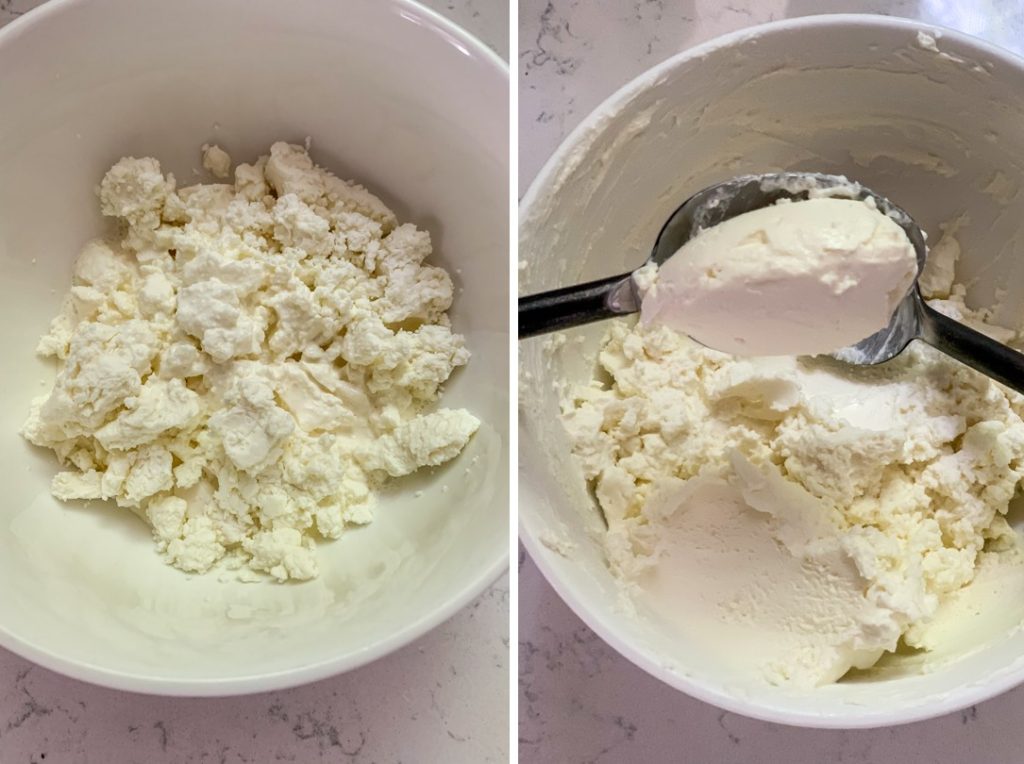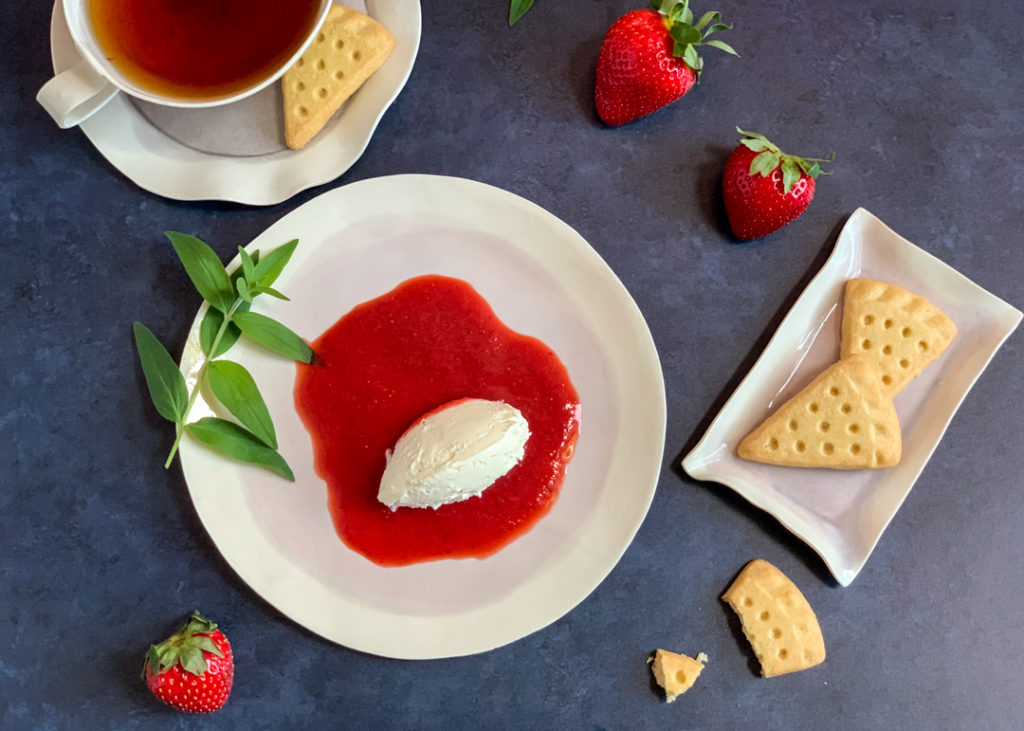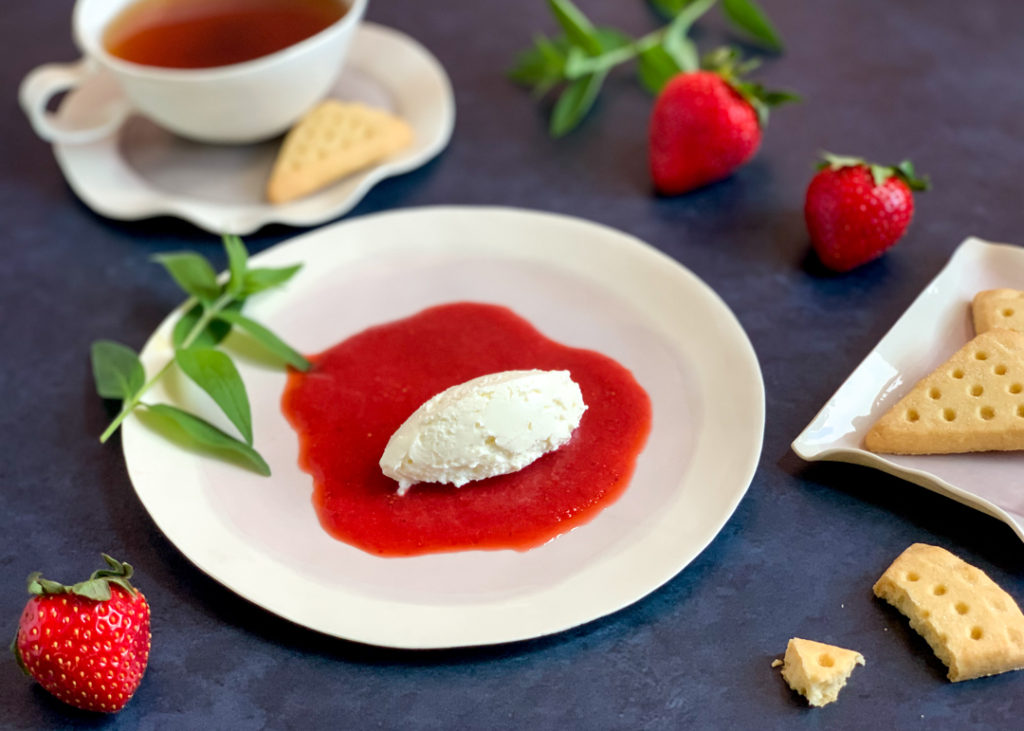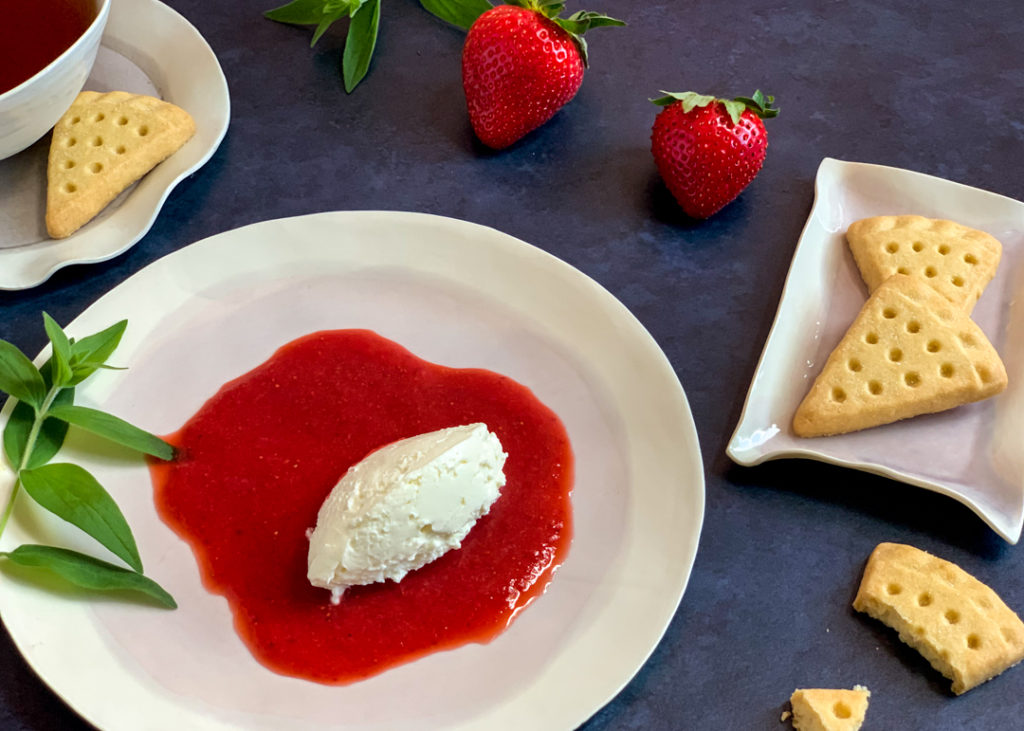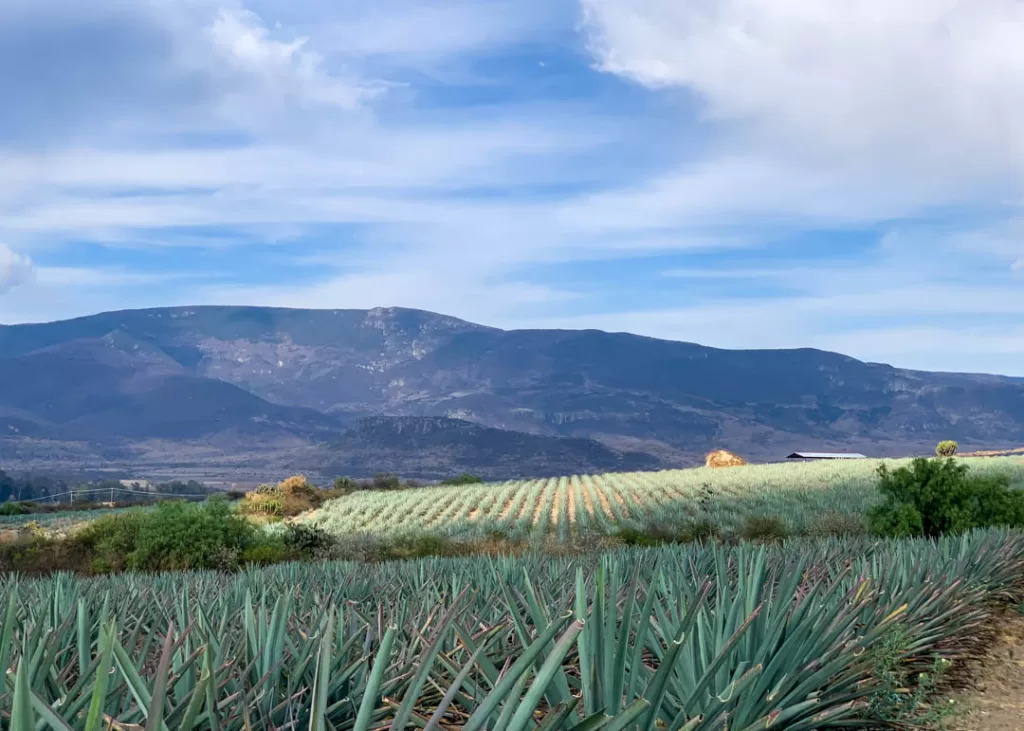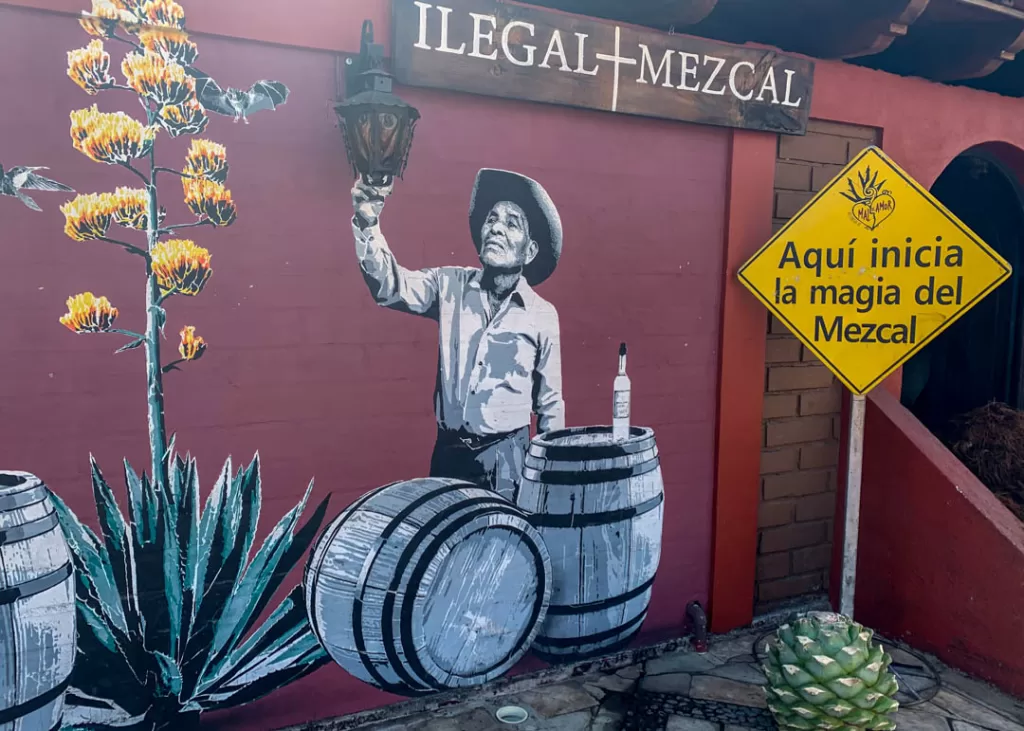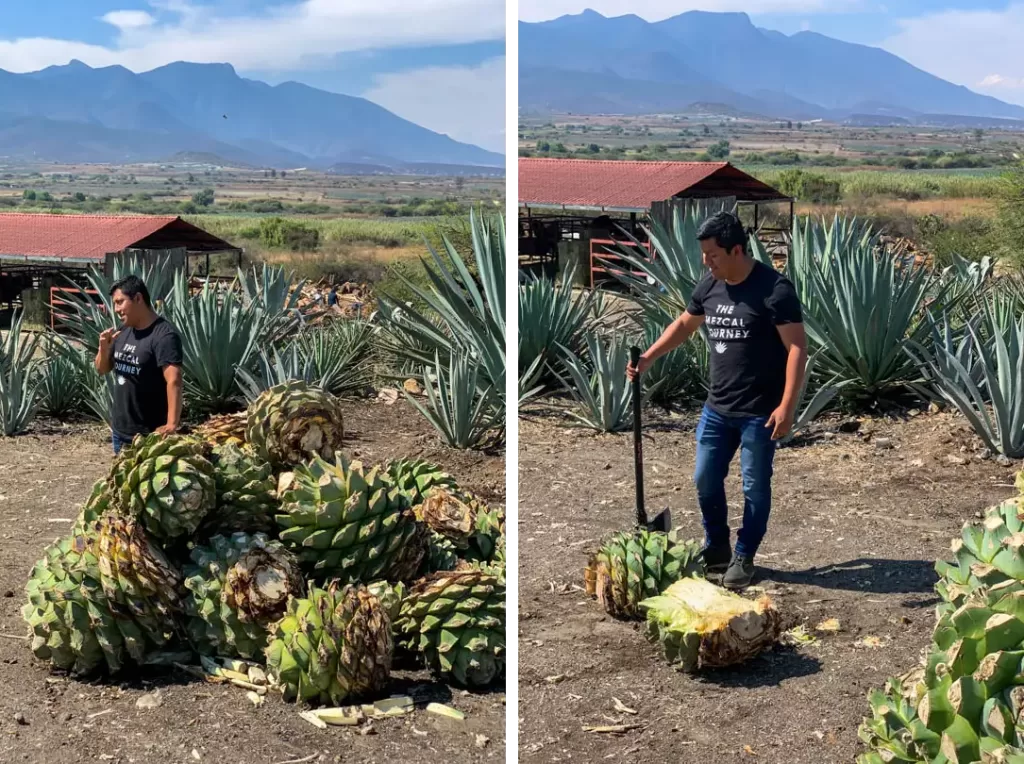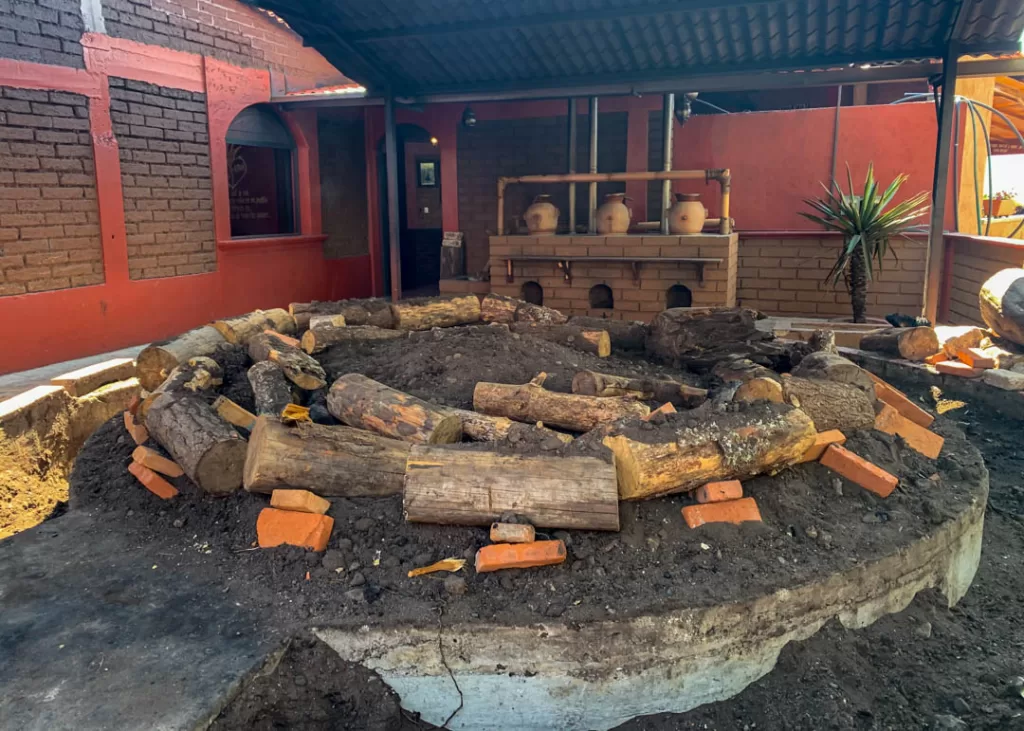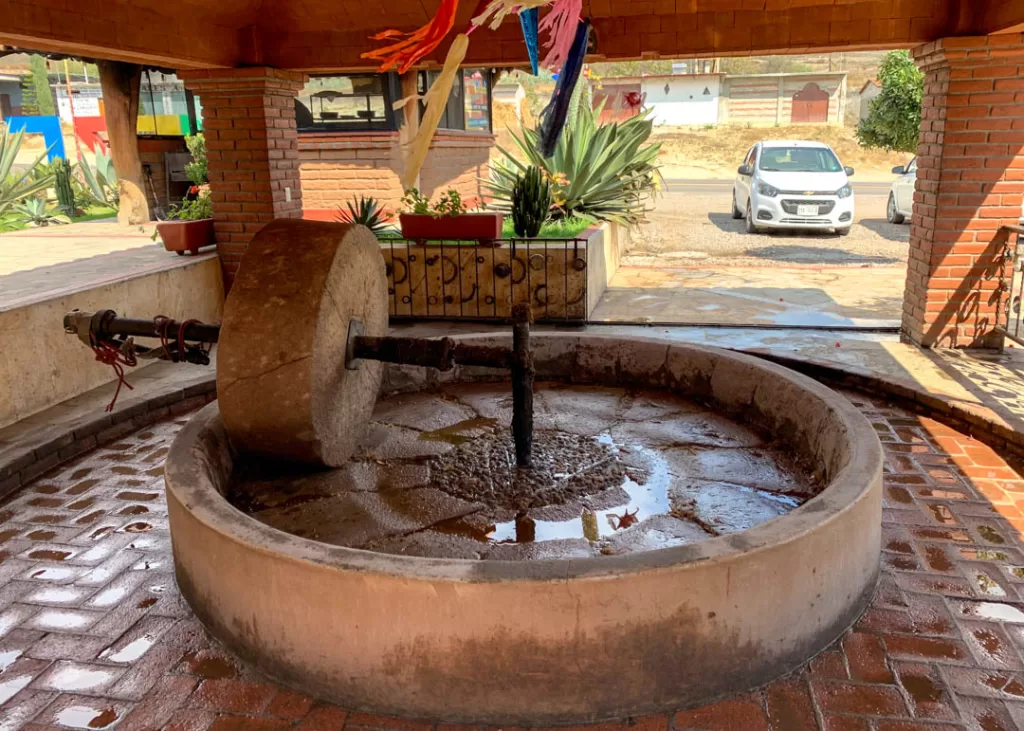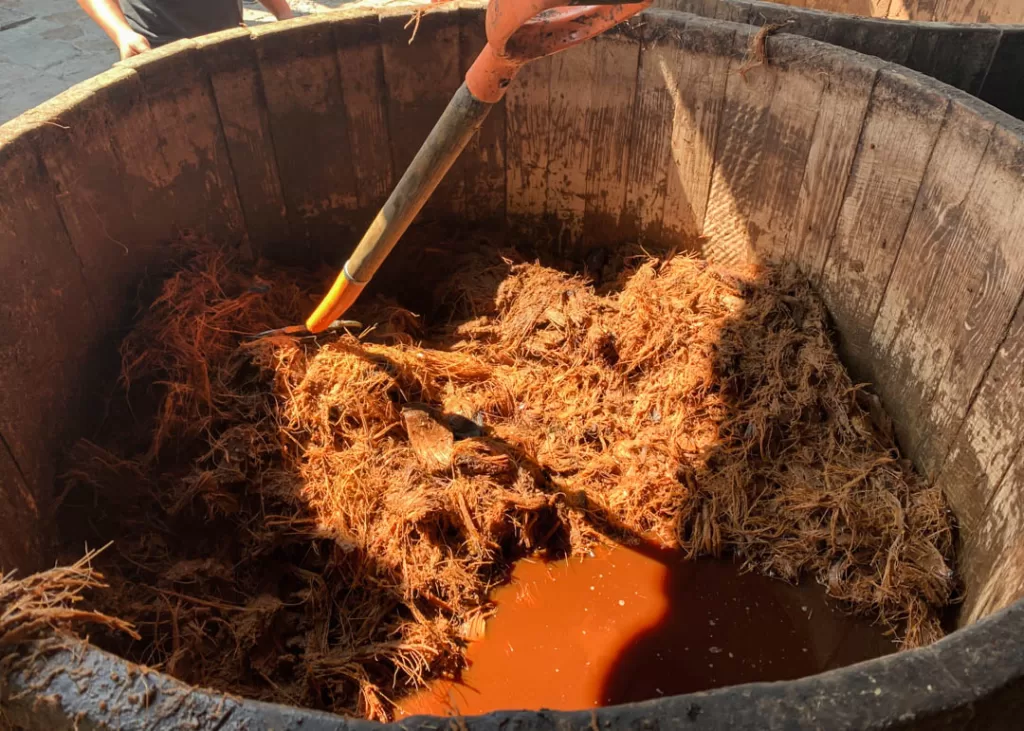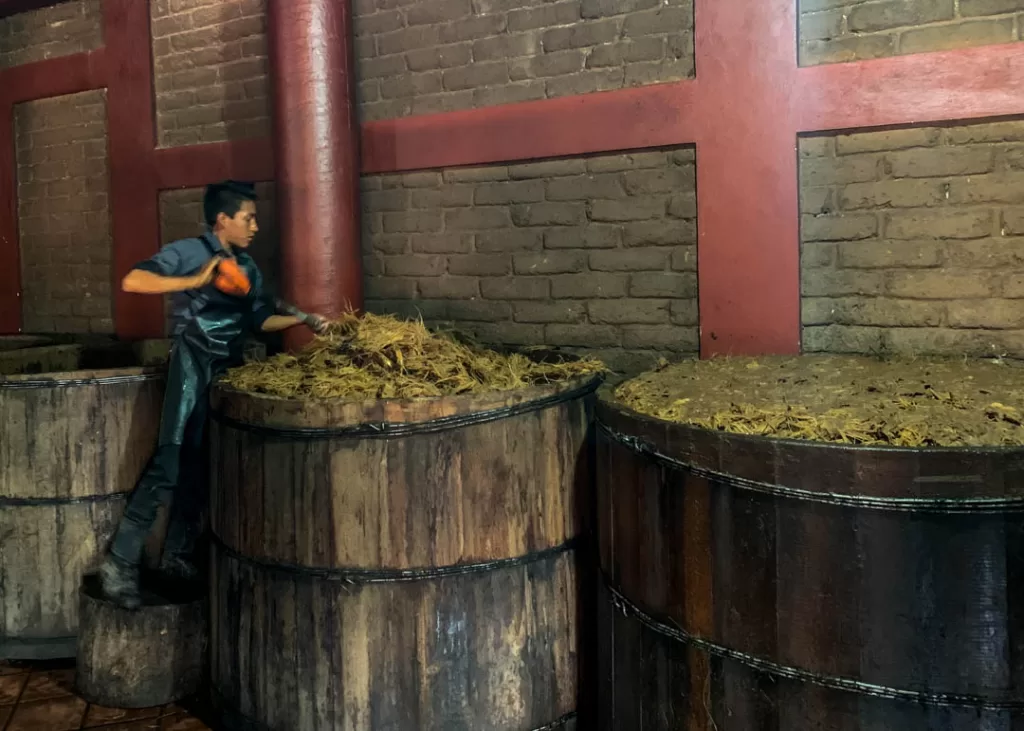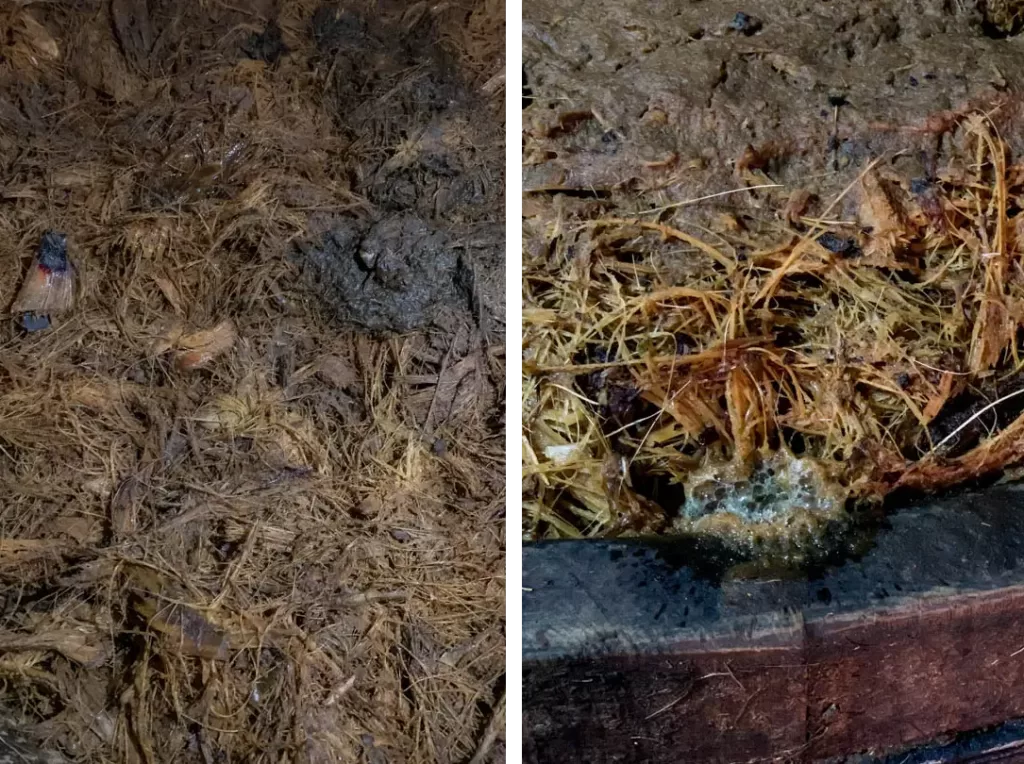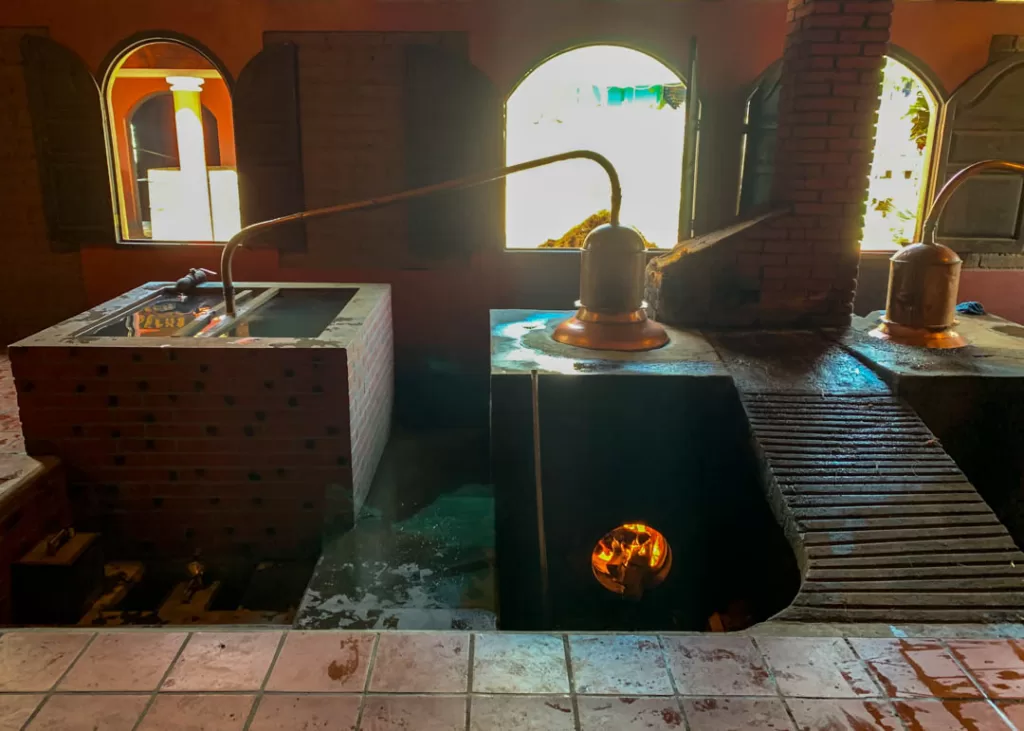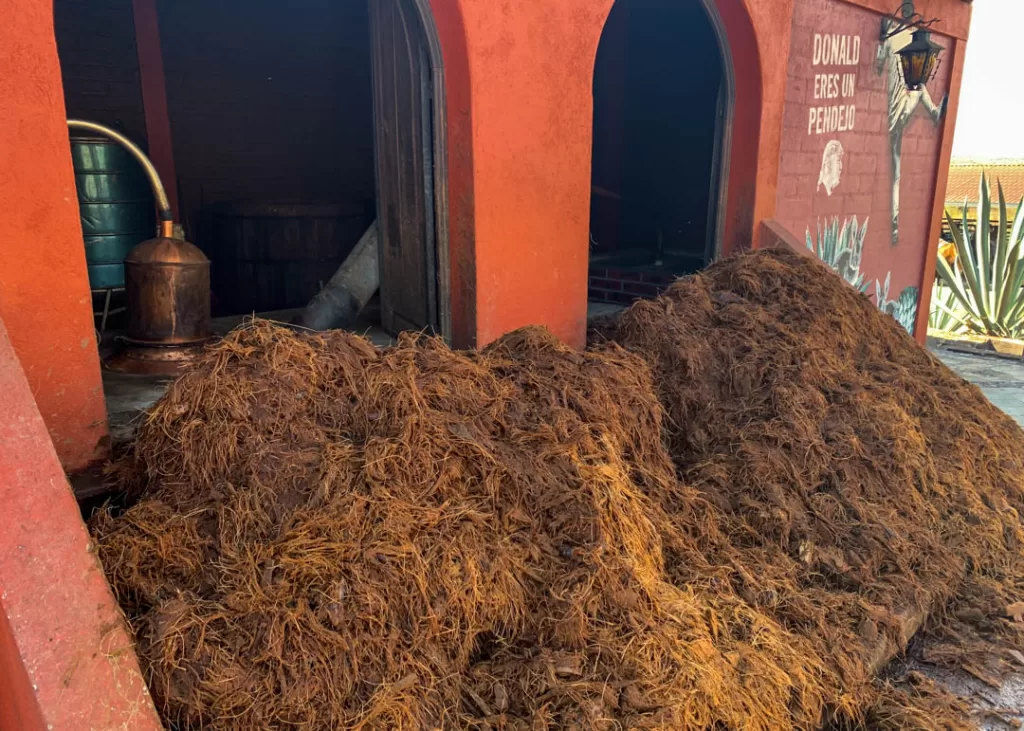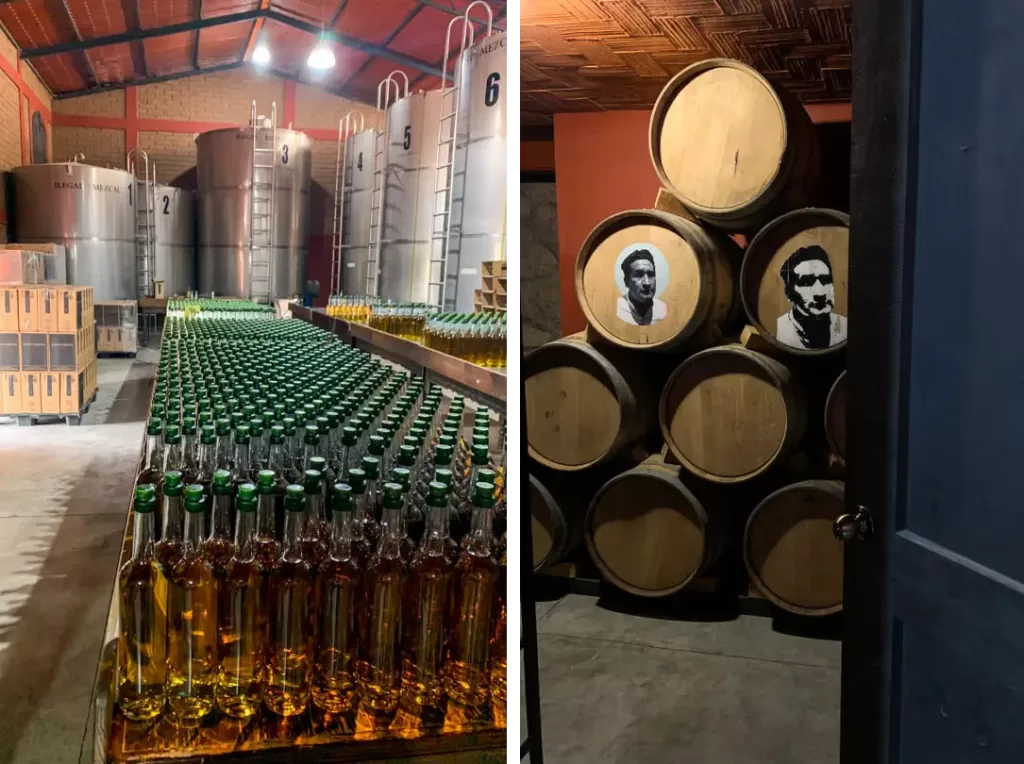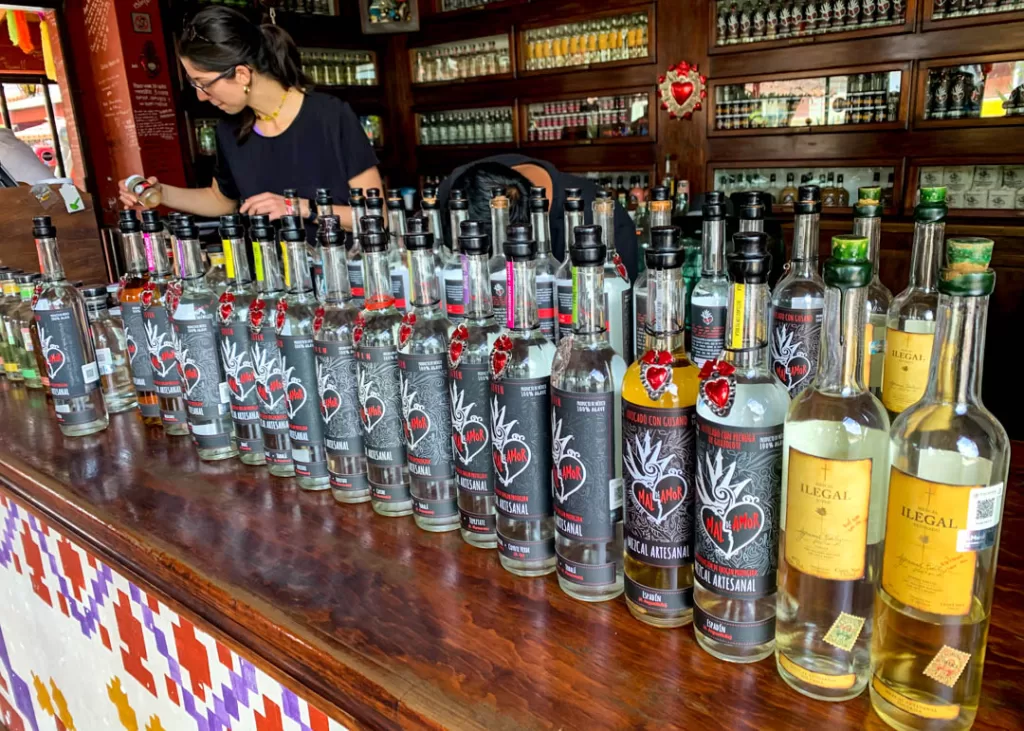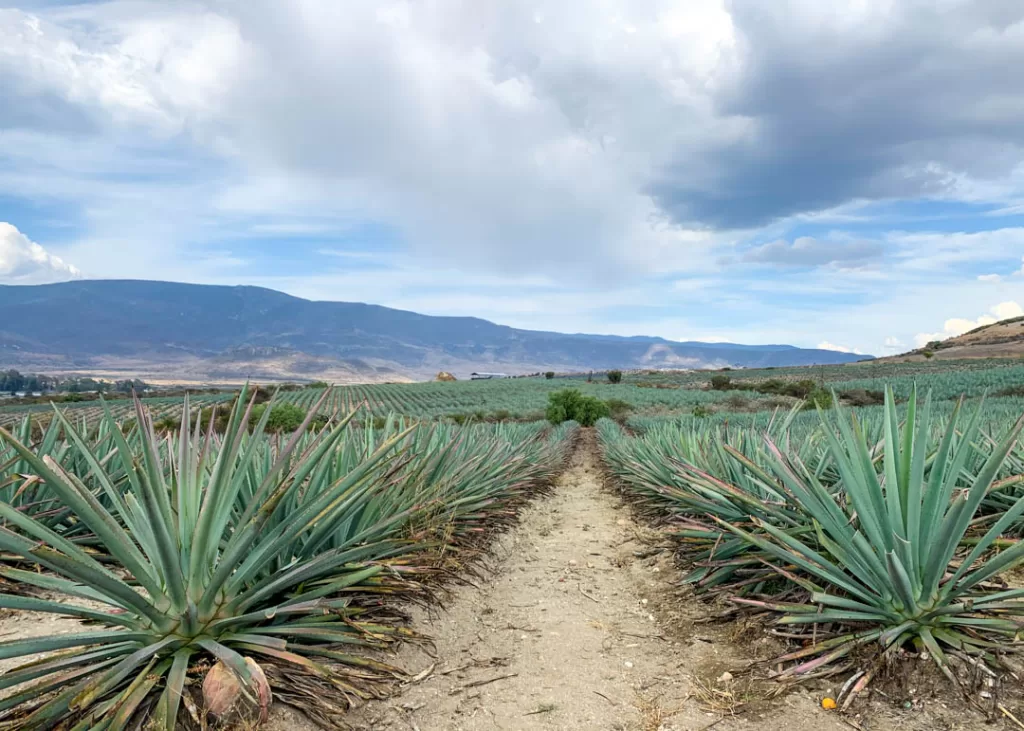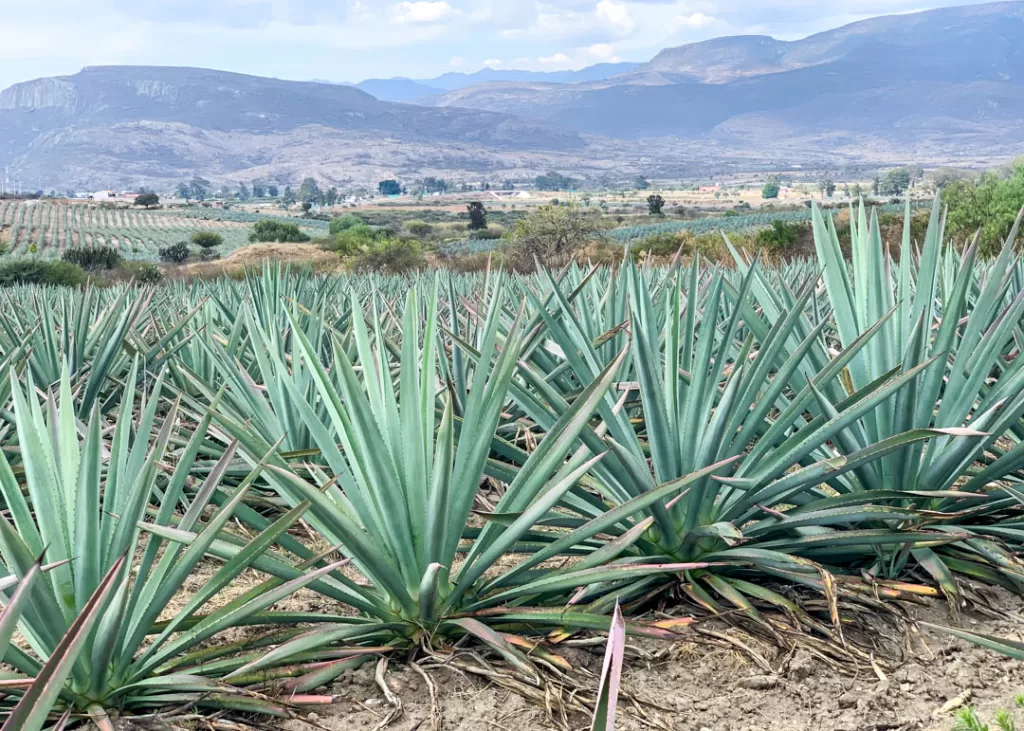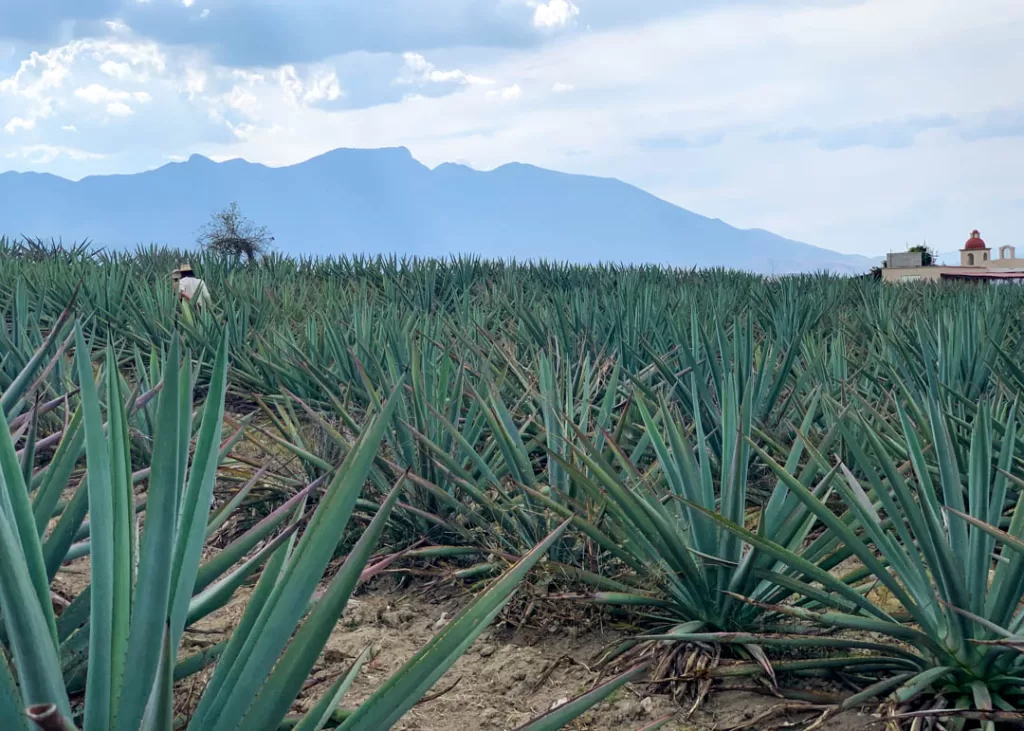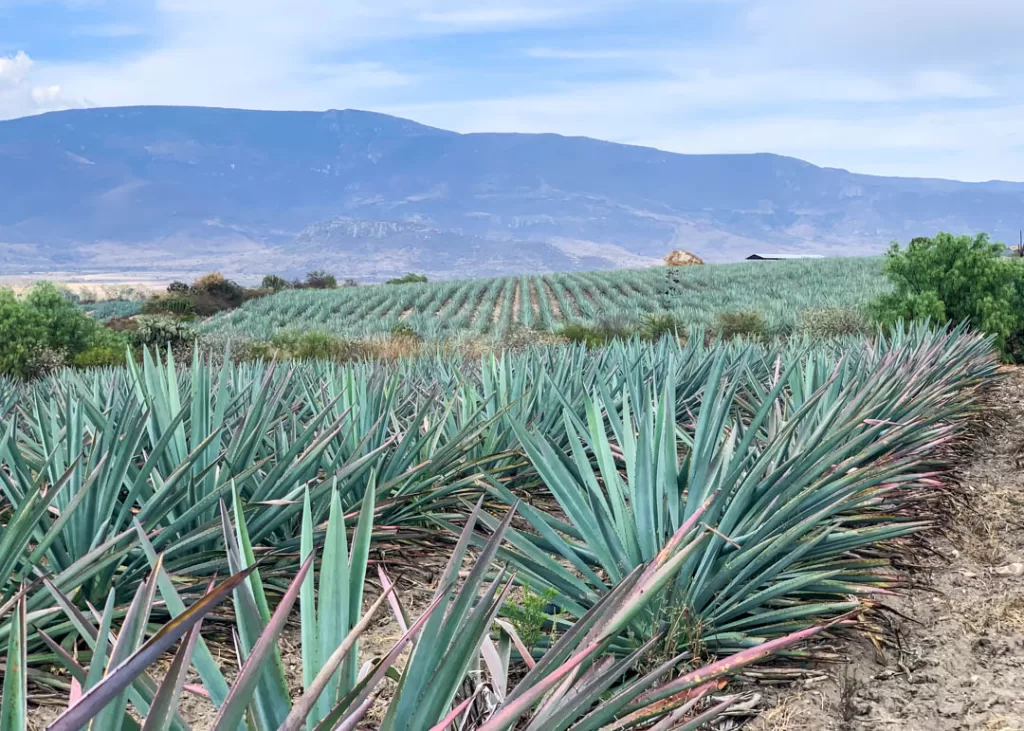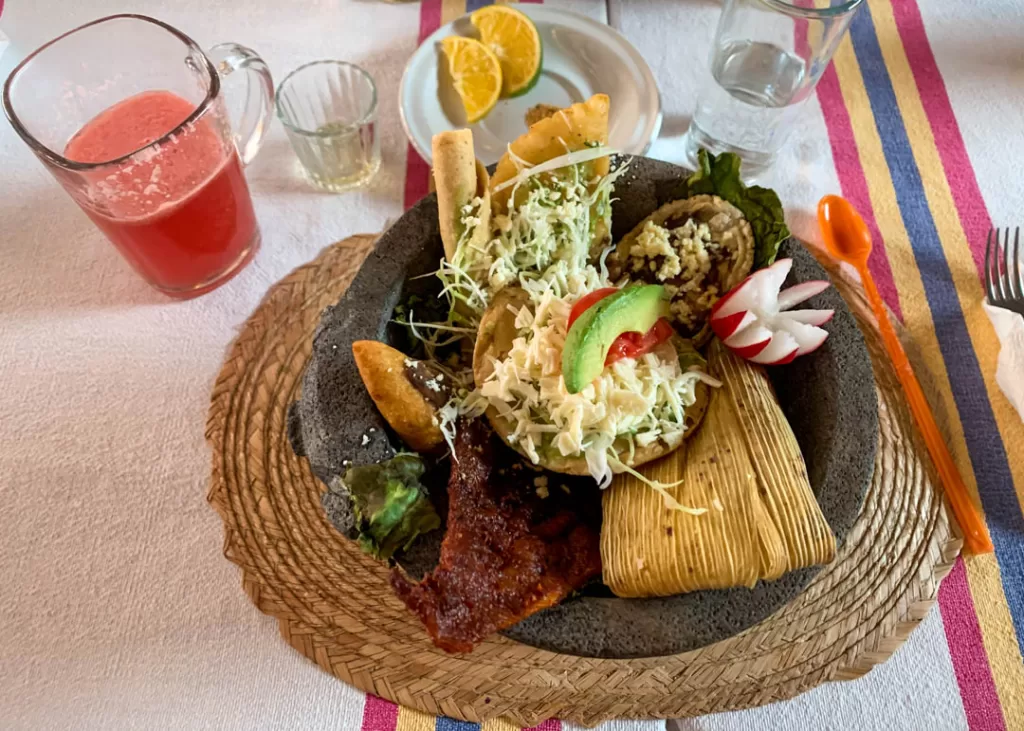Once mainly a destination for pro-surfers, Puerto Escondido has grown into a gem of a beach destination with enough variety to cater to almost every type of vacationers without feeling overdeveloped (I see you, Cancun!). Only an hour long flight from Mexico City or a mere 45 minutes flight from Oaxaca, Puerto (as the locals call it) is blissfully free of resorts and full of laid-back charm on Mexico’s Pacific Coast.
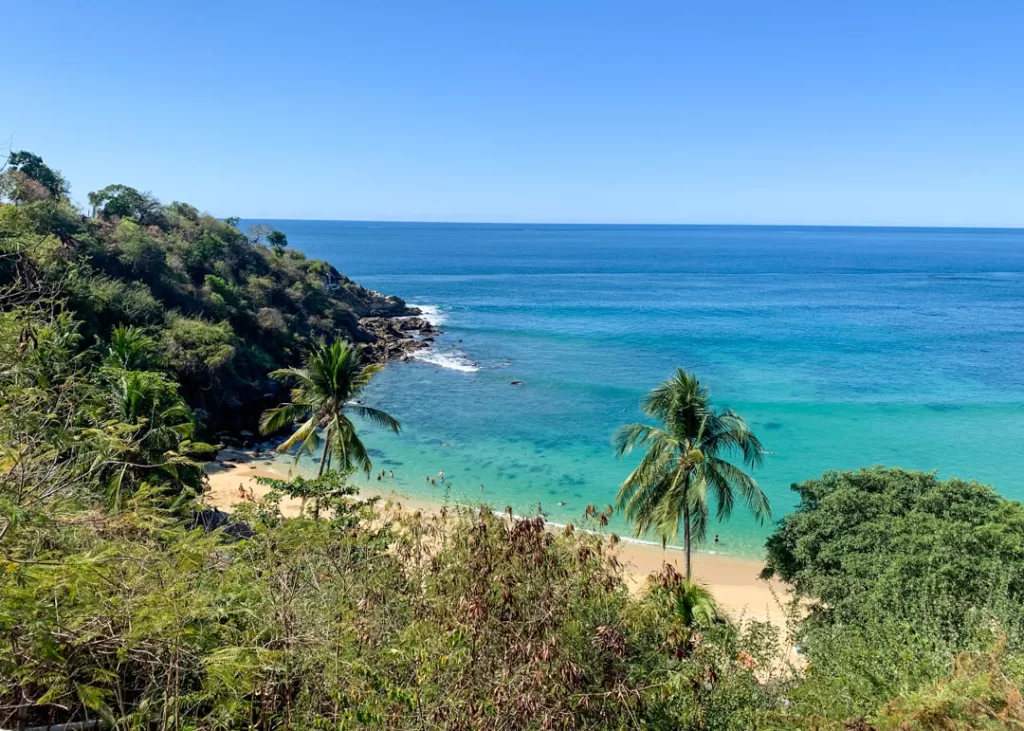
I took the very short flight from Oaxaca just as the sun was rising and made it in time for a delicious breakfast on the coast – you can’t beat the convenience!
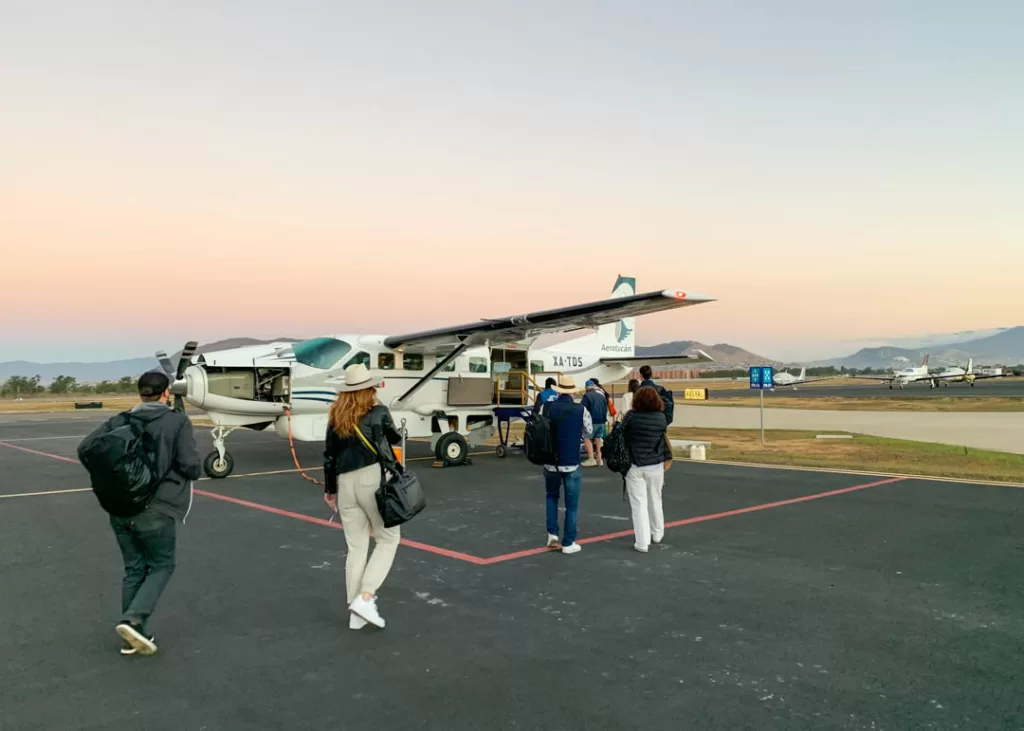
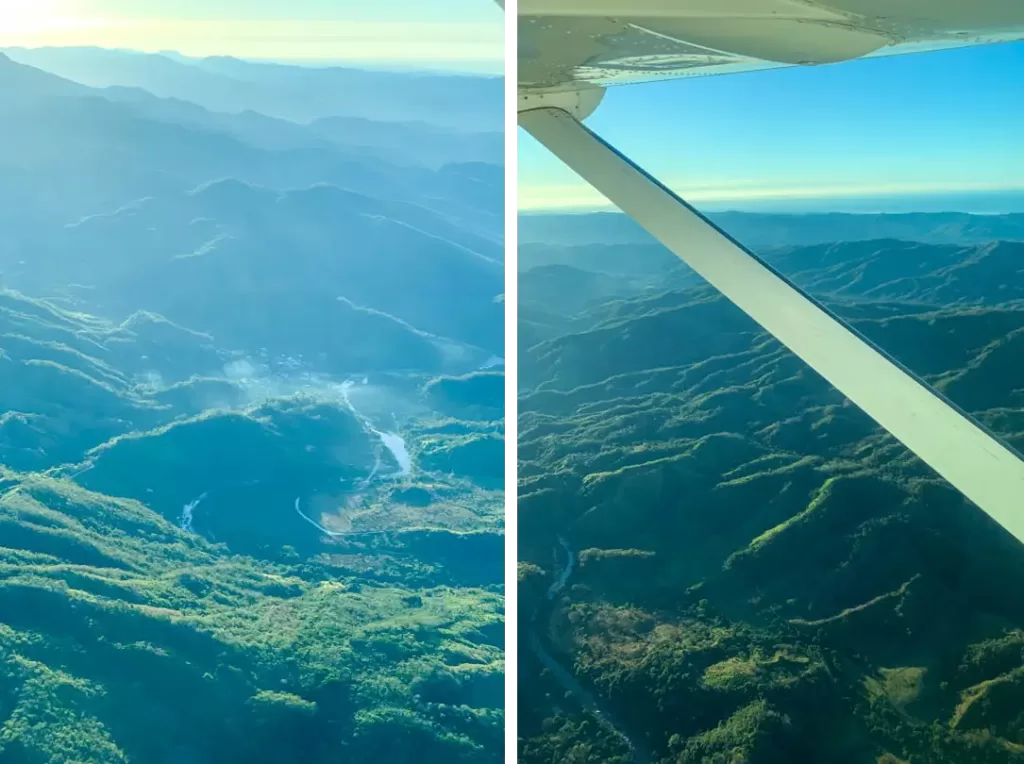
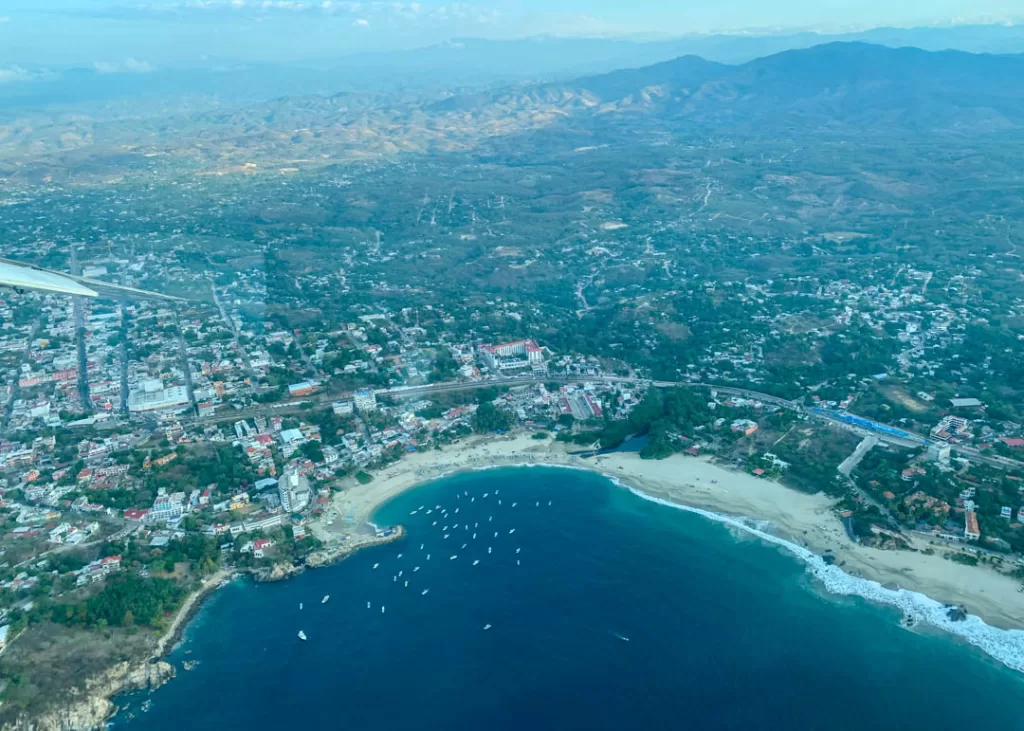
No matter where you go, there will be a hippy, healthy cafe full of acai bowls and fresh fruit juices to fill you up while you wait to check in.
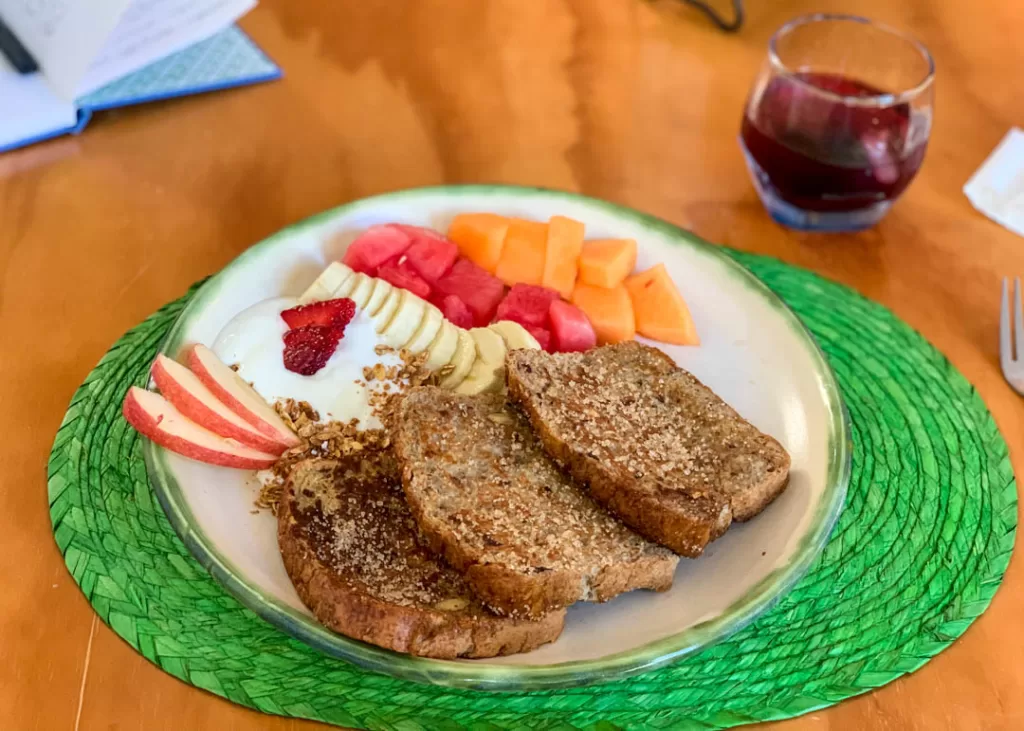
Puerto has a neighborhood and an accommodation type for everyone so deciding what kind of weekend or vacation you’re into is the first thing you should do. Want to lay low, be close to the local life, and within walking distance of the prettiest beaches for swimming? Go to Rinconada like I did. It’s a quiet residential area with direct access to the best coves to get in the water. Prefer the backpacking crowd with lots of bars, a lively scene and a big beach for surfing and swimming with plenty of company? Then head to La Punta. Either way, it won’t take you long to settle into the simpler life ruled by the absence of plans save from donning your swimsuit and grabbing the sunscreen before heading out and following the sound of crashing waves…
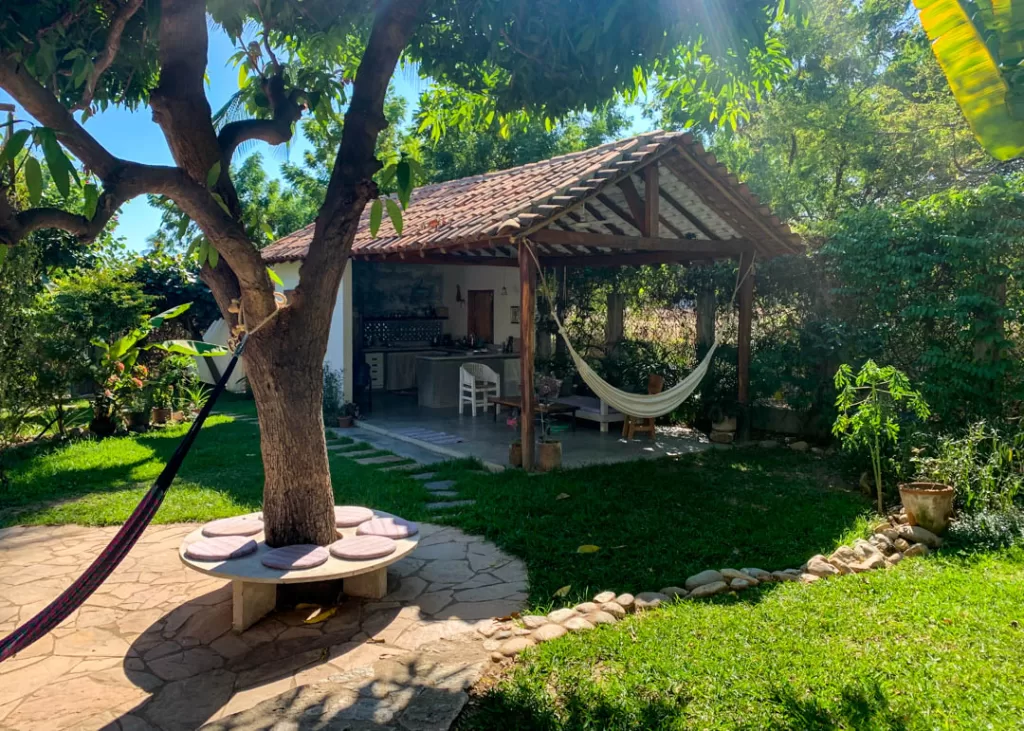
Whether or not you’re staying in Rinconada, you’ll want to hit playa Carrizalillo at least once, arguably the prettiest stretch of sand in the area if not the coast. As it’s in a cove, the shallow and warm waters are protected from the big waves and swimming here is divine. Bring water and snacks as there aren’t any vendors here (which is part of its appeal) and be ready to do absolutely nothing…bliss.
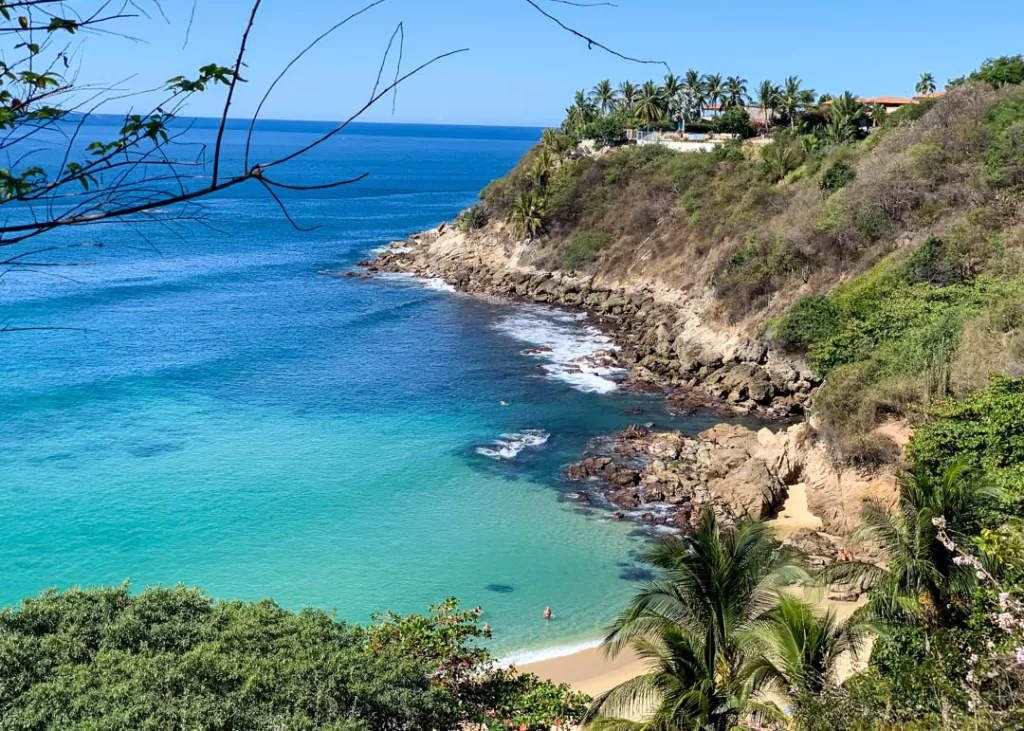
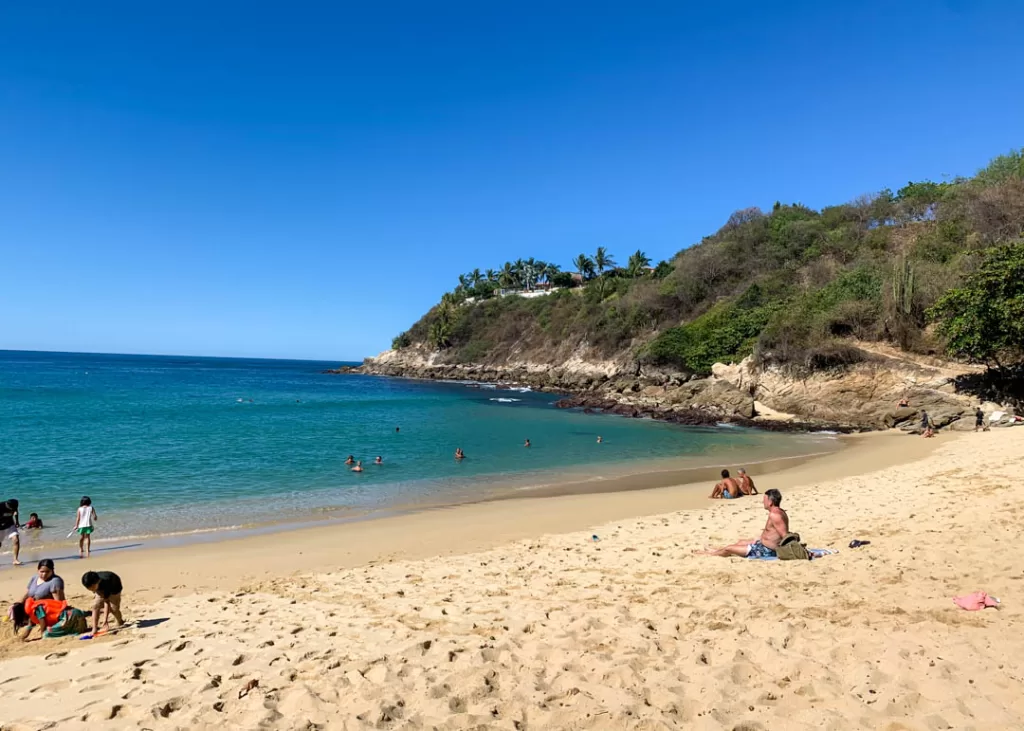
When hunger strikes, you’re just a few minutes walk from the main street Benito Juarez with a plethora of restaurants and shops.
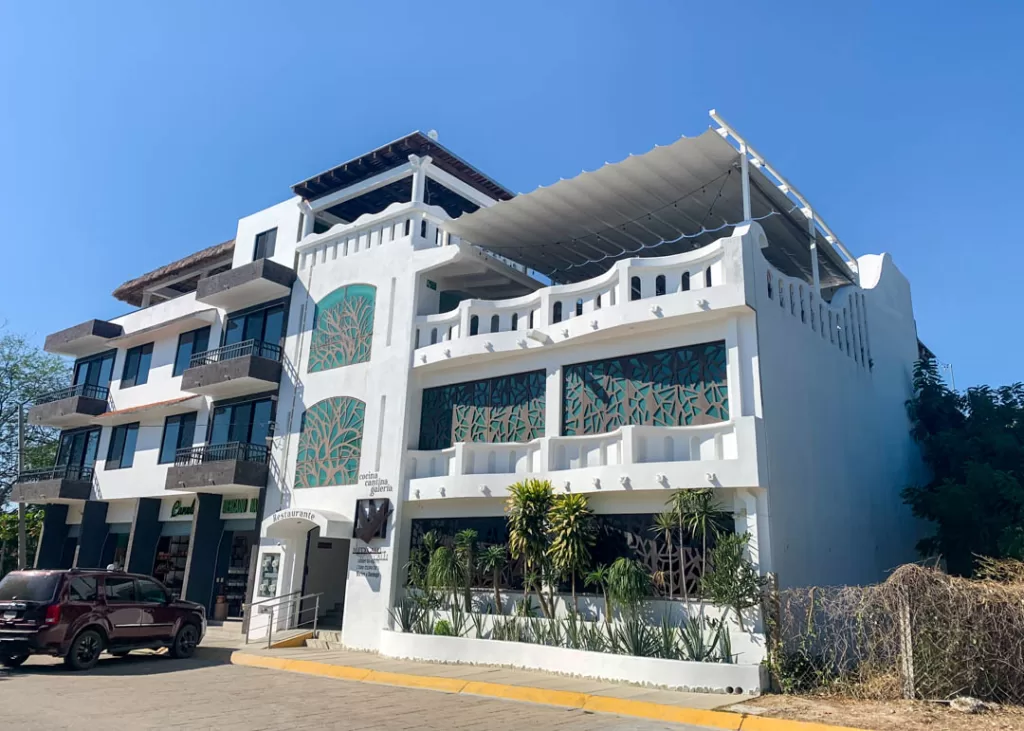
Mextcalli serves Mexican fusion cuisine in an airy rooftop with inventive cocktails and gorgeous views of the sunset.
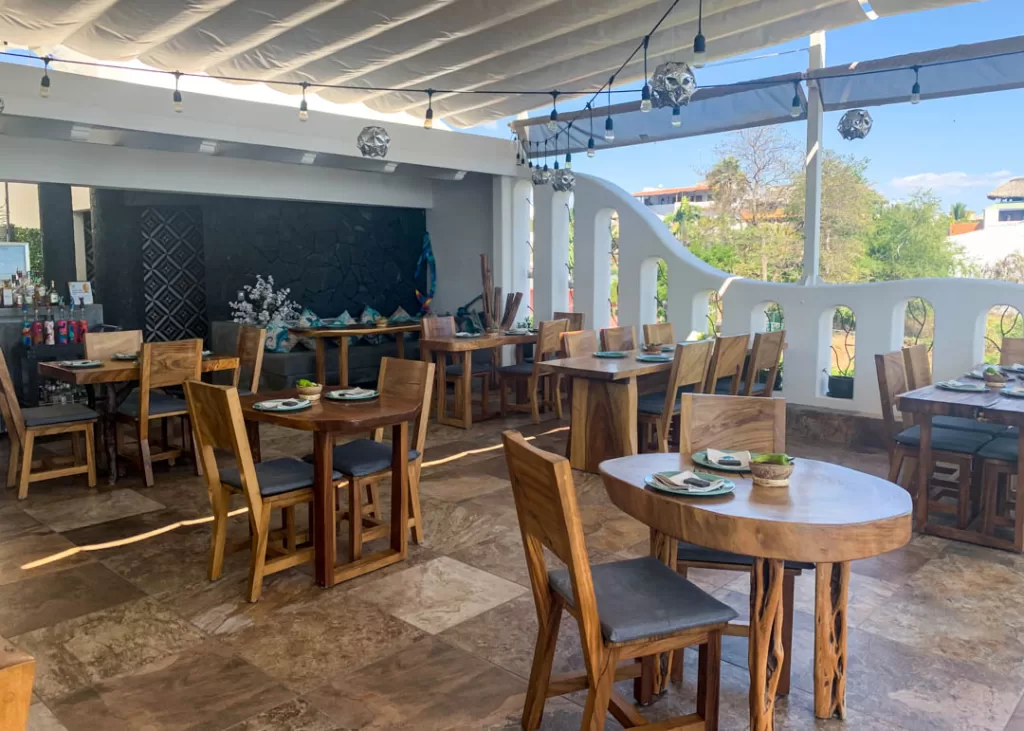
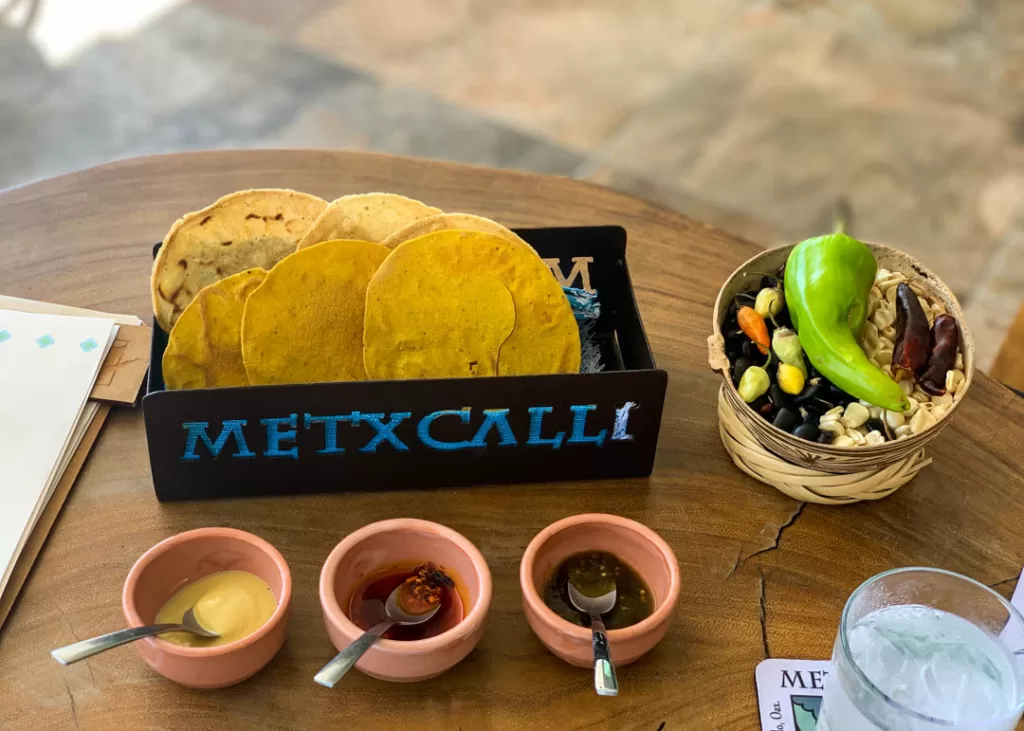
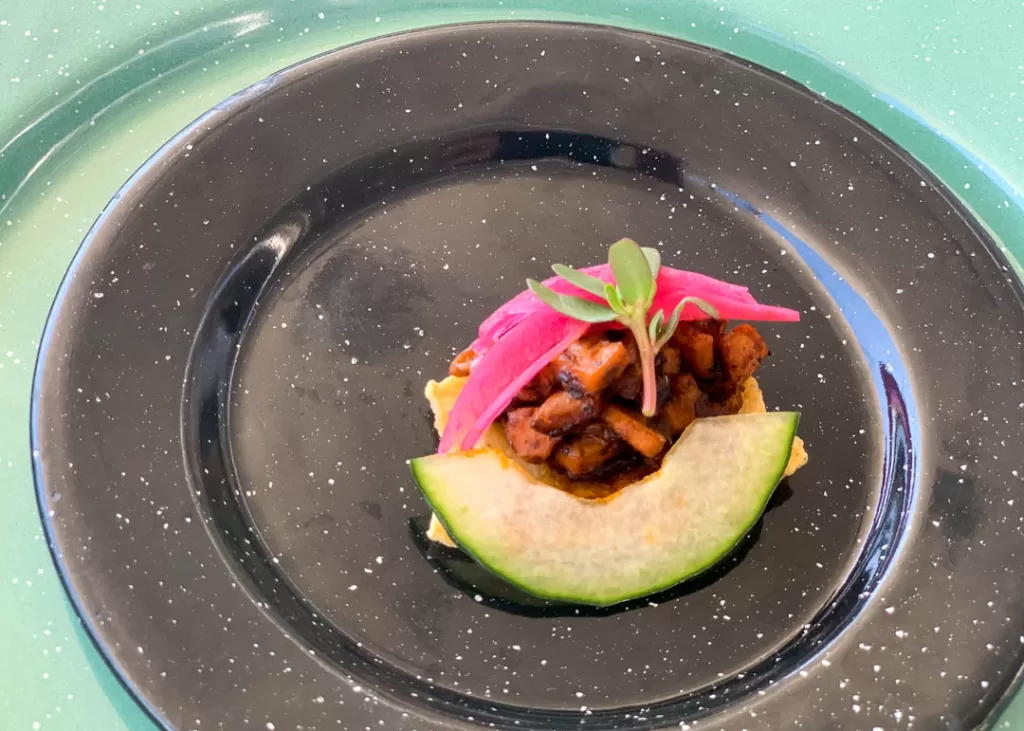
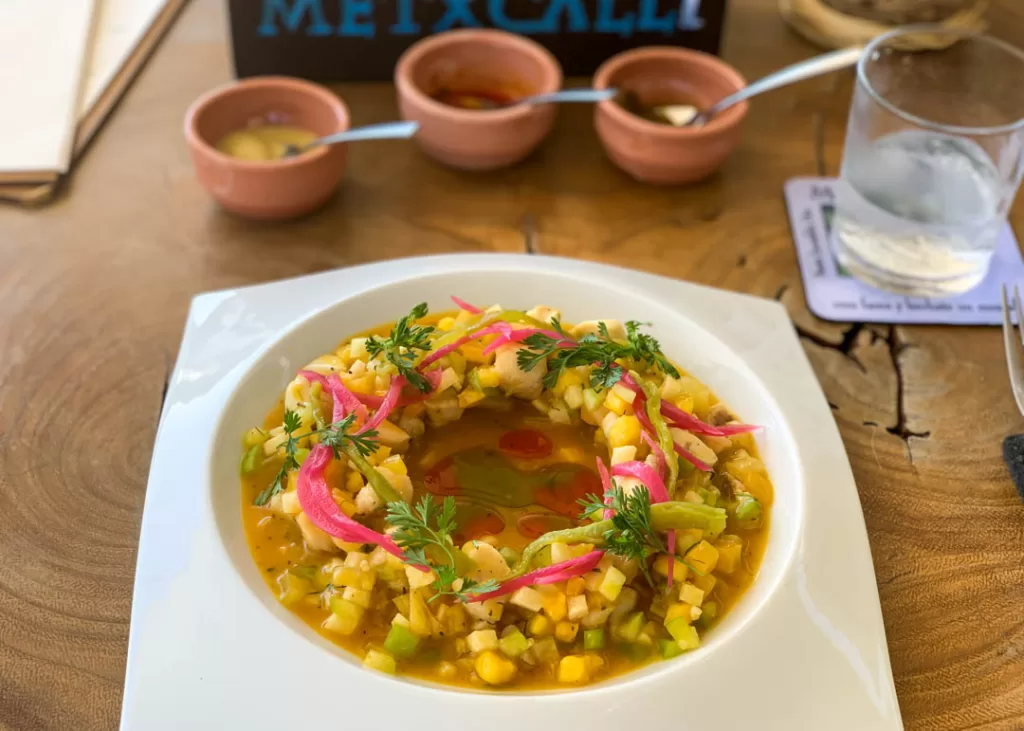

Playa Manzanillo, also walking distance from Rinconada, is slighter bigger and has full service restaurants for when you want to spend the day in the sand.
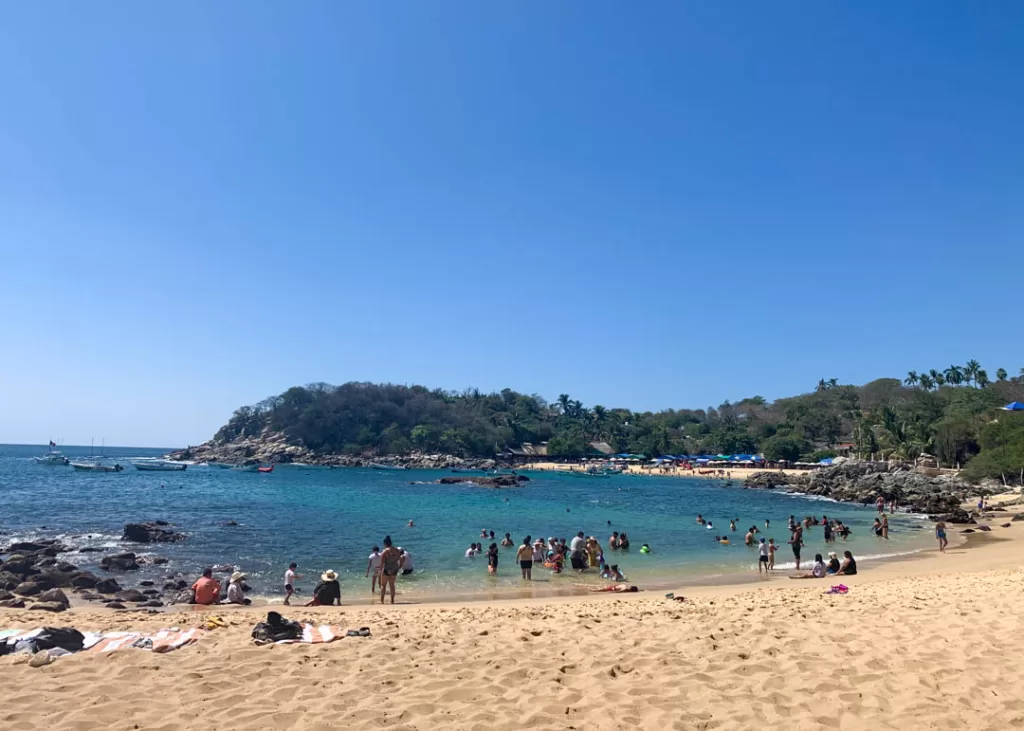
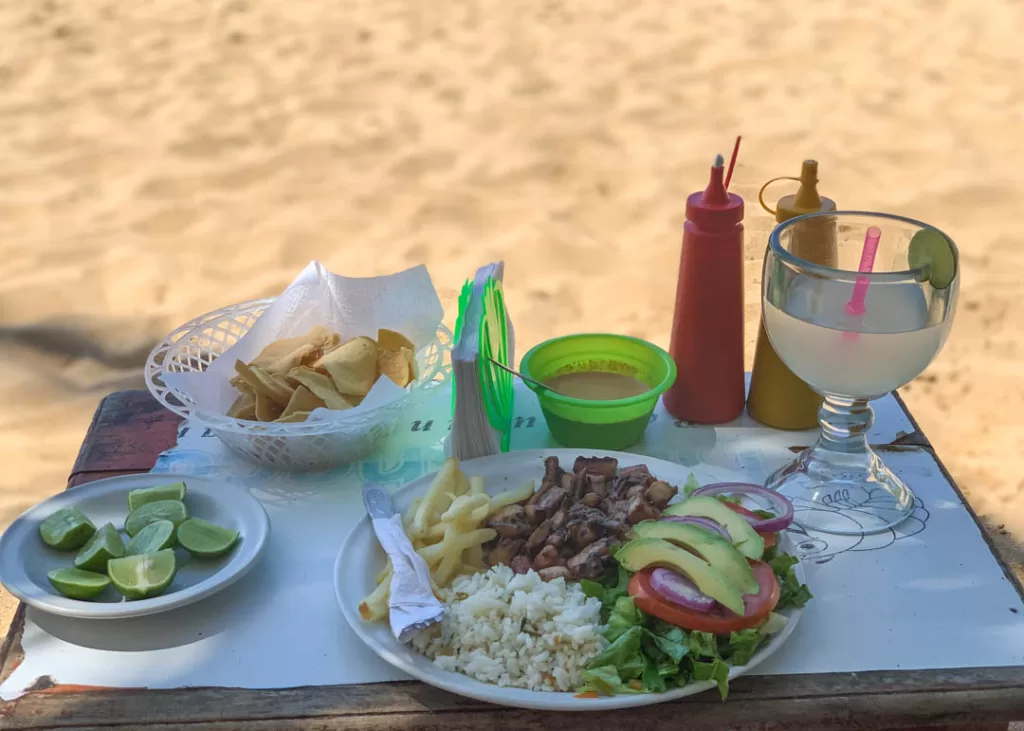
When it’s time for sunset, the crowds gather at playa Carrizalillo for its magical setting.
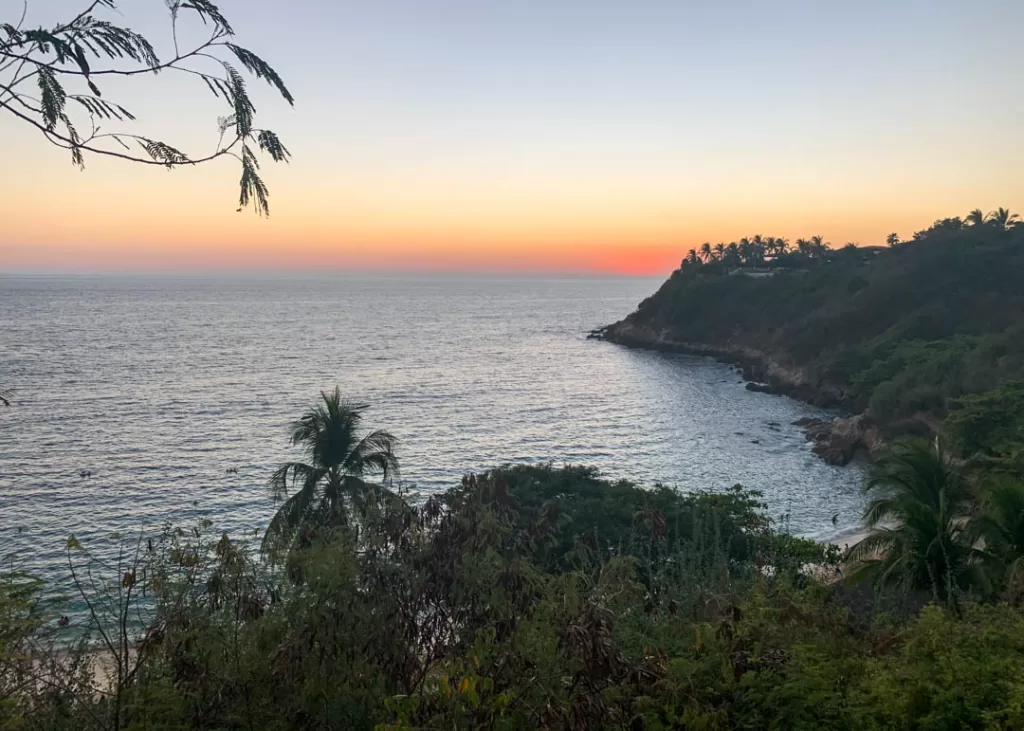
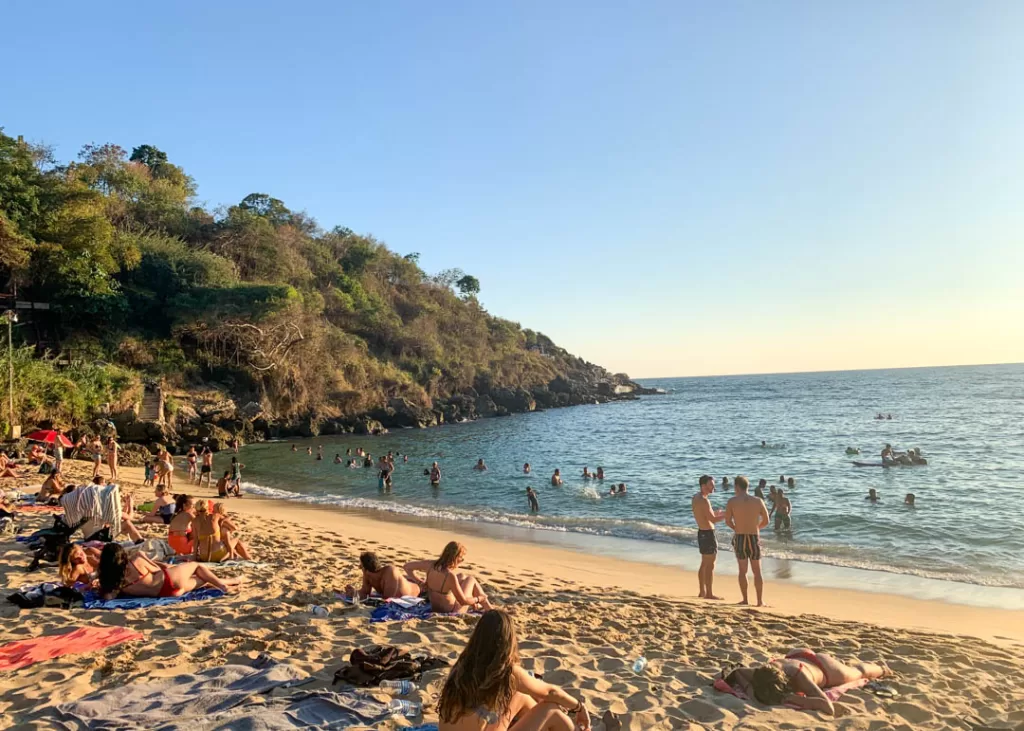
This is the busiest you’ll see this little cove and it’s totally worth it to squeeze in your towel and admire the spectacle surrounded by this very happy and relaxed group of strangers.
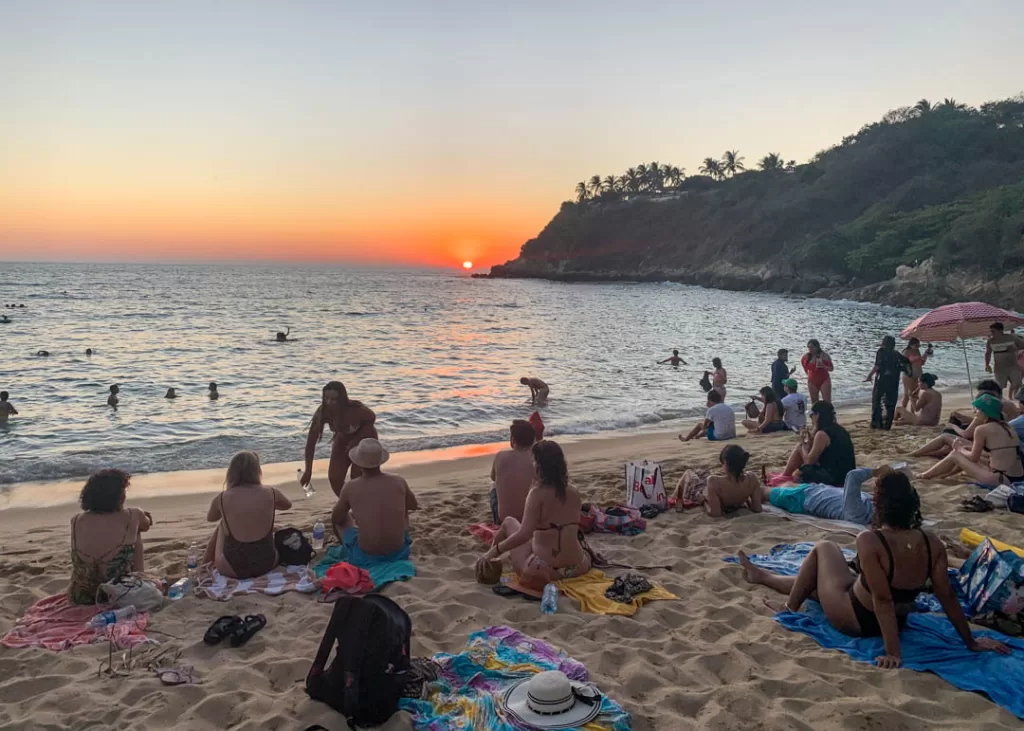
After the last rays have disappeared over the horizon, it’s time to make dinner plans which are as laid back here as can be. If all you’ve managed today is to lay down on your local beach’s gloriously soft sand, perhaps dinner is a good excuse to venture out a bit further and hit the busy Punta neighborhood, a short taxi ride away.
It’s the quintessential hippie hub of Puerto with sandy streets lined with thatched-roof beach bars and cheap hostels, barefoot backpackers wandering from one cool place to the next. Restaurants are in general pretty good so pick the setting you’re most attracted to, whether it’s a rickety stool by a taco stand or rope swings by a fancy bar.

If you’re feeling more chilled and prefer to stay local tonight, La Rinconada has all the options from takeout to fancier sit down restaurants. I can highly recommend Restaurante Omara for amazing food and drinks.
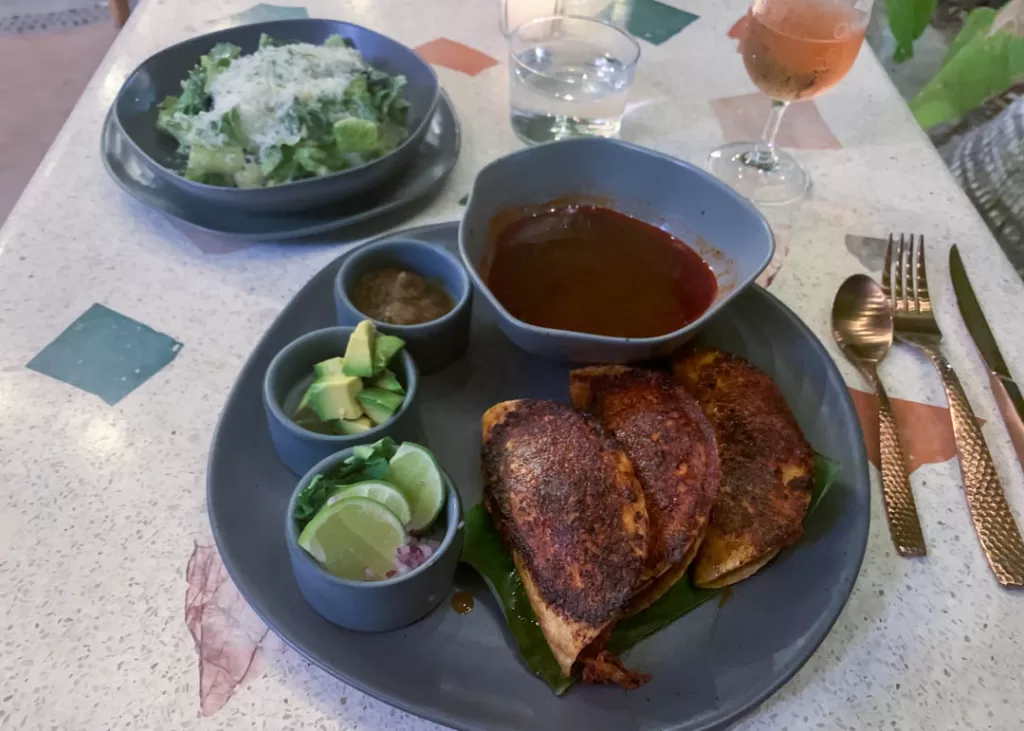
While there’s nothing wrong with lazing on the beach all day, there are a few other activities non-surfers can partake in including going on a boat tour in search of whales (in winter mostly). You’ll have to get up early but the fresh ocean air will wake you up in no time.


While we sadly didn’t encounter any whales on our tour. we did see a few dolphins and turtles, and the view of the coast was just beautiful.

Back on land with a voracious appetite from the seafaring journey, head to the hidden oasis of El tololote. The jungle-like breakfast restaurant is walking distance to Playa Carrizalillo and offers great coffee and food amidst tropical plants and wooden statues – enchanting!
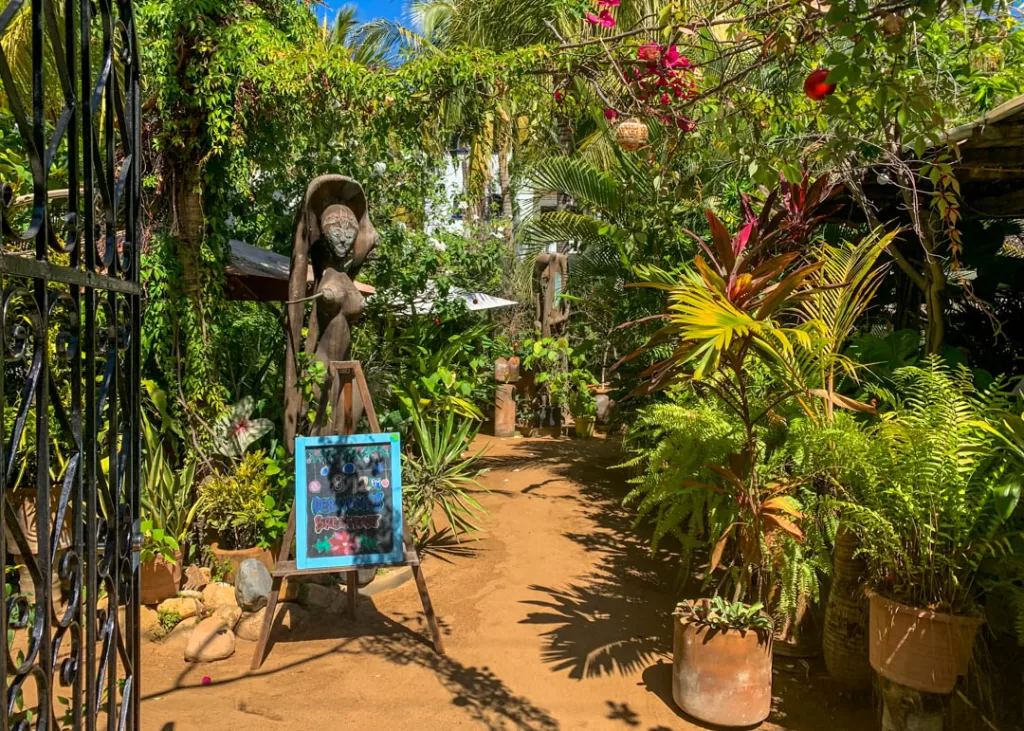
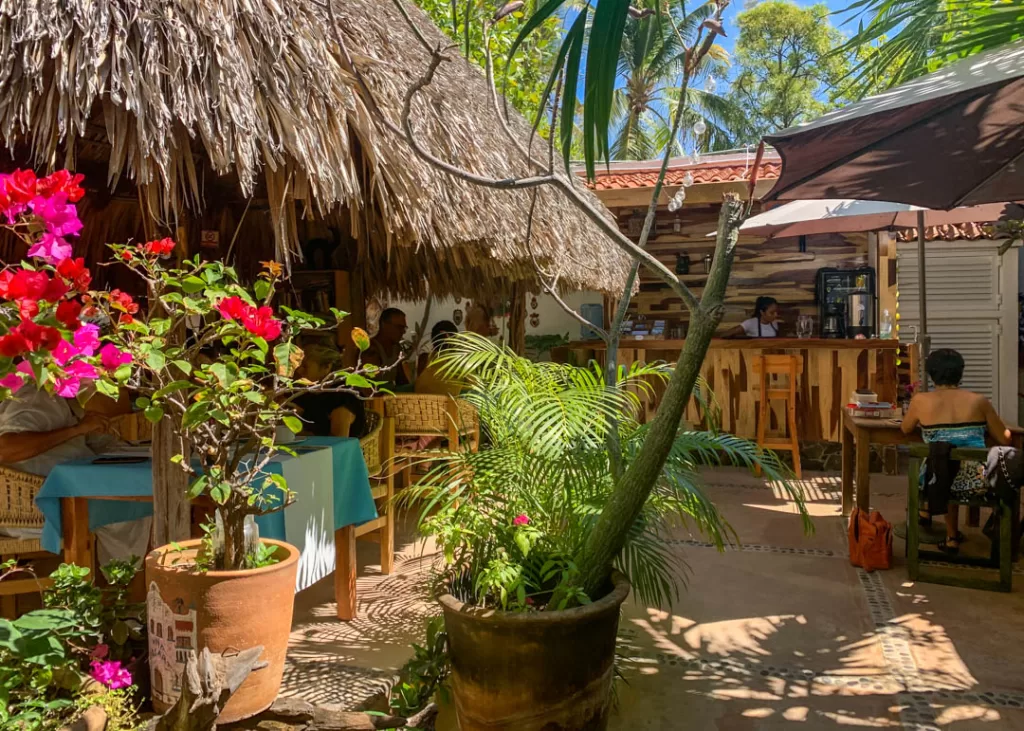
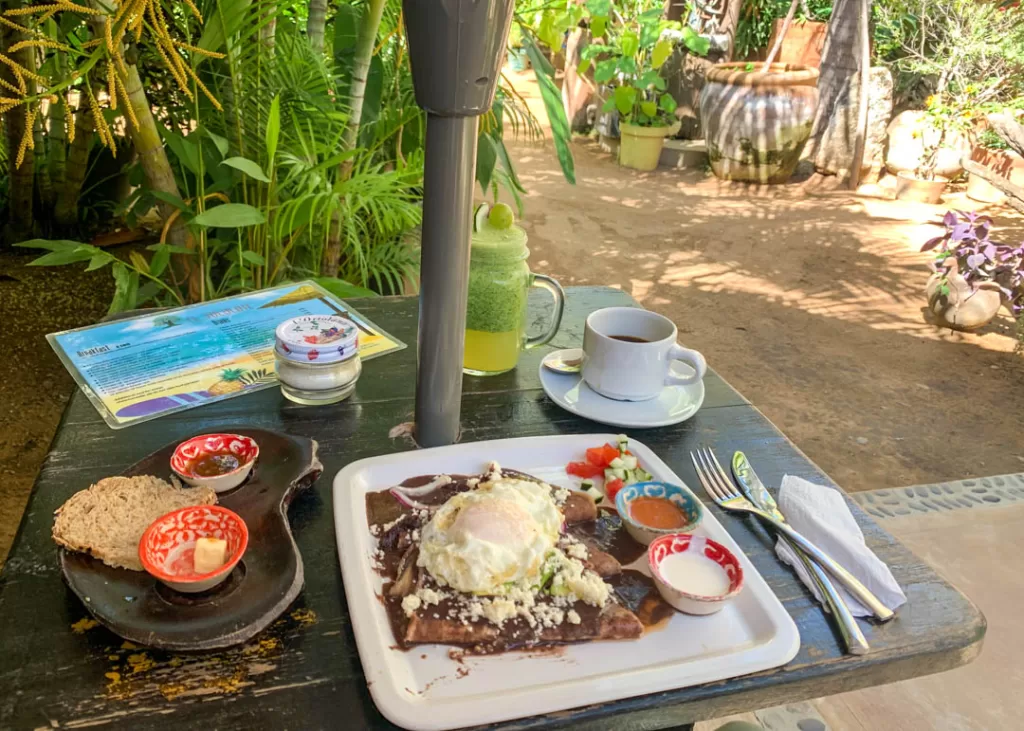
This was just an idea of what a chilled few days in Puerto could look like. You could extend your stay to visit the beach towns of Mazunte or Zipolite to the south, get artsy at Fundación Casa Wabi, or head to Oaxaca to enjoy one of my all-time favorite cities!

